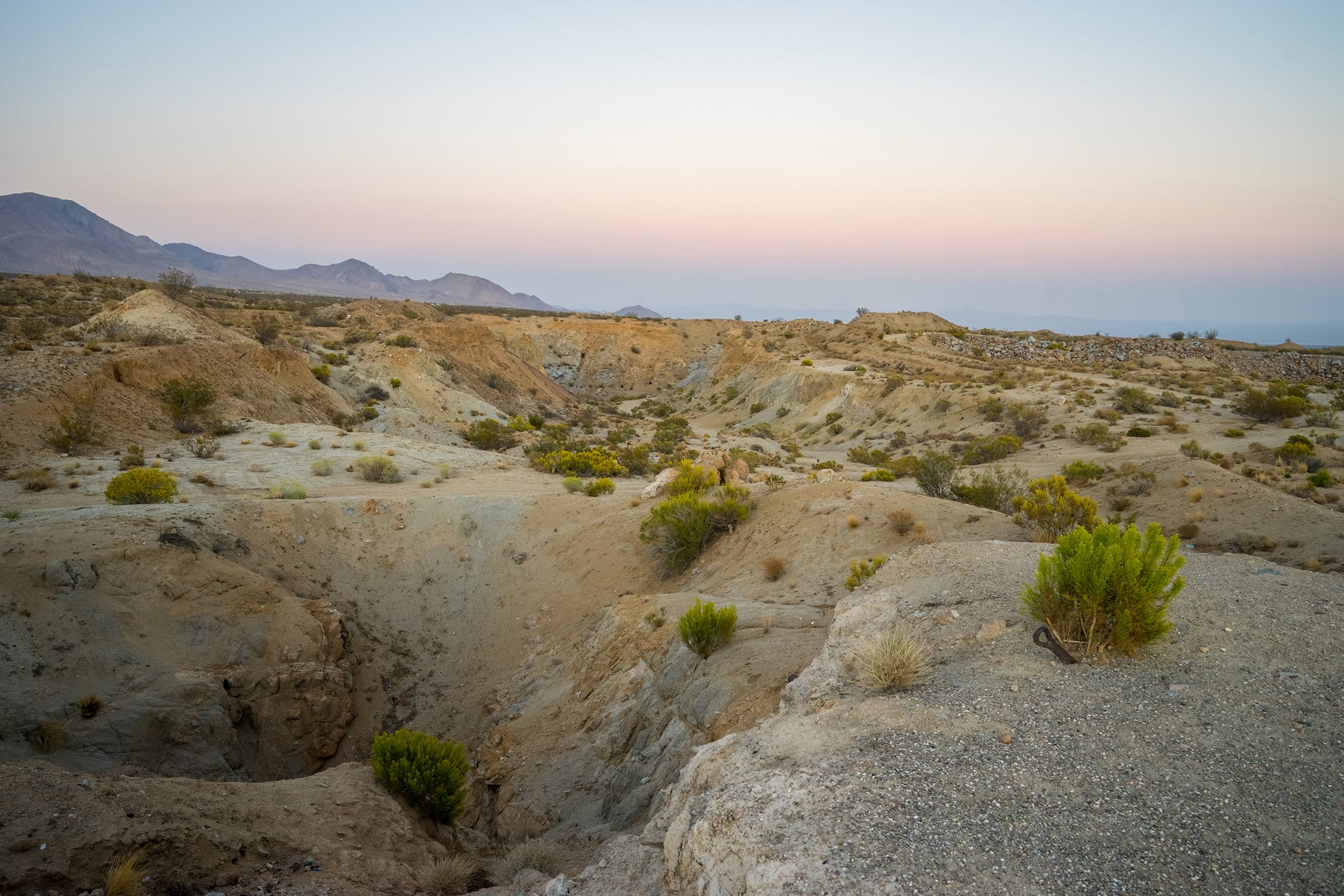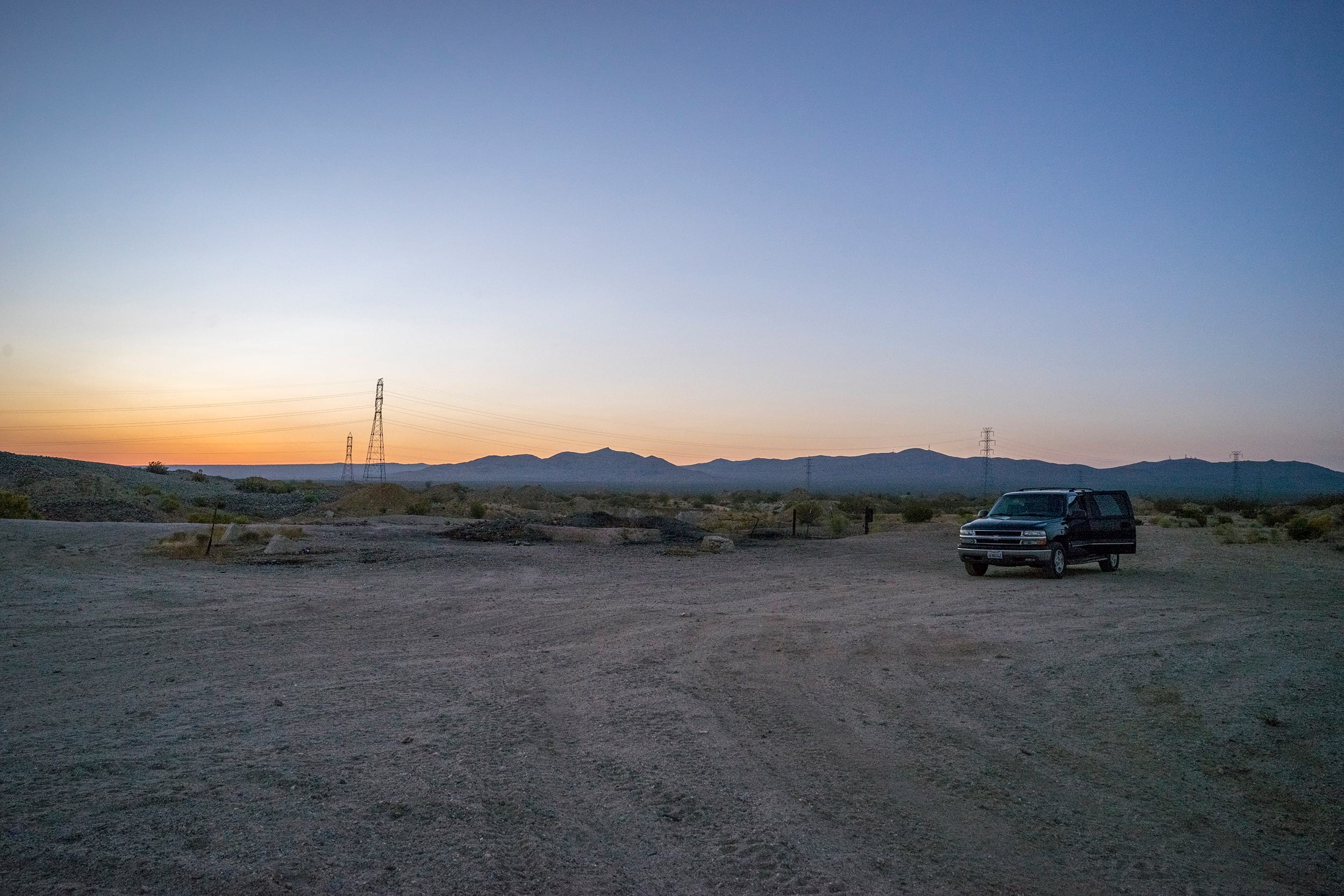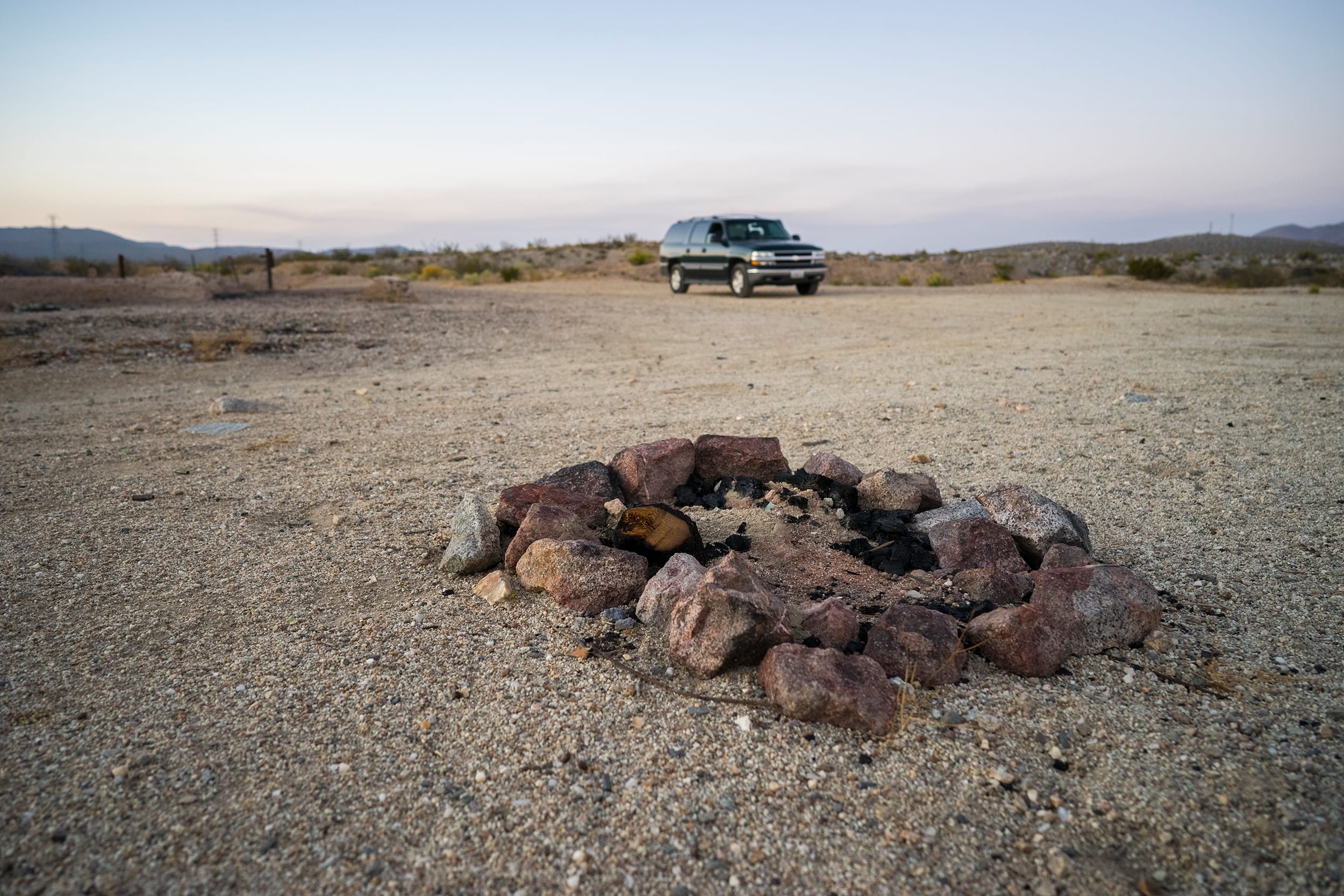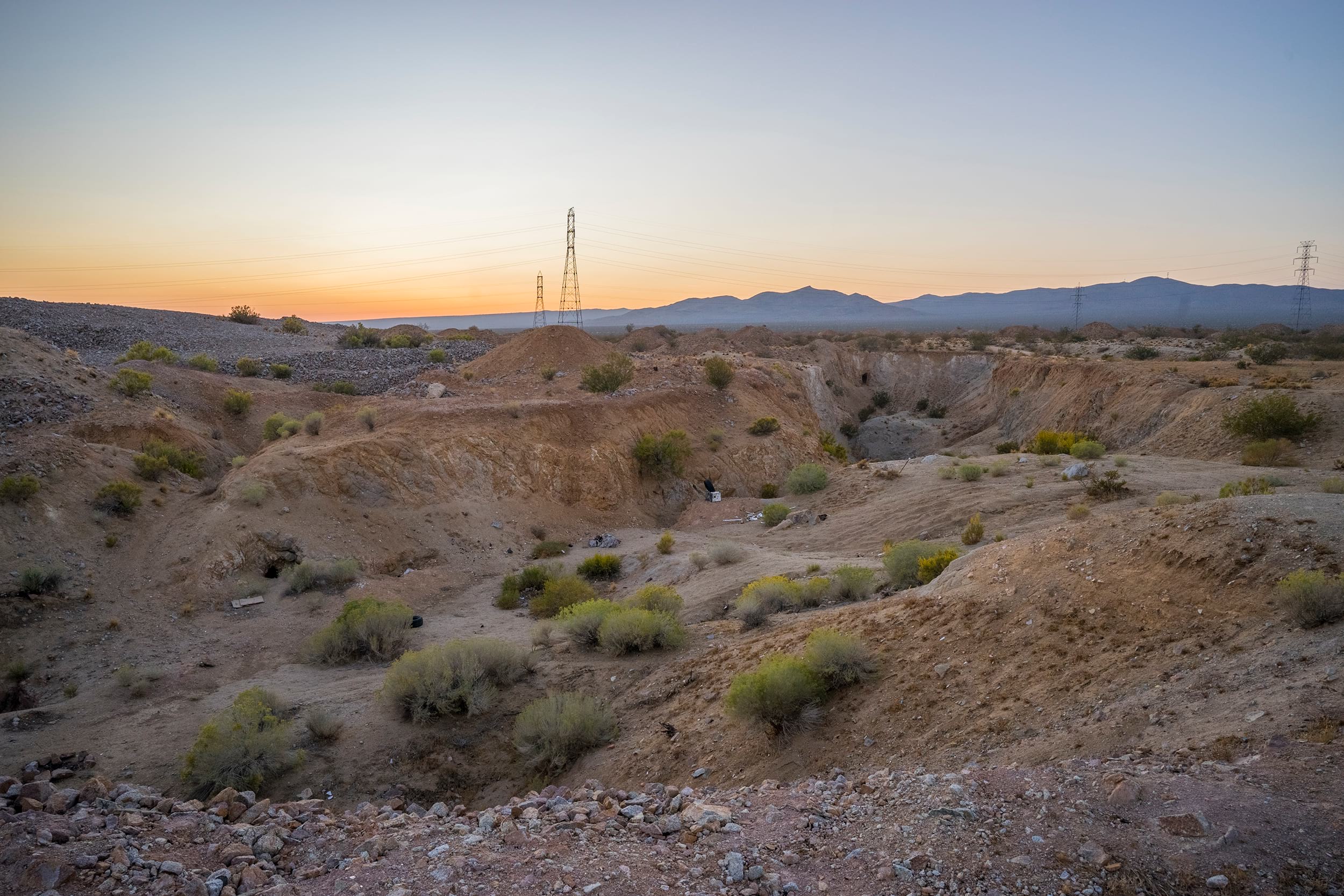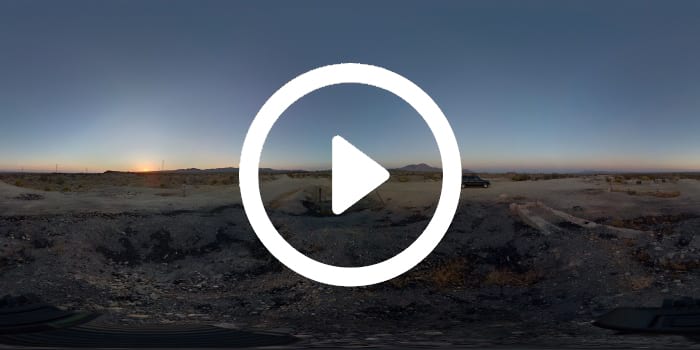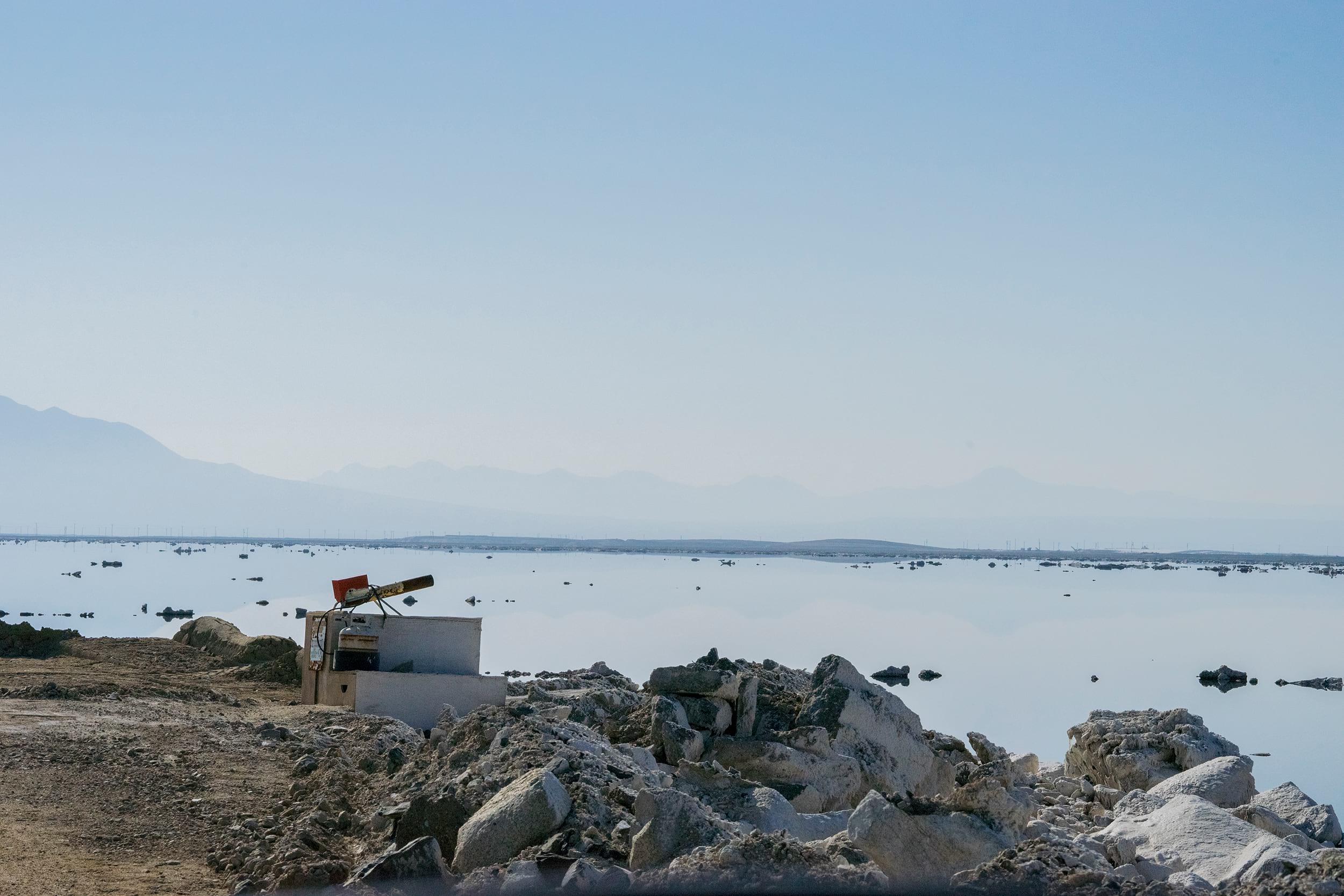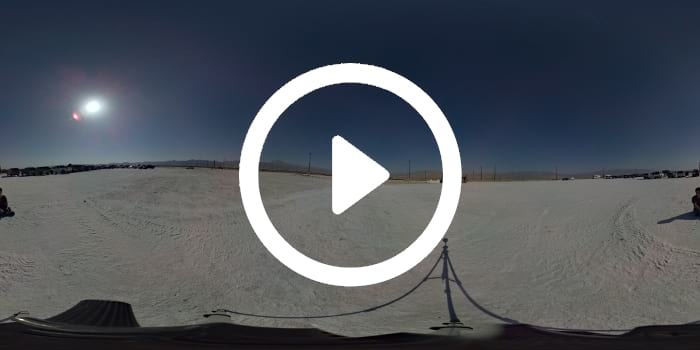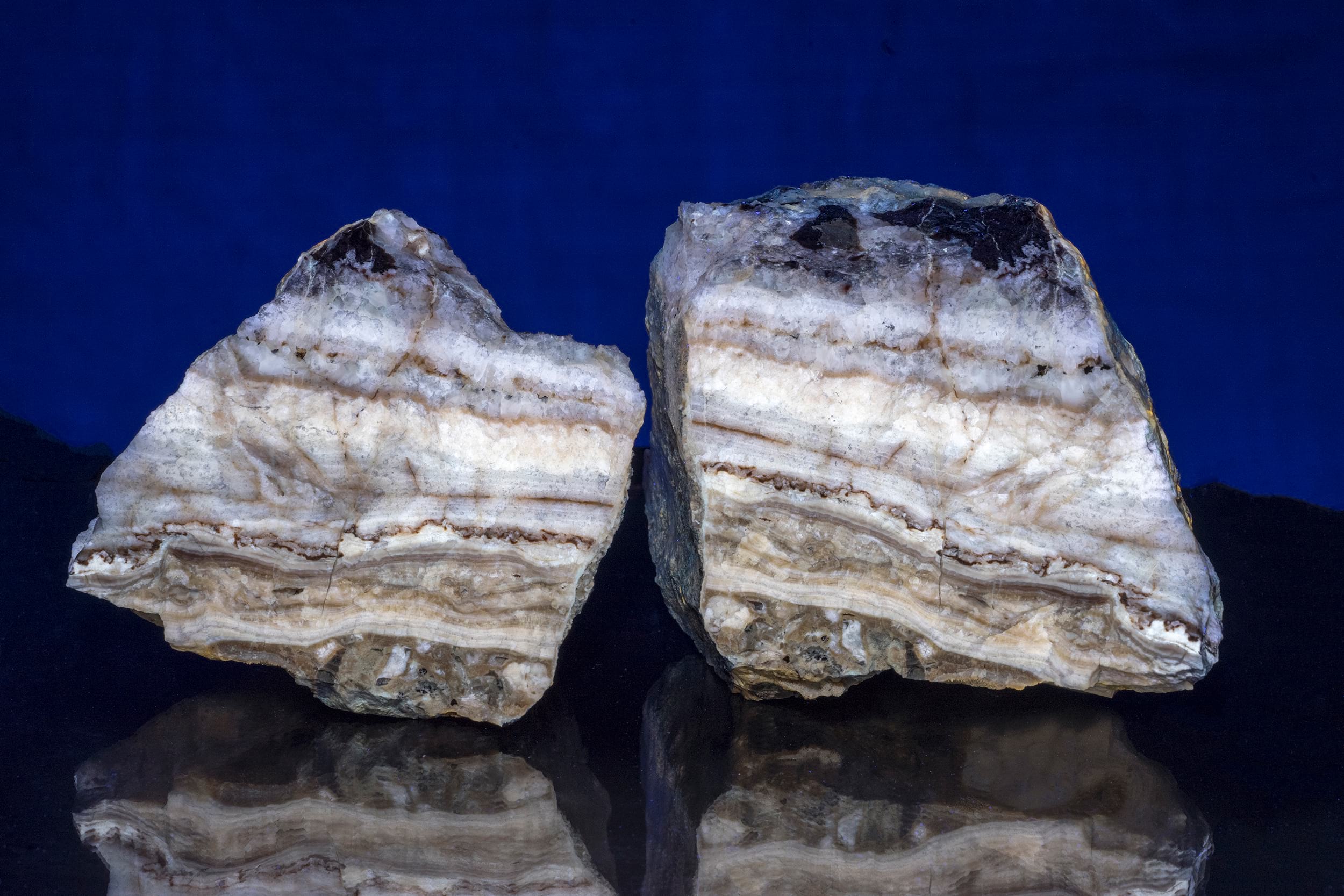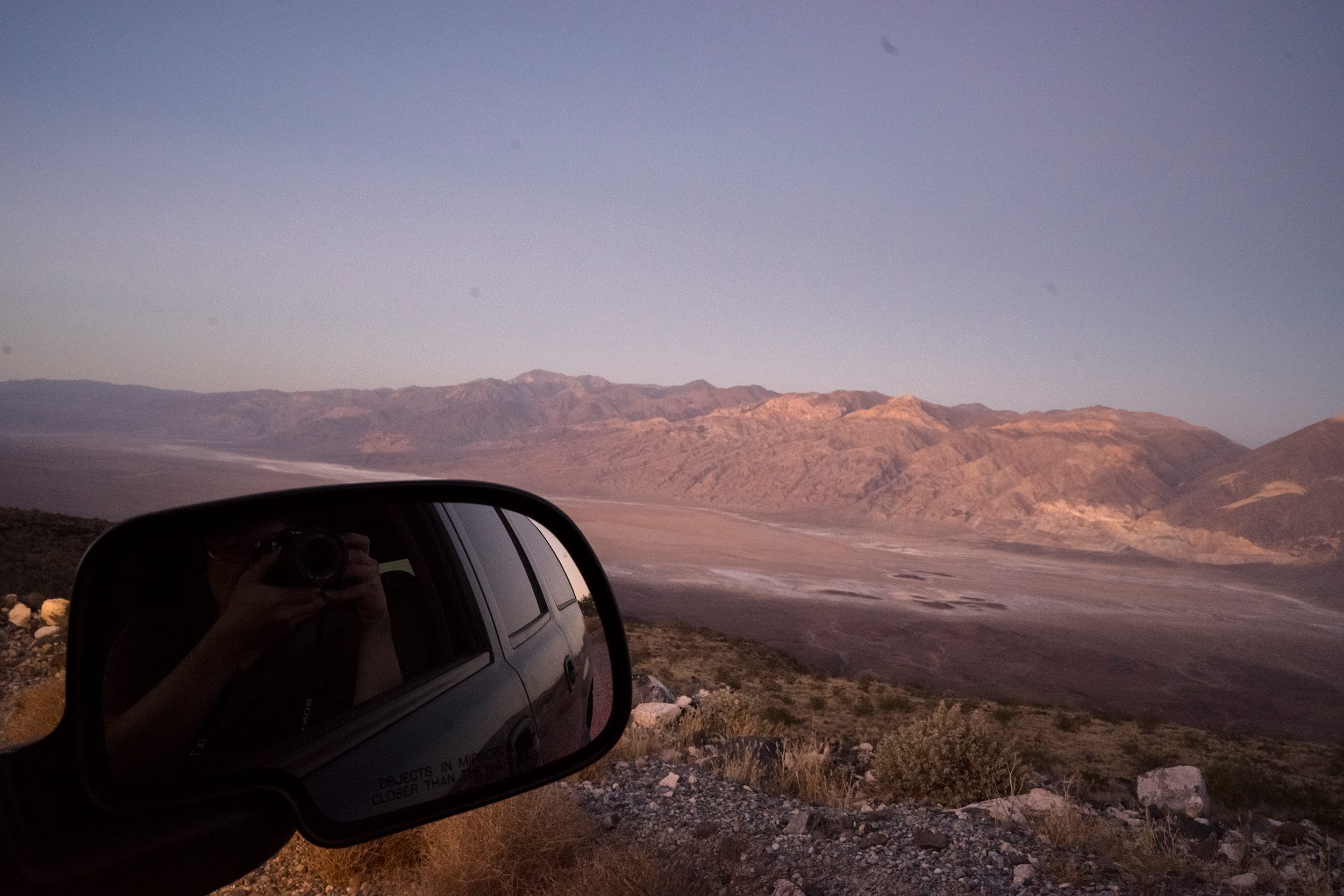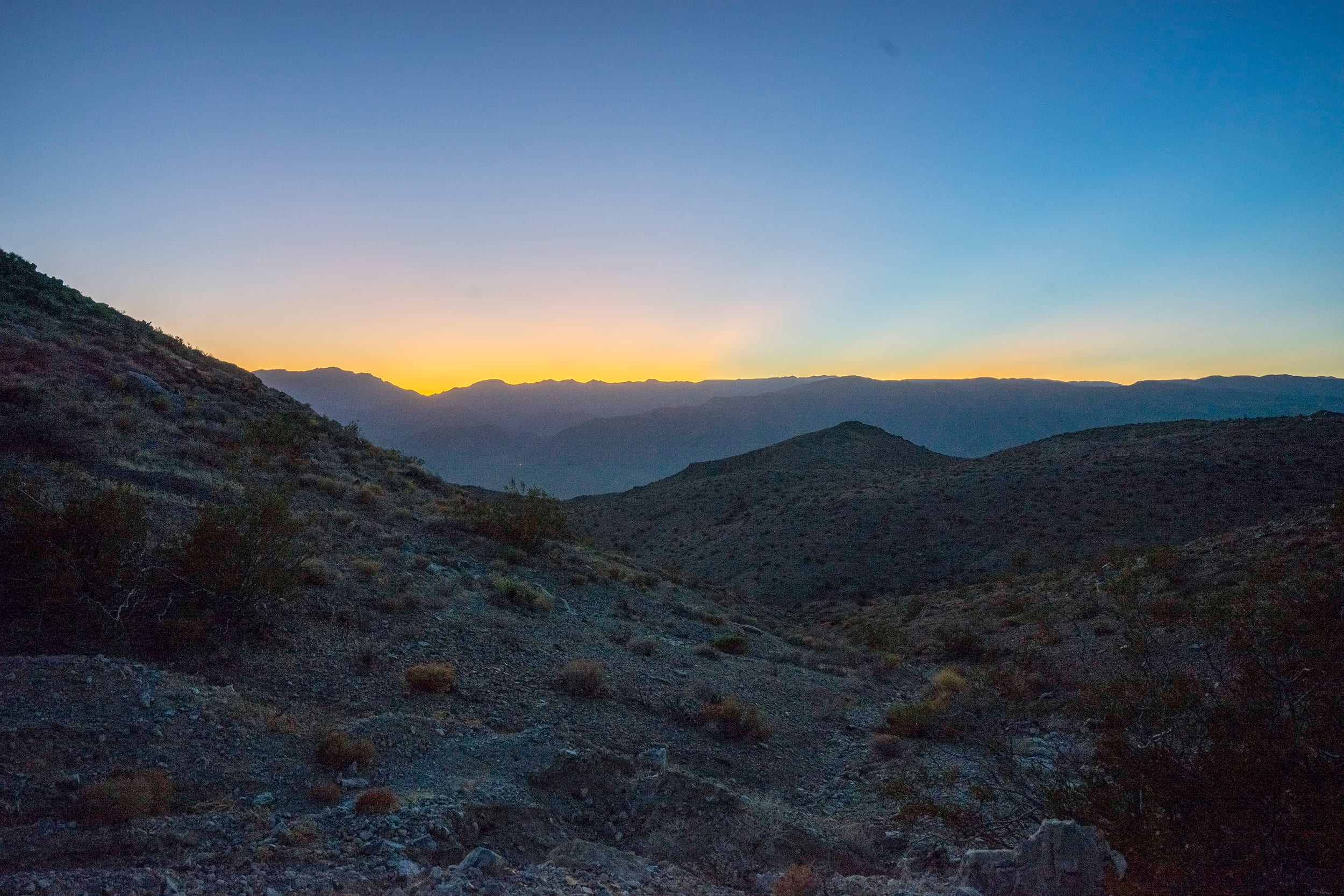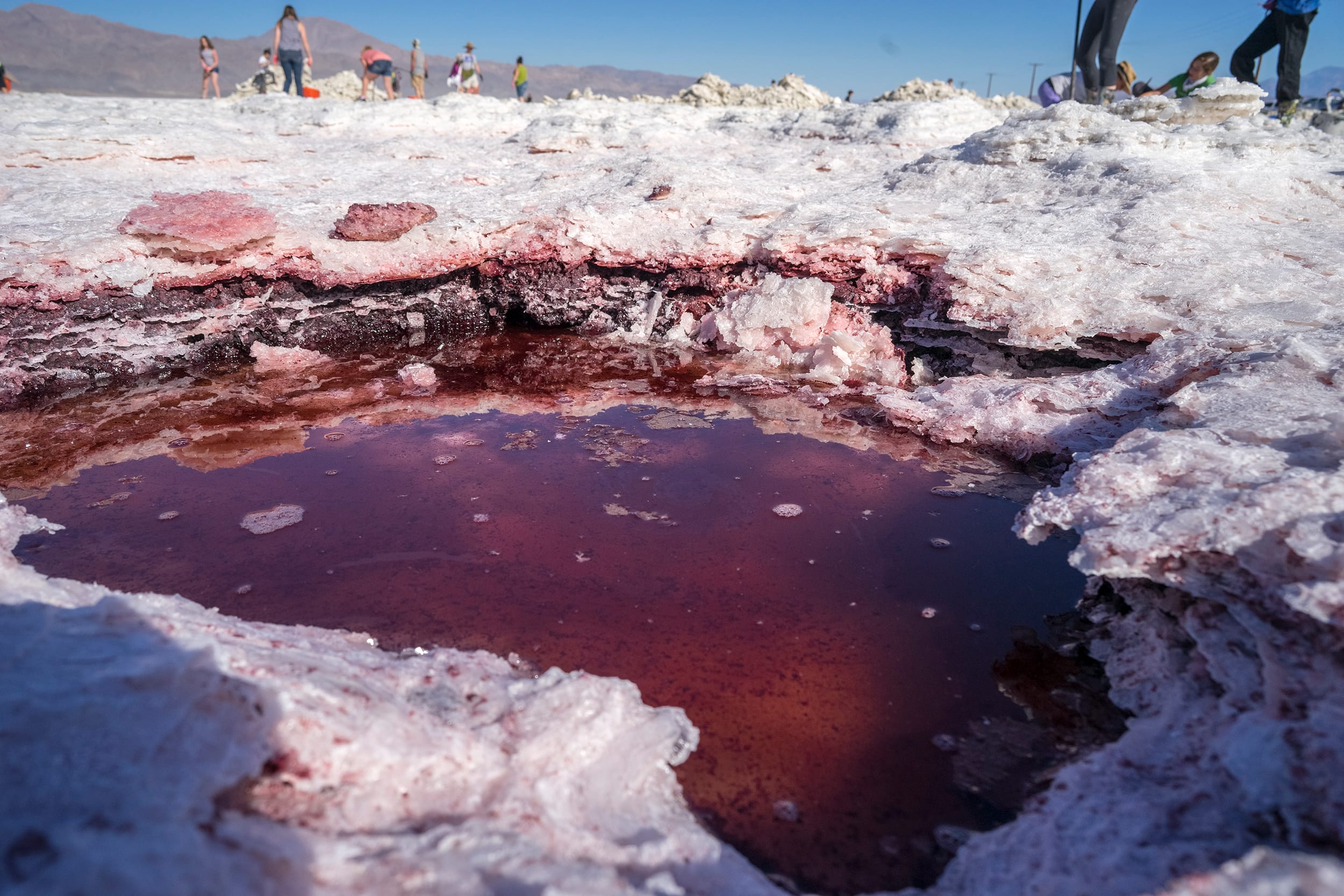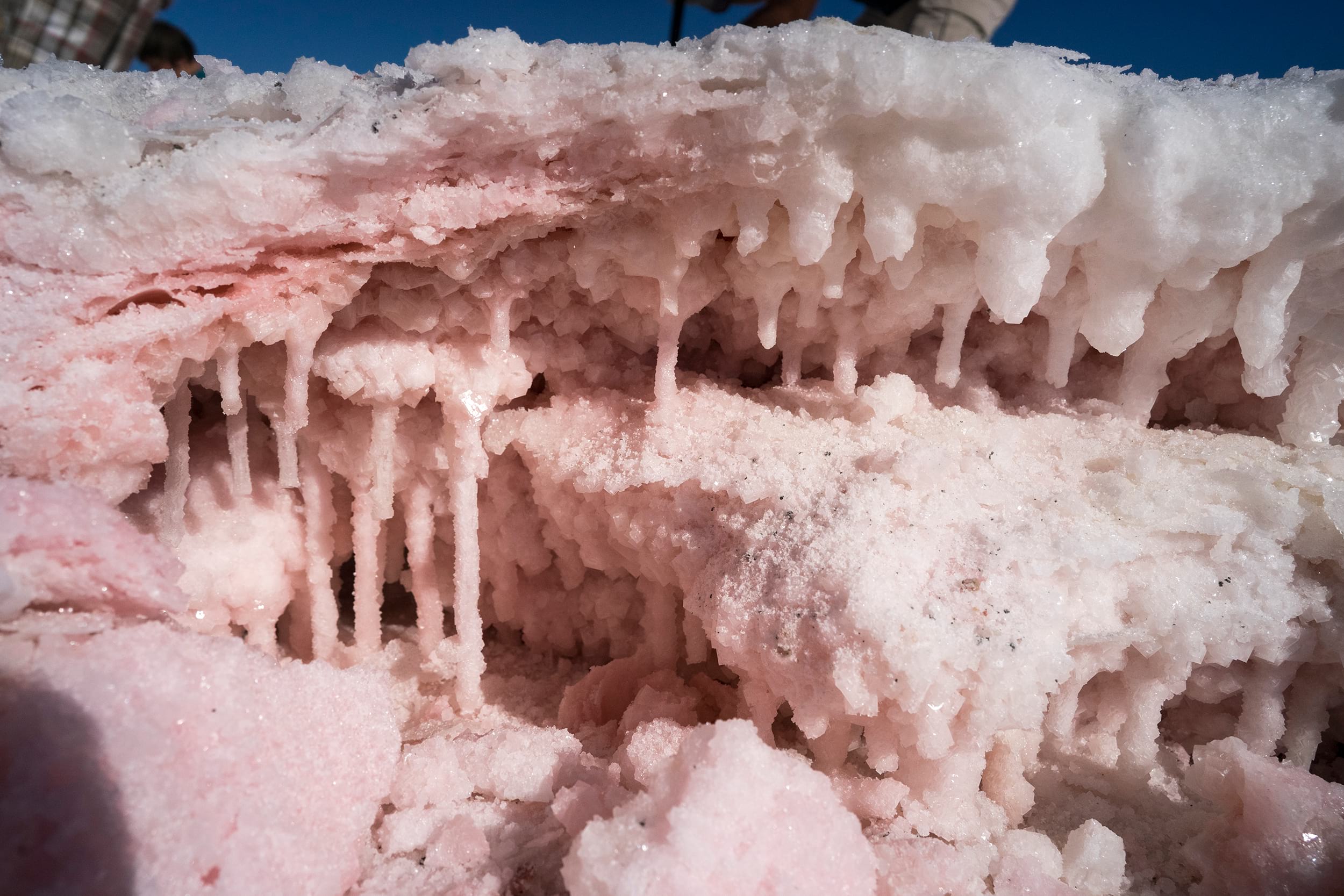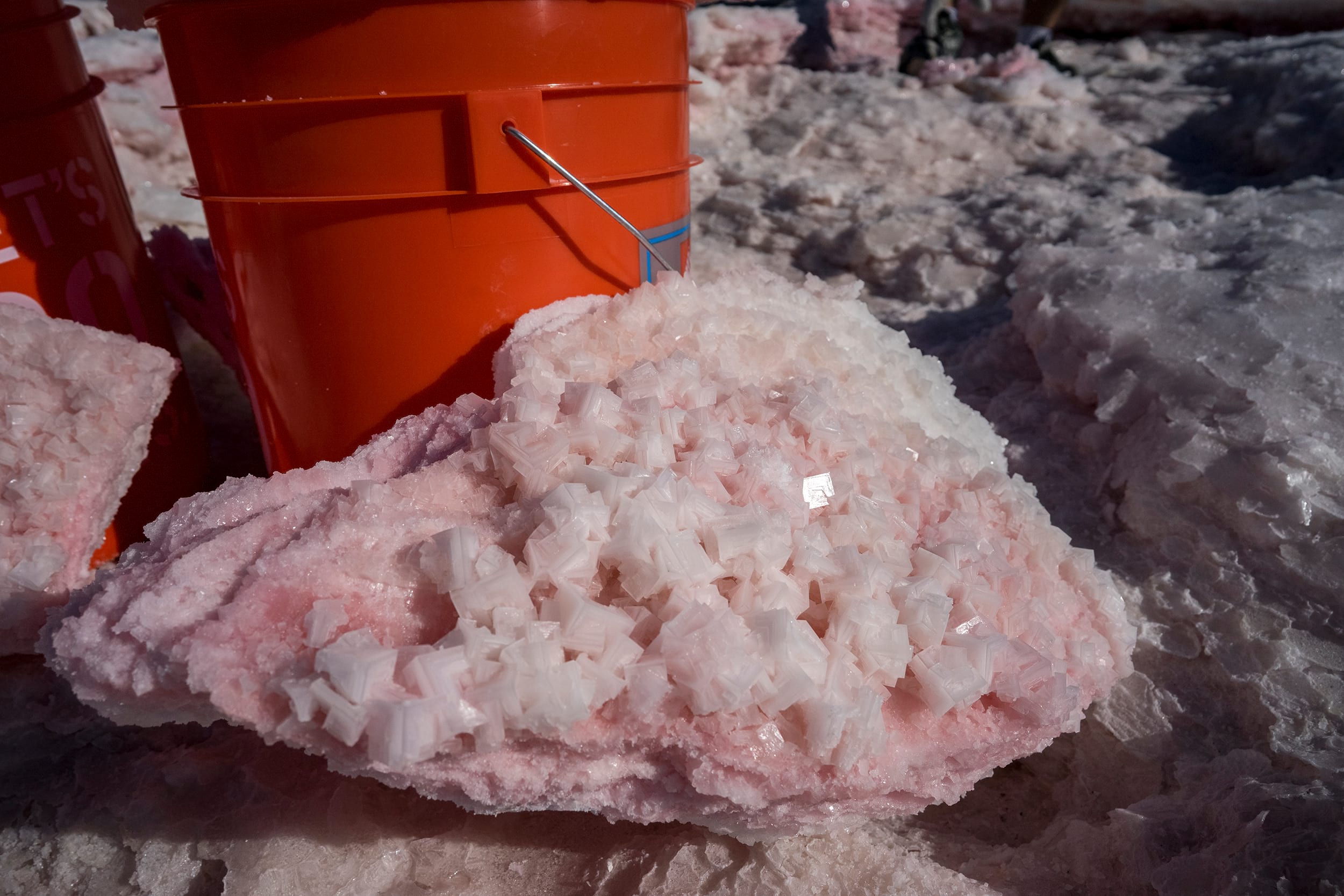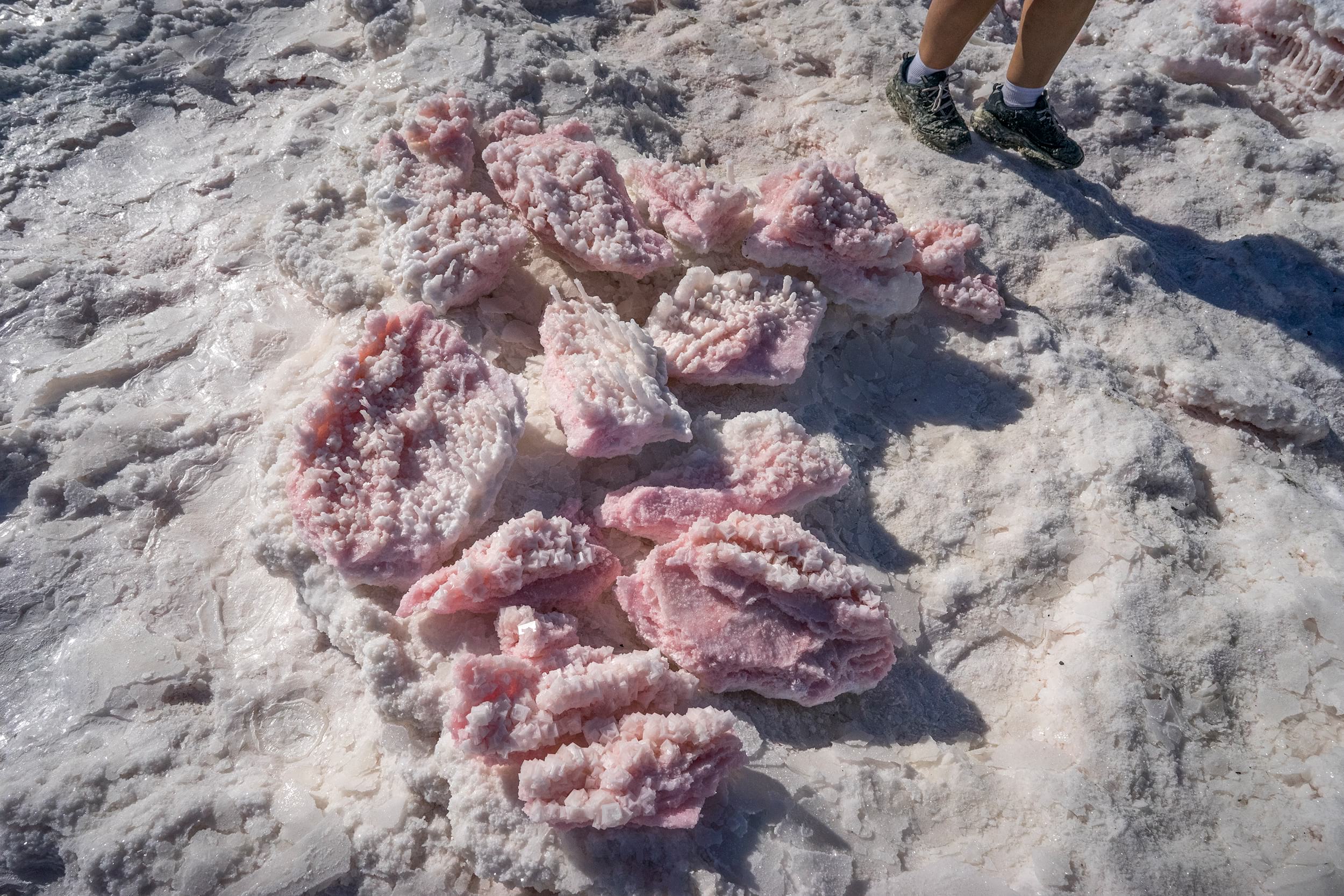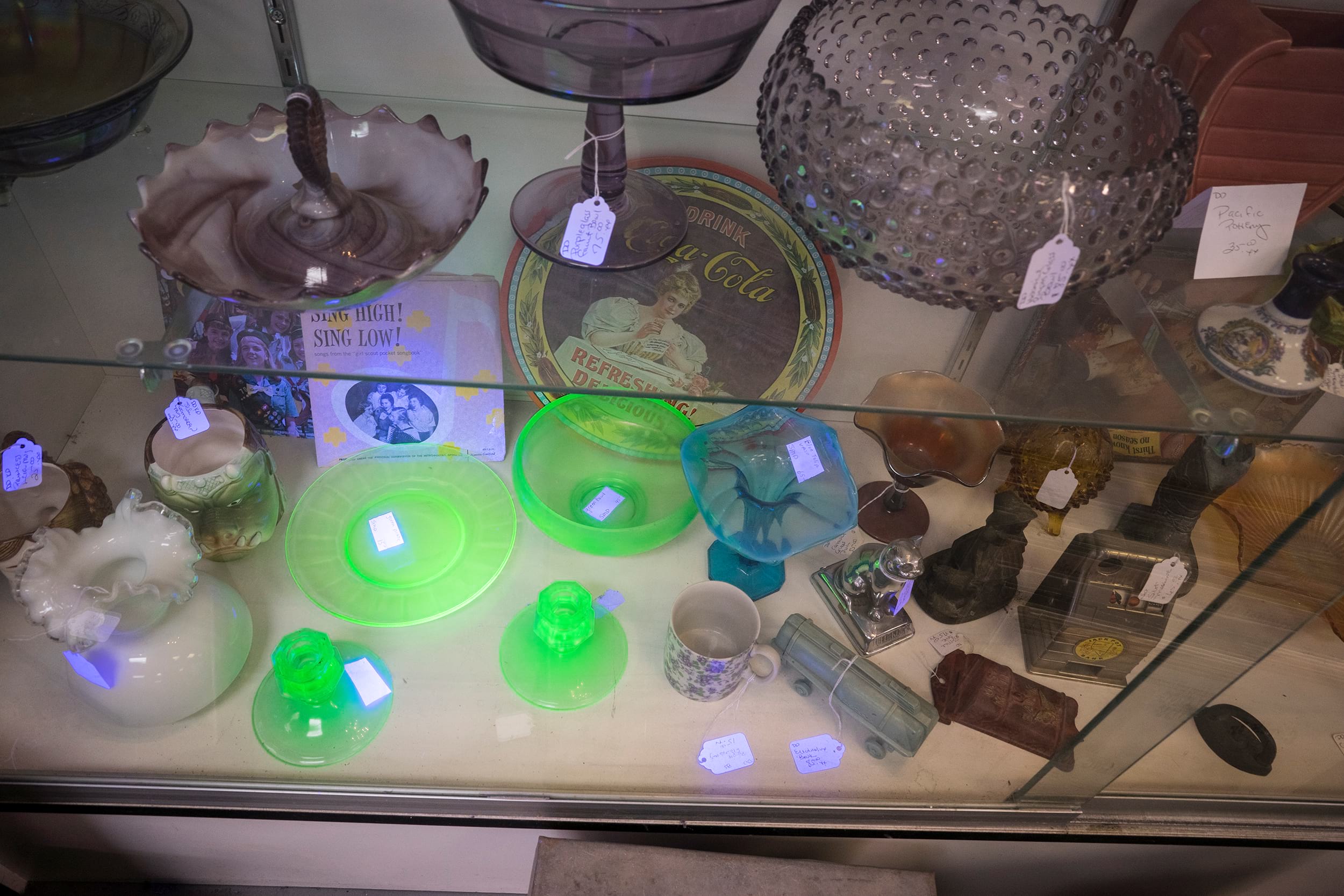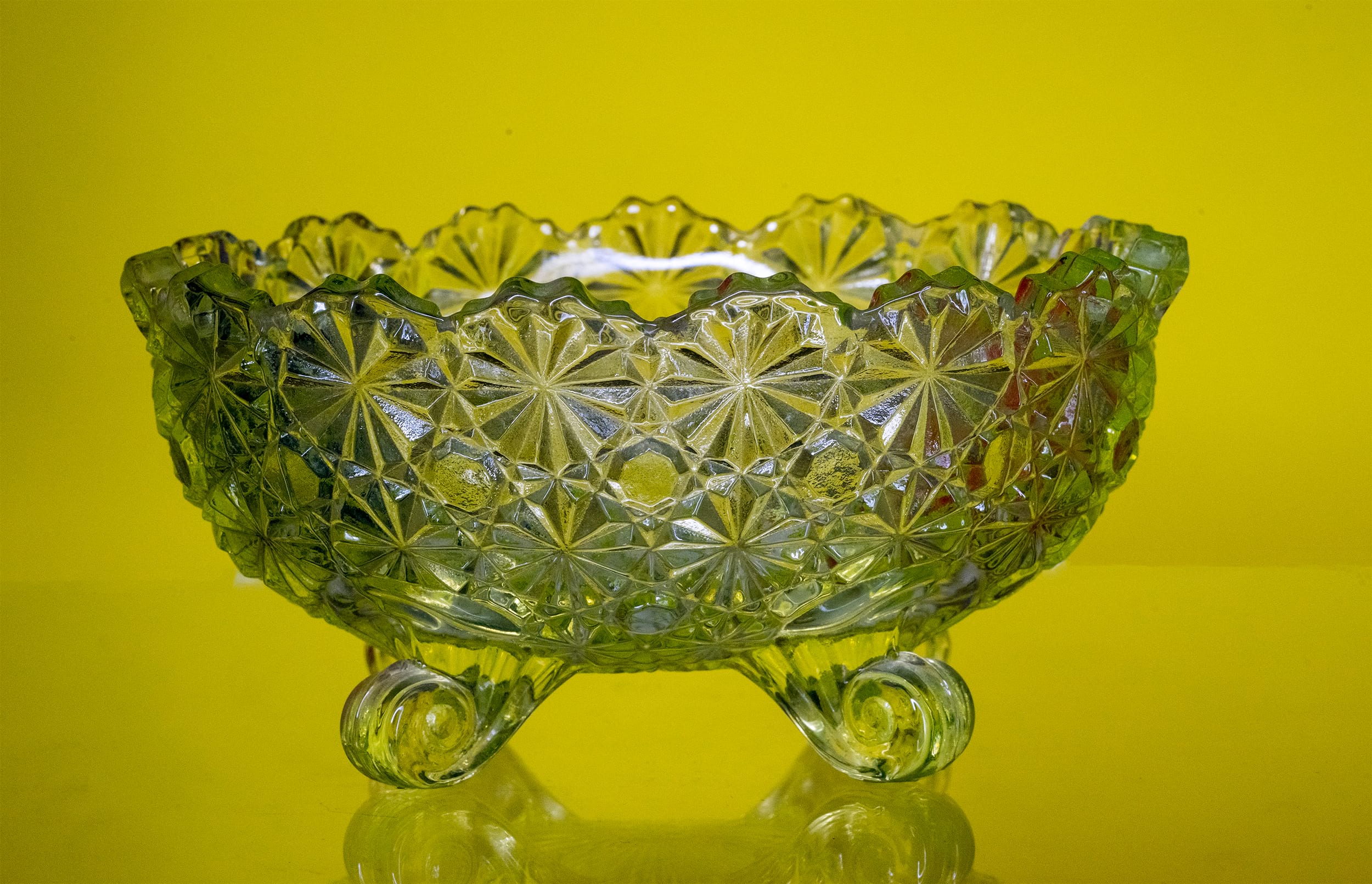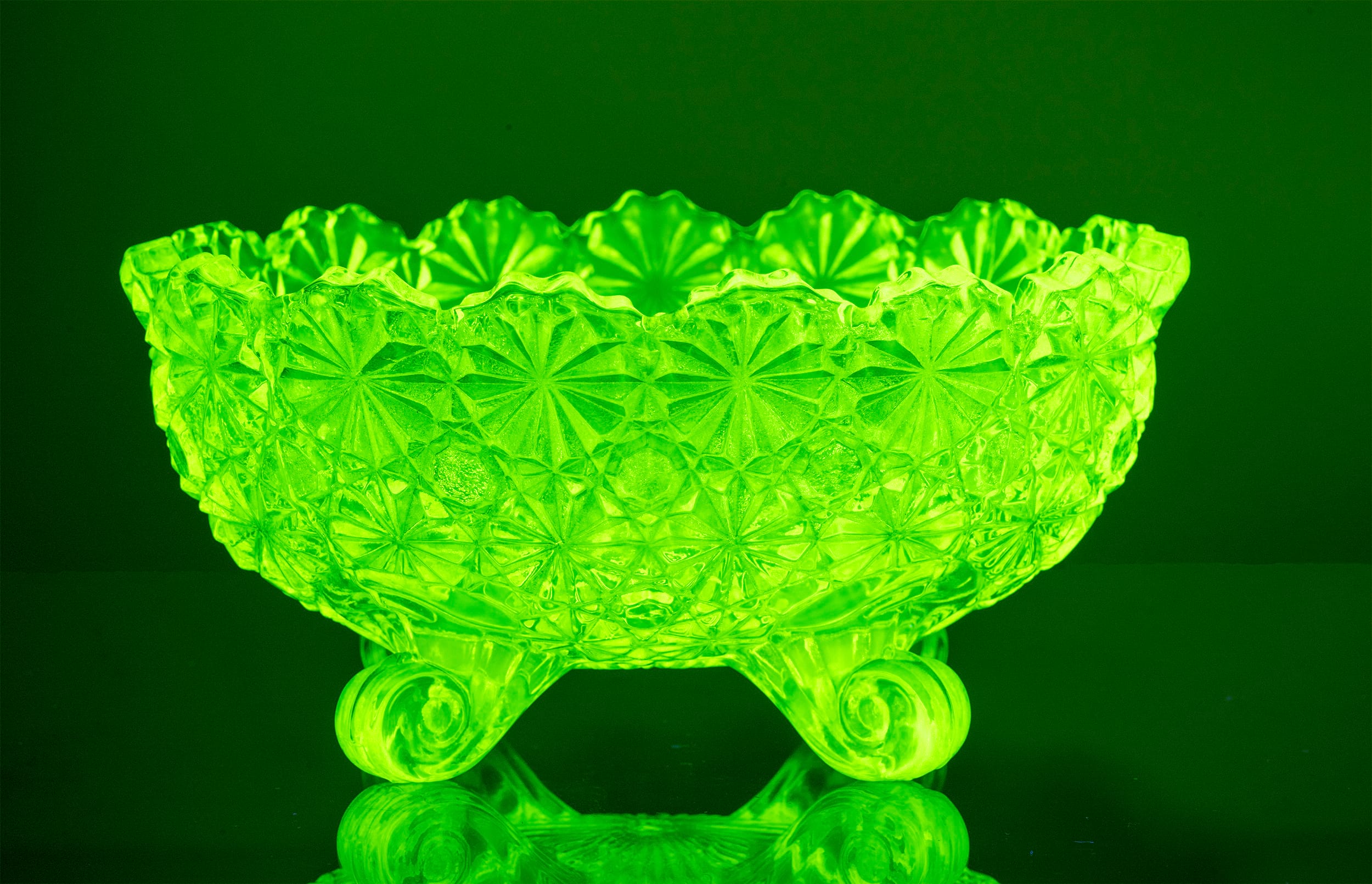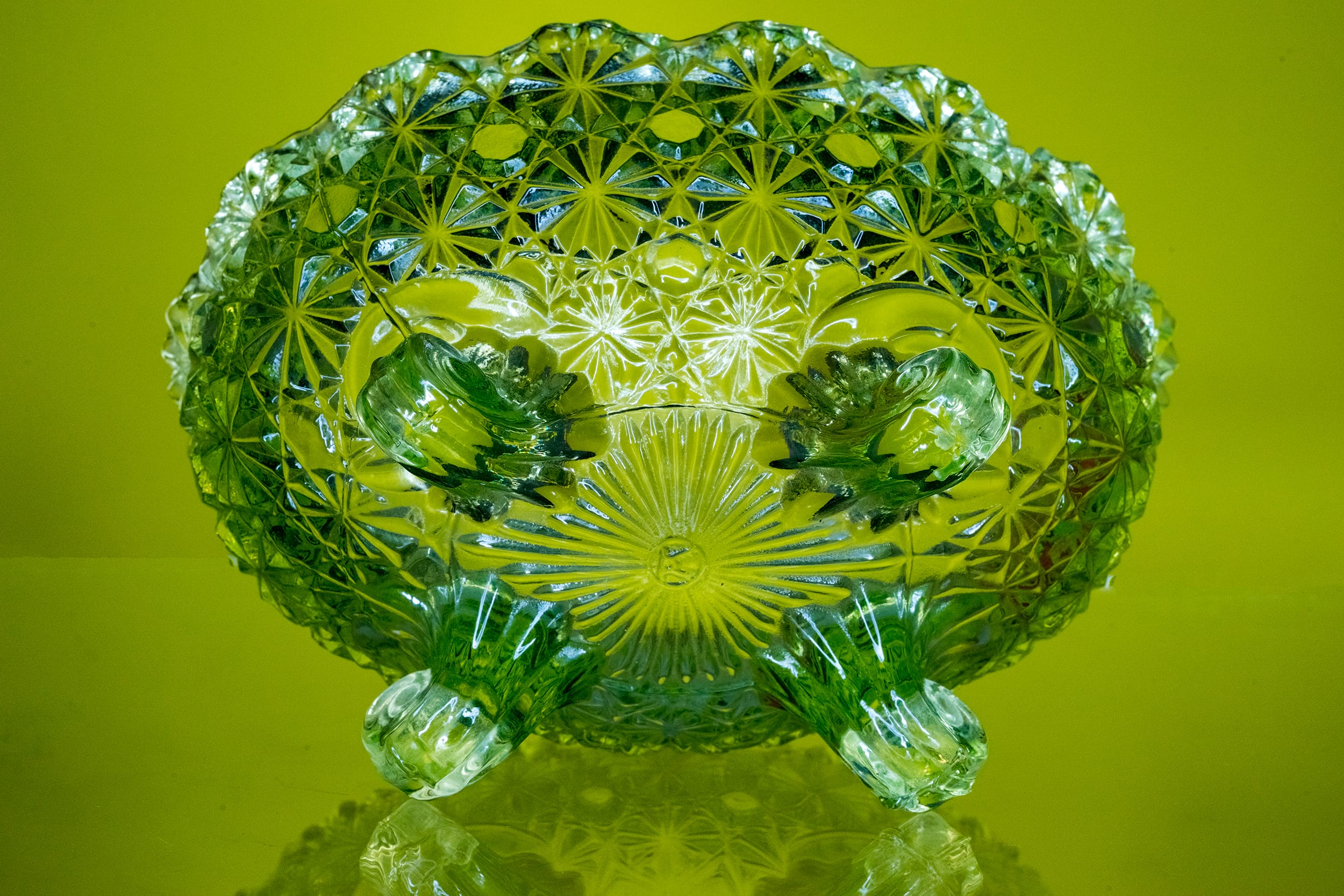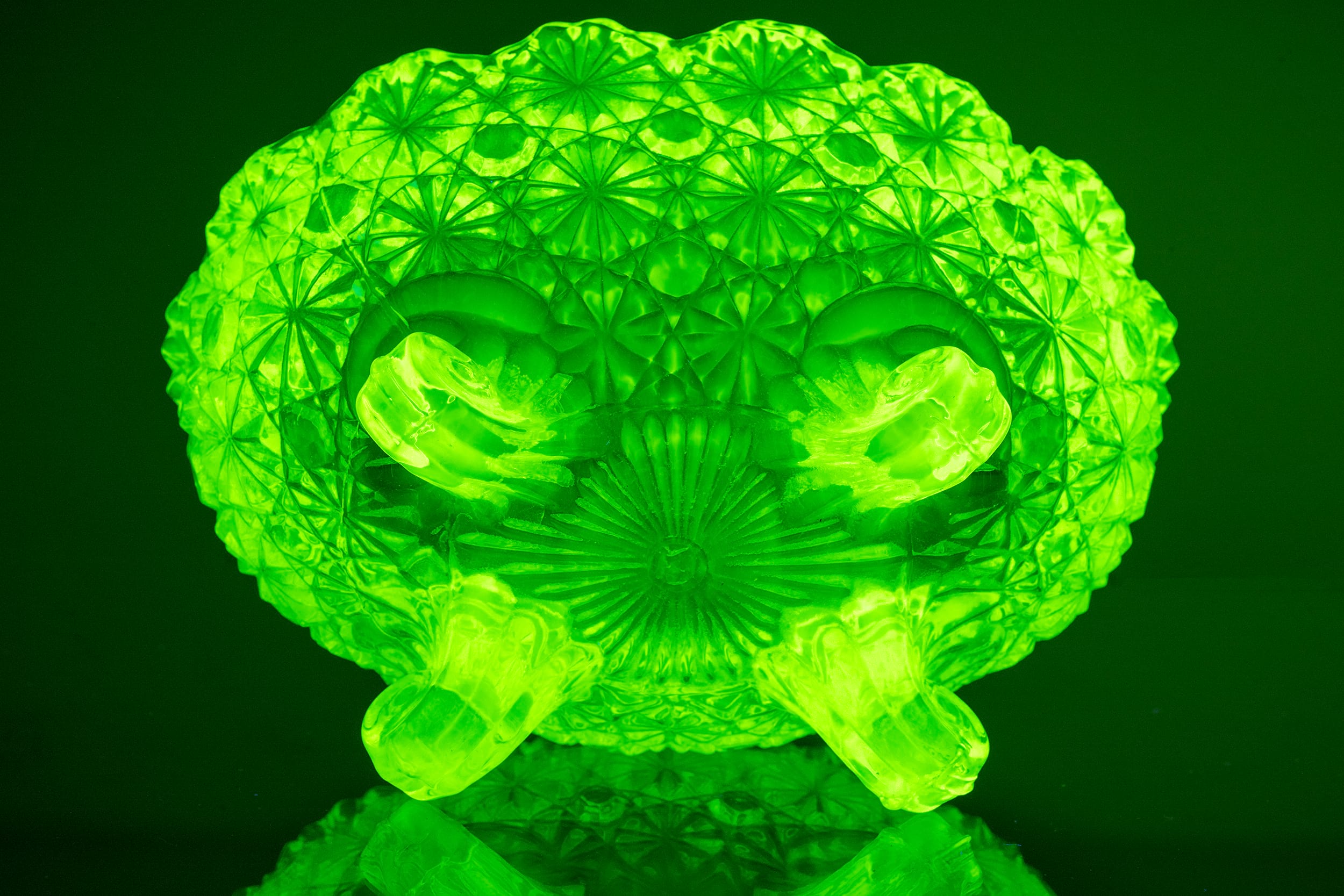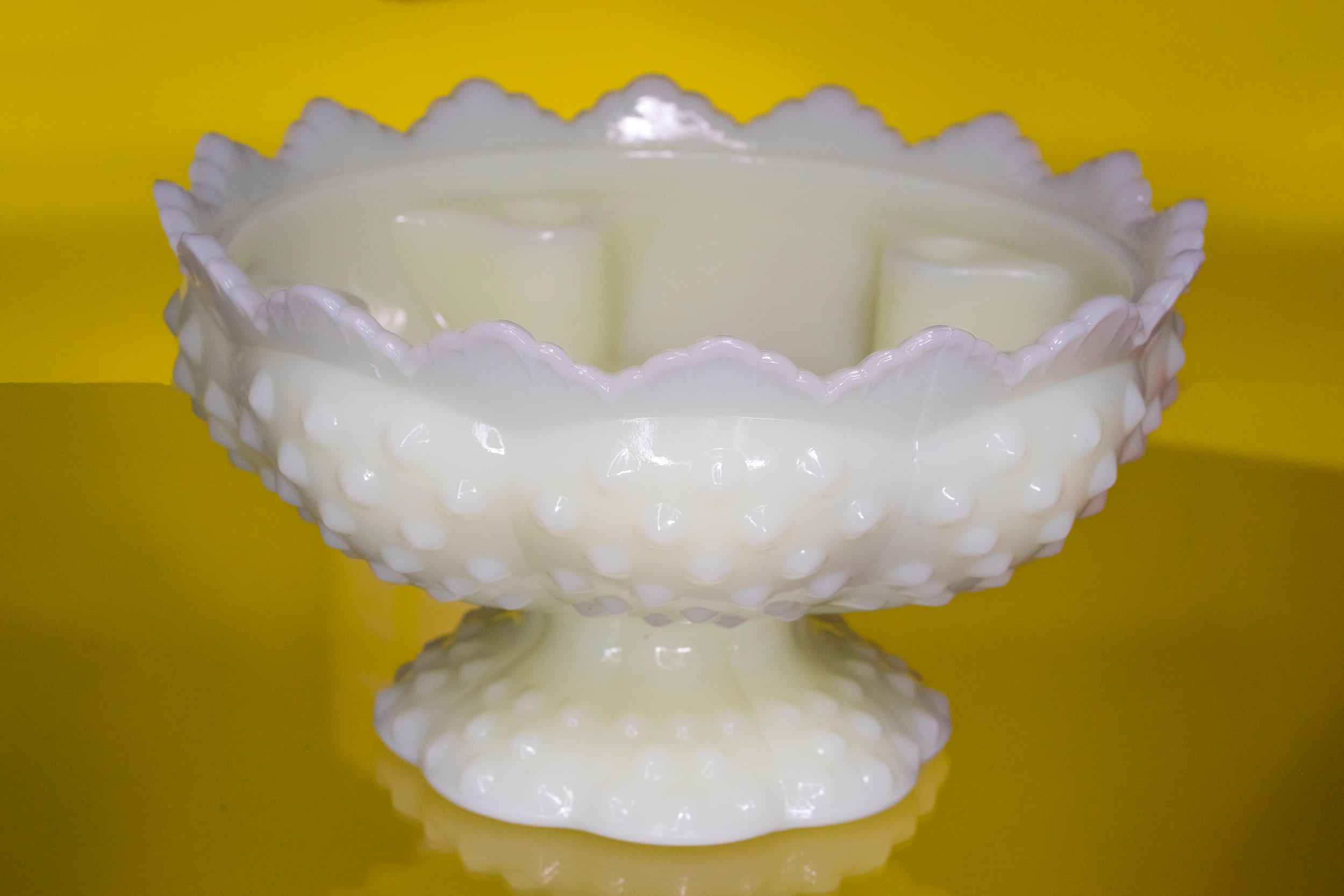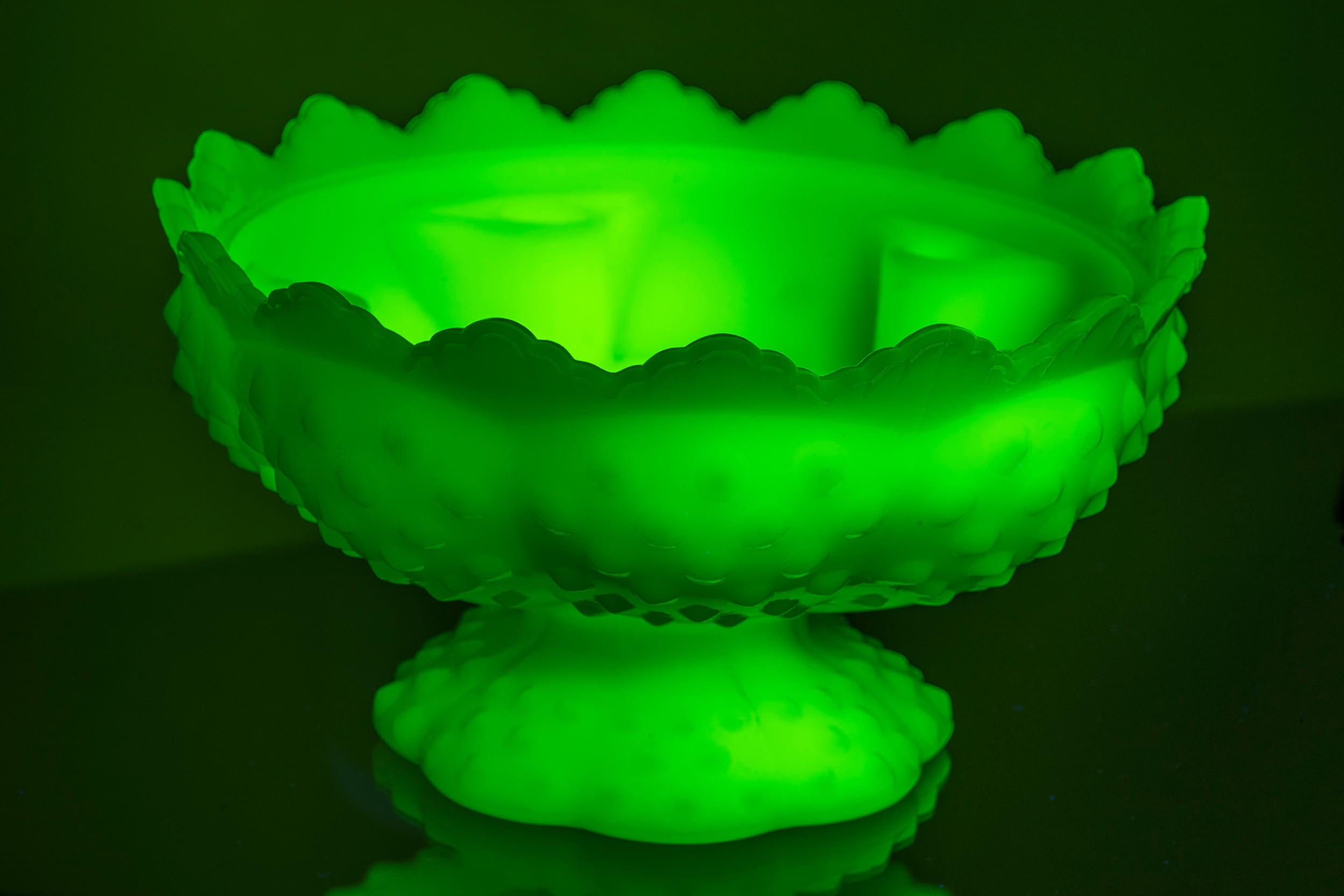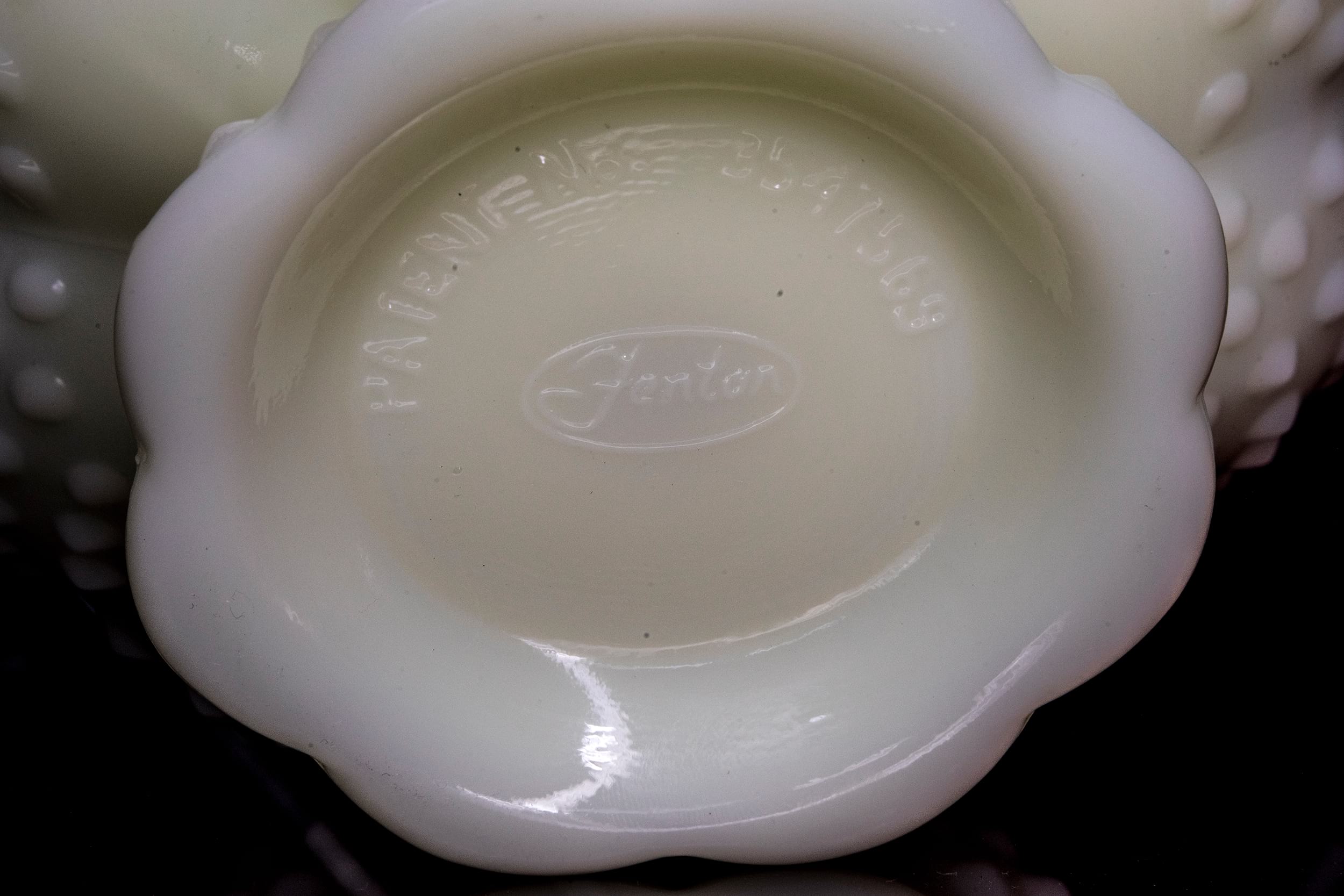Gem-O-Rama, Atolia, Grimes & Sexton Quarry October 2017

Update 11/13/2017: Fixed 360s not loading on mobile
Update 11/25/2017: Fixed videos not having audio + added missing blow hole video
Day 0
Searles Lake is something that I've been wanting to do for several years. However, the opportunity never quite lined up. Either I had previous commitments or something came up last minute. Luckily the stars aligned and I was able to get time to go to this year's Gem-O-Rama. We originally had 6 people saying they would go to this trip when I planned it out a month in advance. However, my "luck" seemed to have rubbed off on the other people that were coming as they all slowly but surely cancelled until it was just me and SoCal FMS President Dave Stuck left. It worked out for both of our schedules as we got there at roughly the same time - 6 pm. Perfect for fluorescent mineral collectors as there's still some sunlight left to see the road and trails but just before it gets dark. Let the adventures begin!
Here's the first site we went to on Friday, before the Gem-O-Rama began. Luckily I had a hotel in Ridgecrest so we were only 30 minutes away from the historic Atolia mining district where there was a massive amount of tungsten being mined. Just look at how wide these veins ran. Some 360s and photos will really put into perspective just how rich of a tungsten area this was.
First stop: Union Mine
And here's the group shot of our finds for the night. Some massive chunks of bright fluorescent blue scheelite. There's a nice fluorescent red calcite combination with blue scheelite as well as a nice fluorescent green. When I collected it I thought it might have been hyalite or chalcedony but after testing it it's able to be scratched with a 4. I'll leave it as an unknown for now.
My haul for the night
Dave's haul
Followed by some more formal photos I took after I got home.
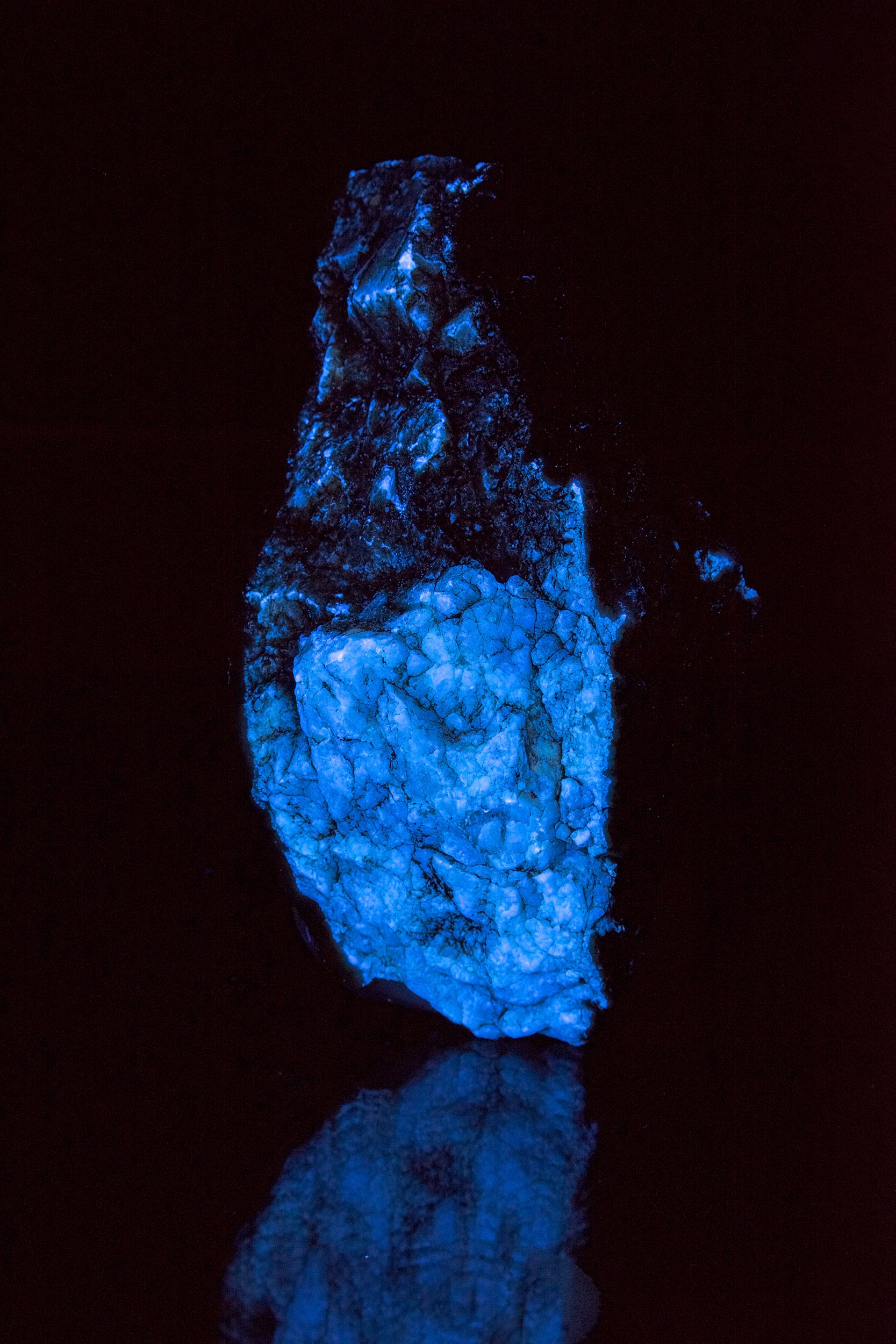
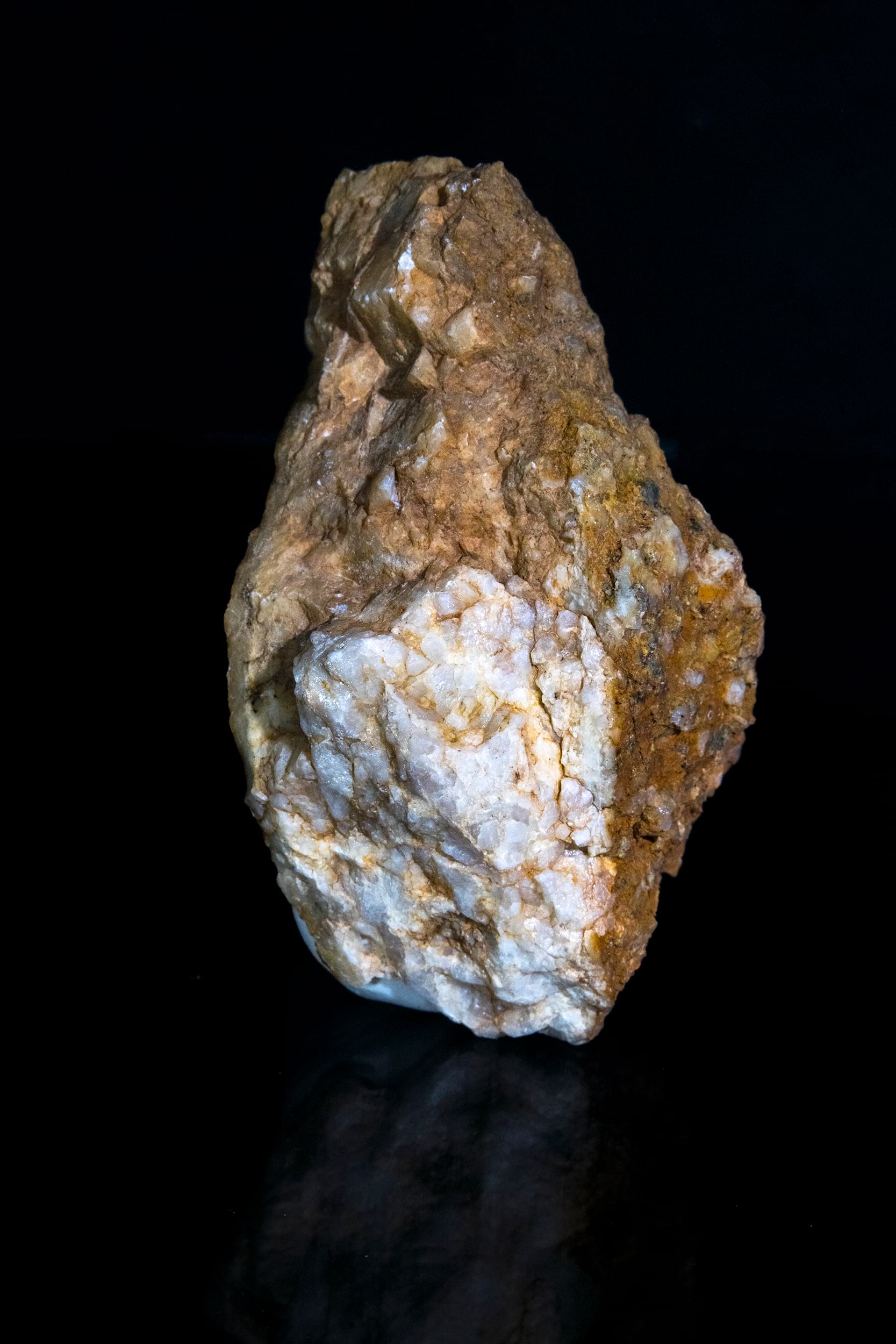
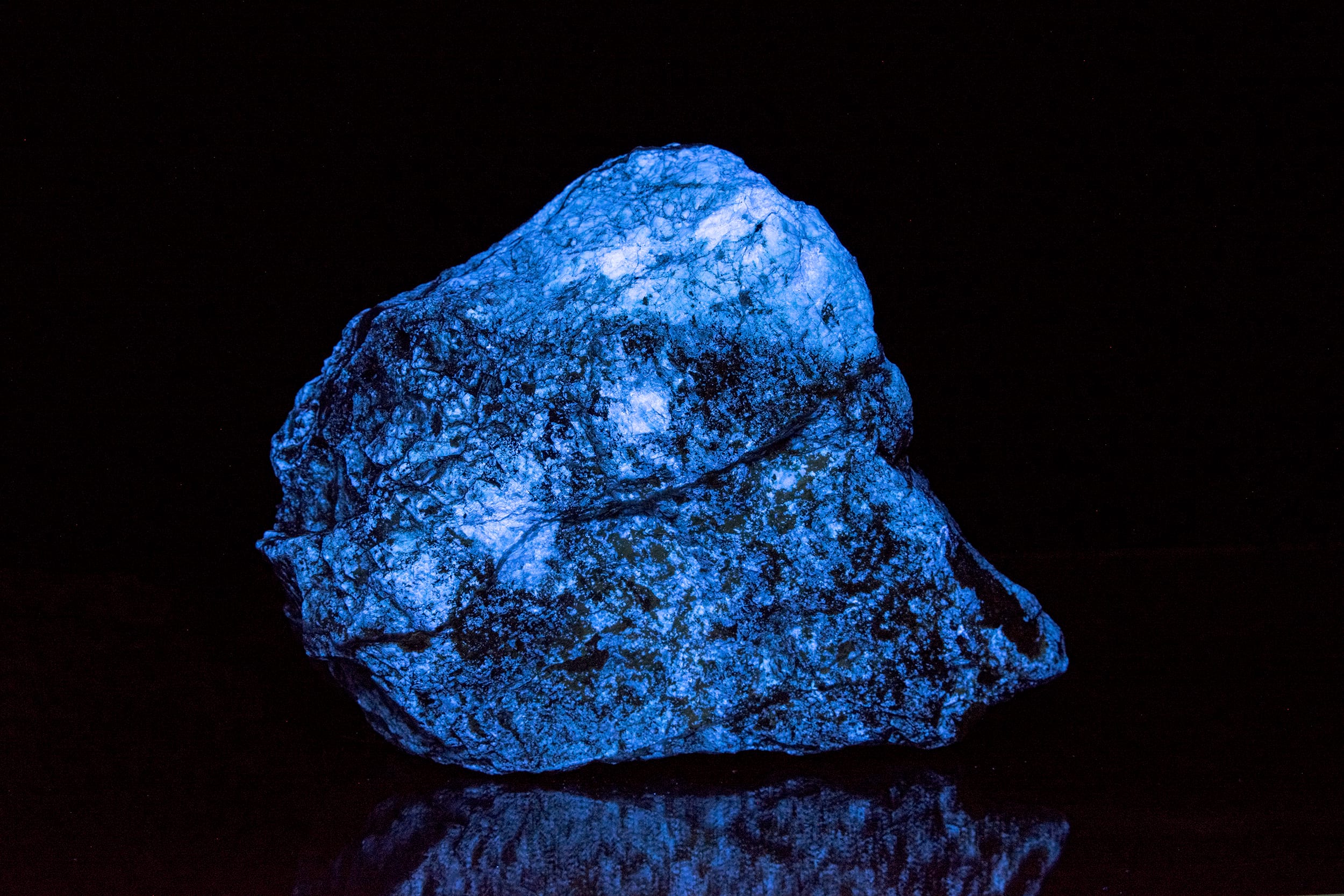
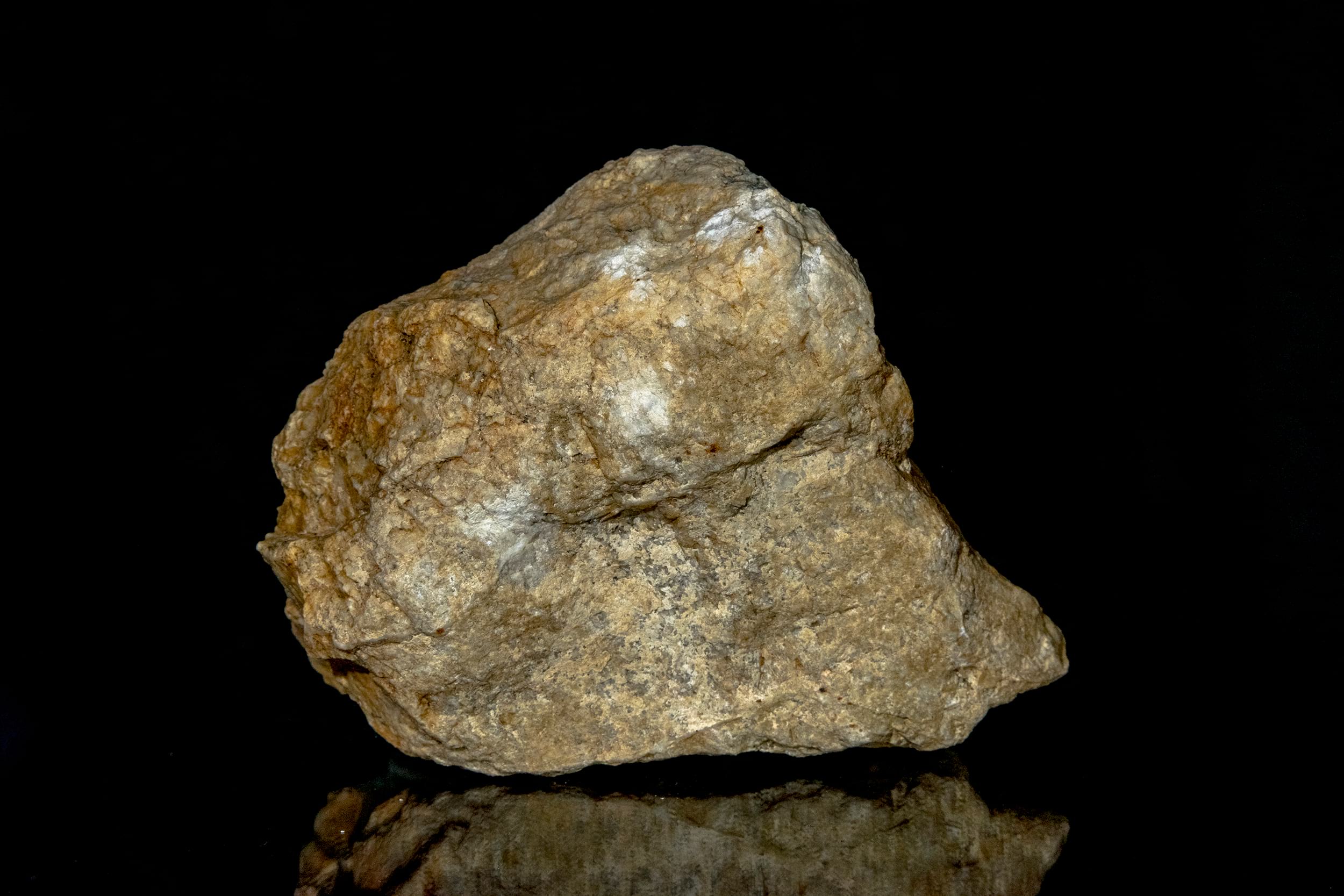
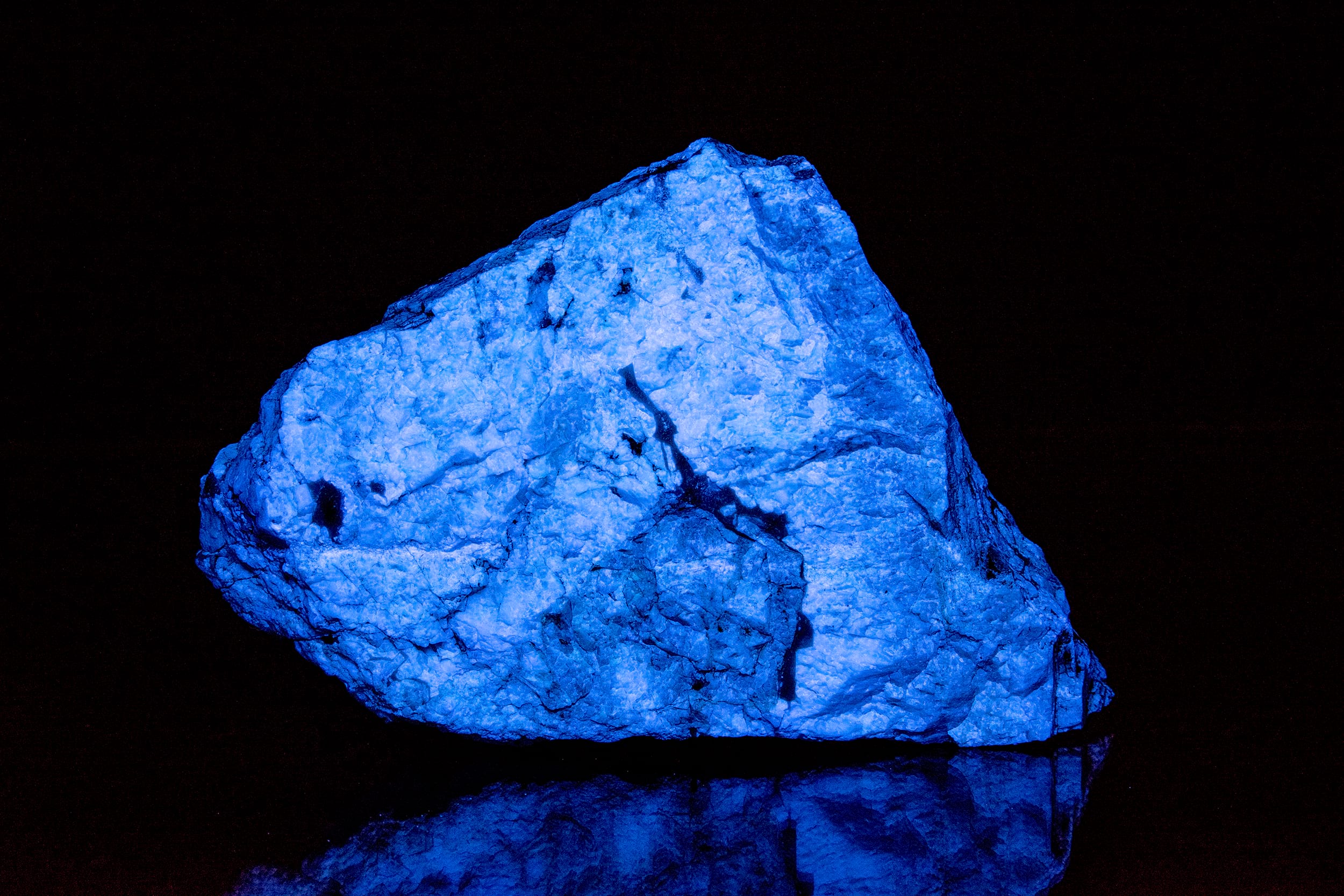

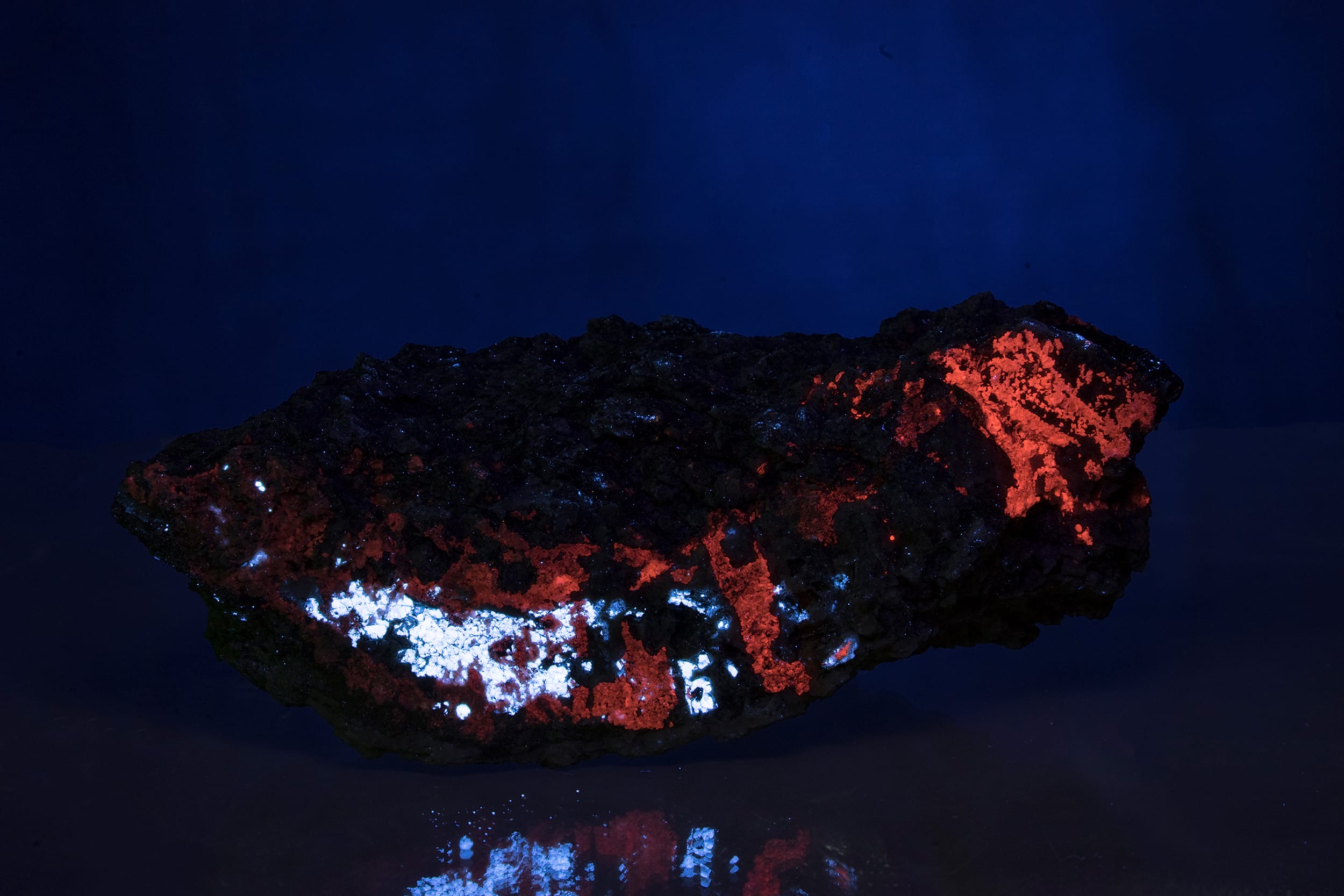
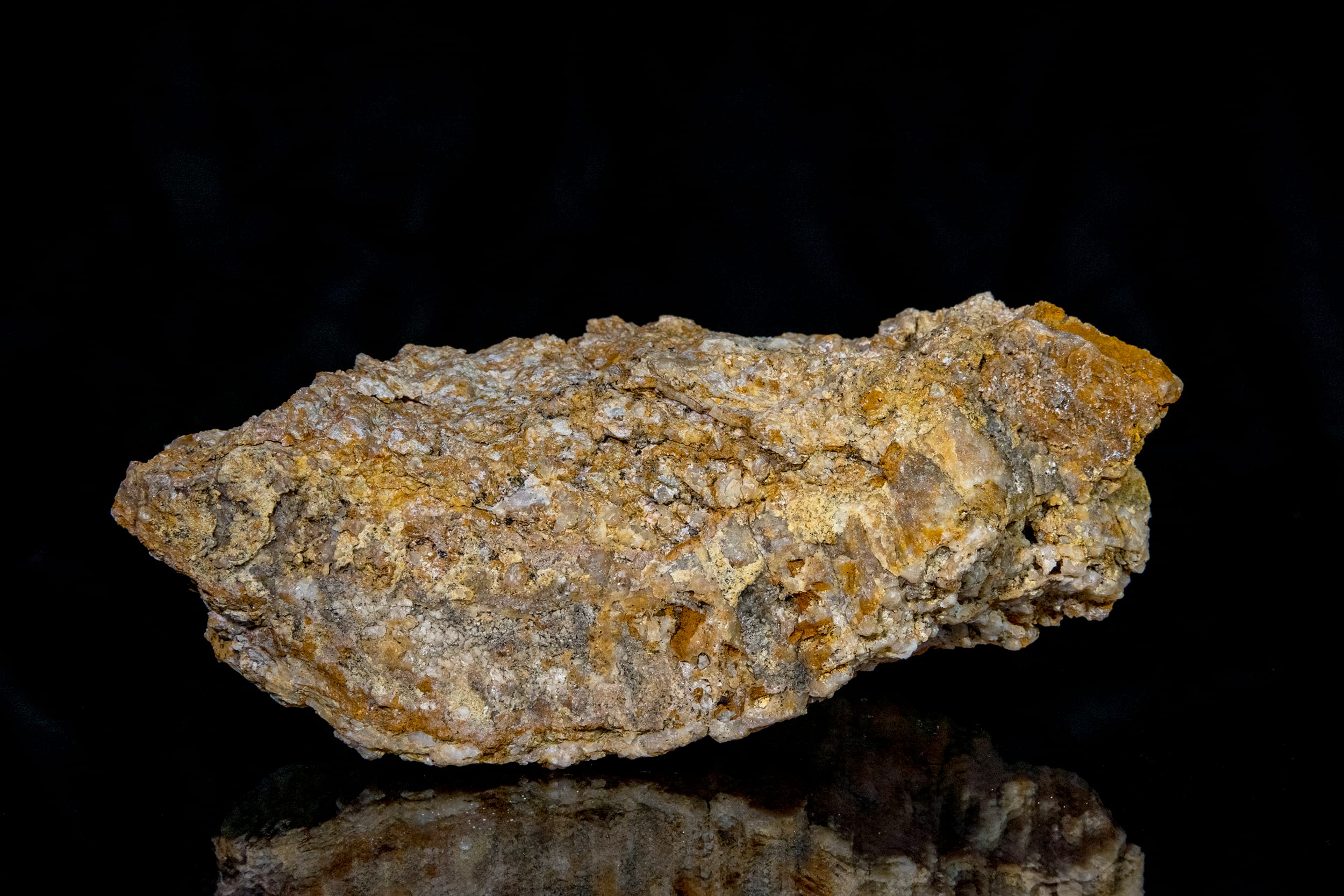

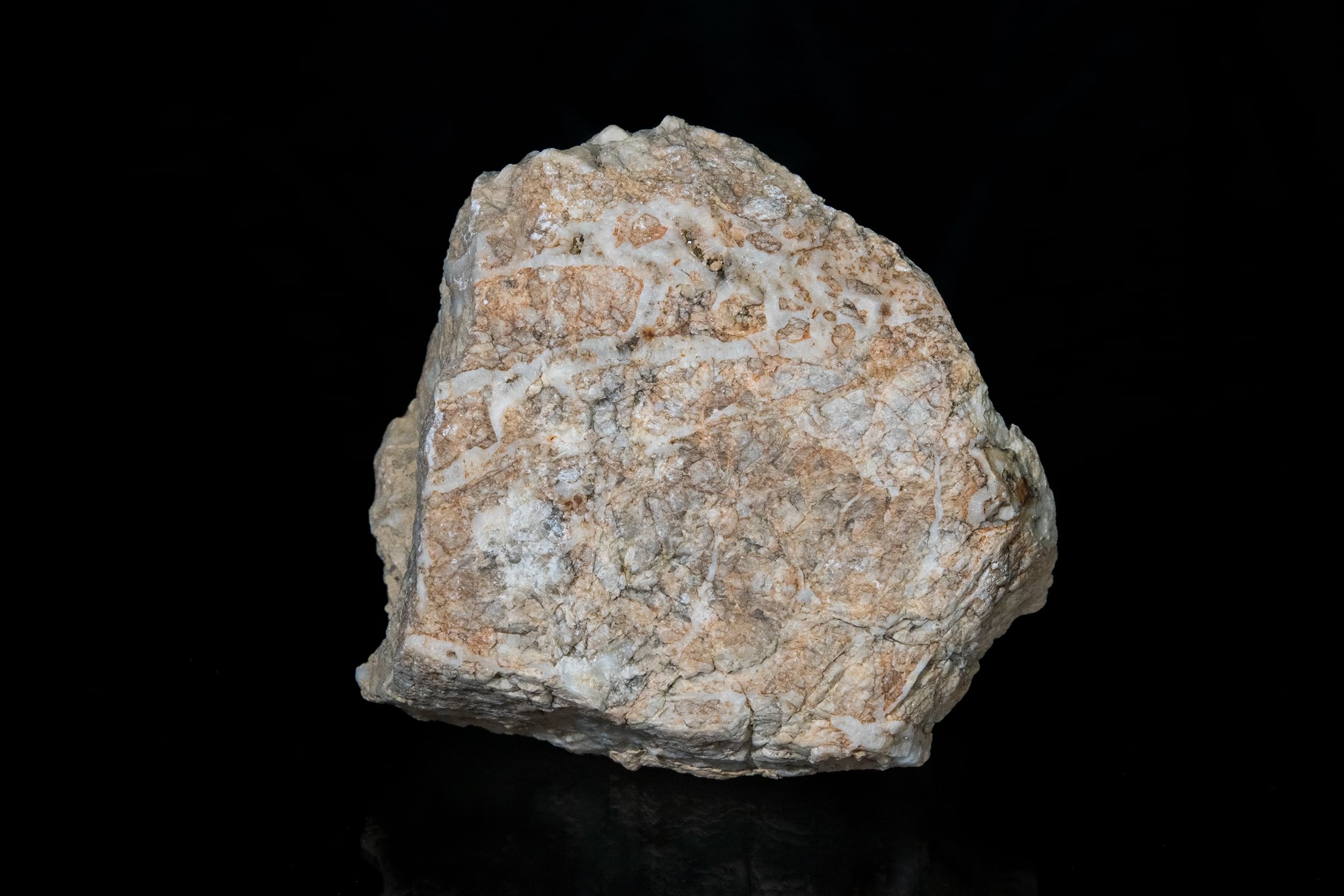
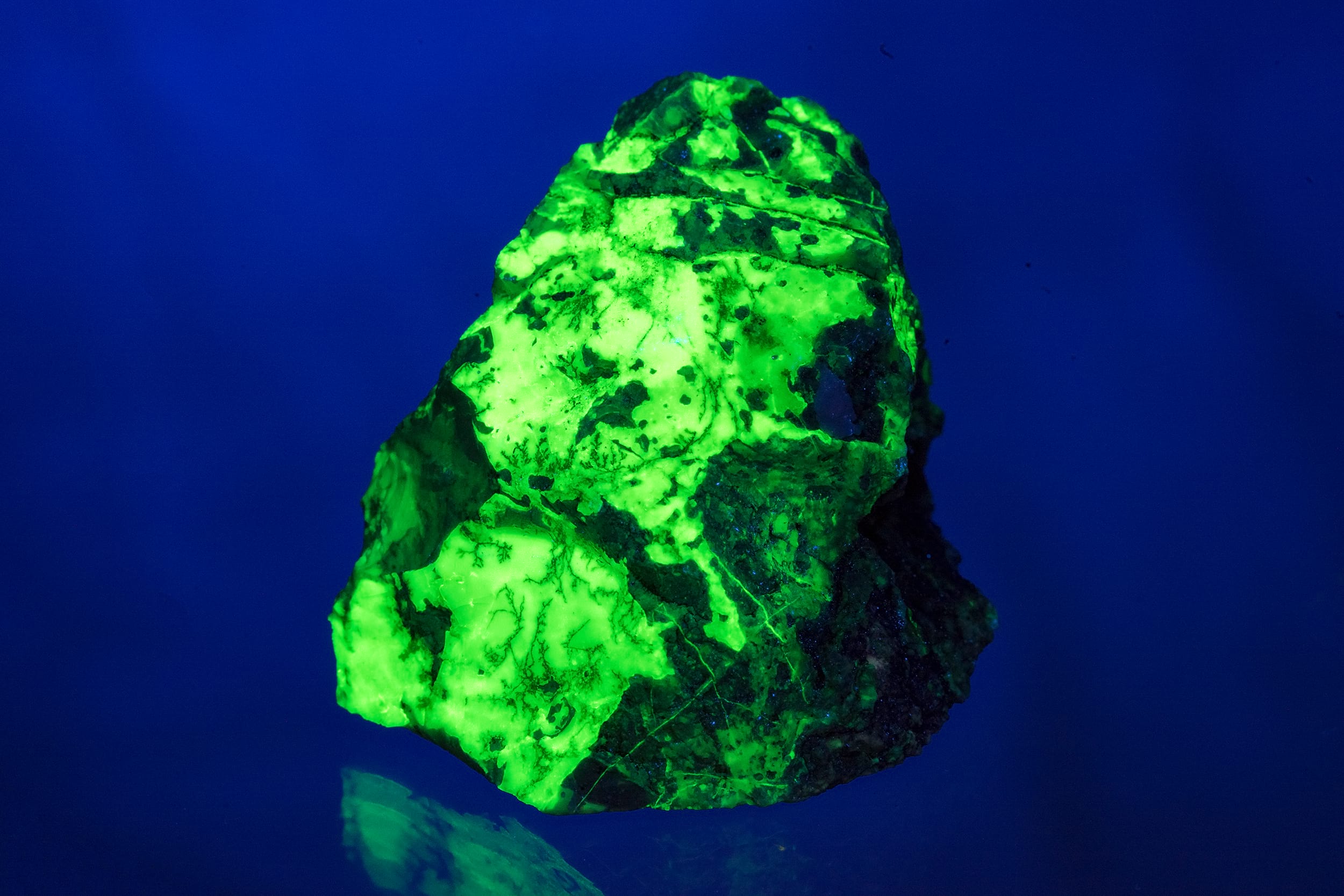
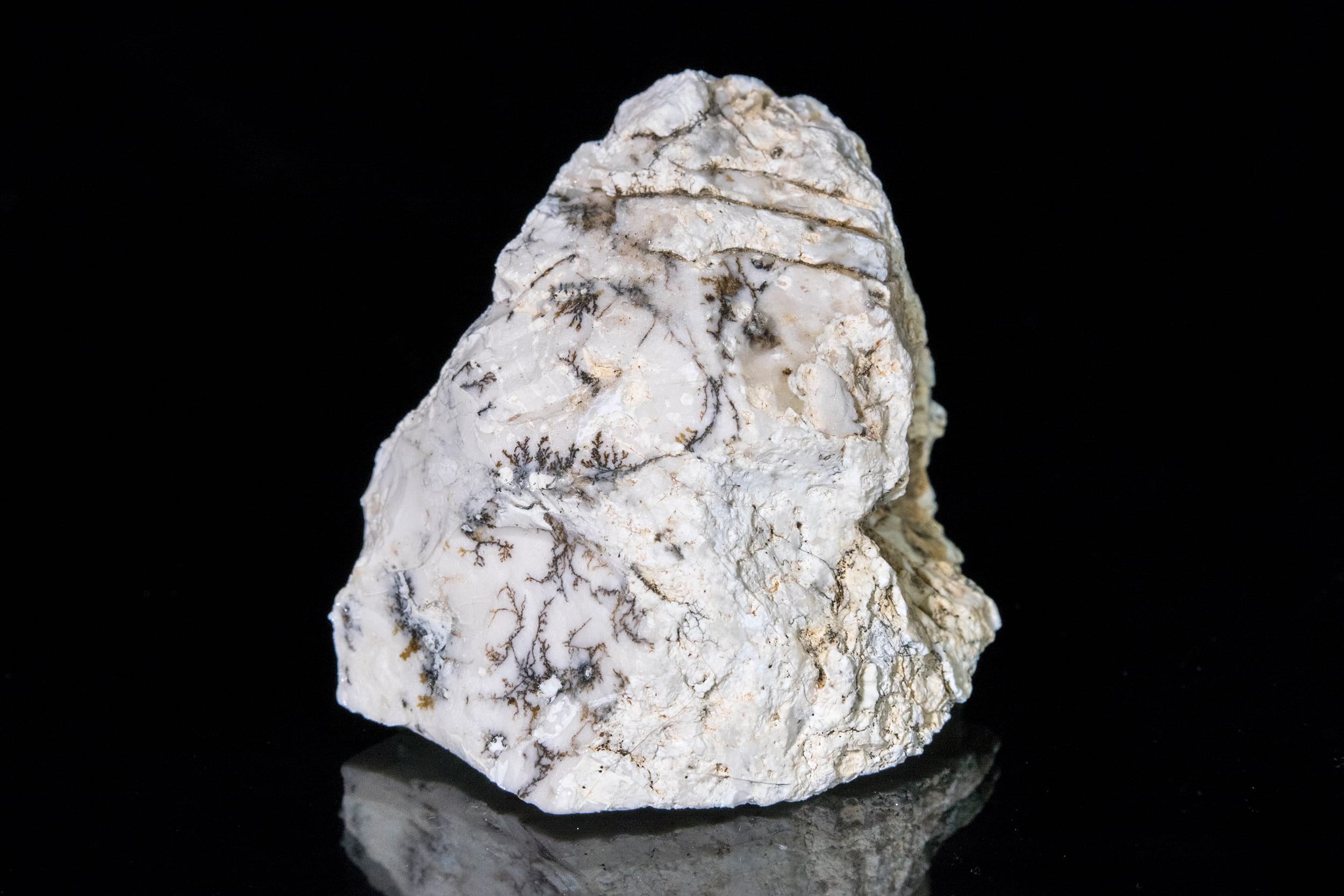
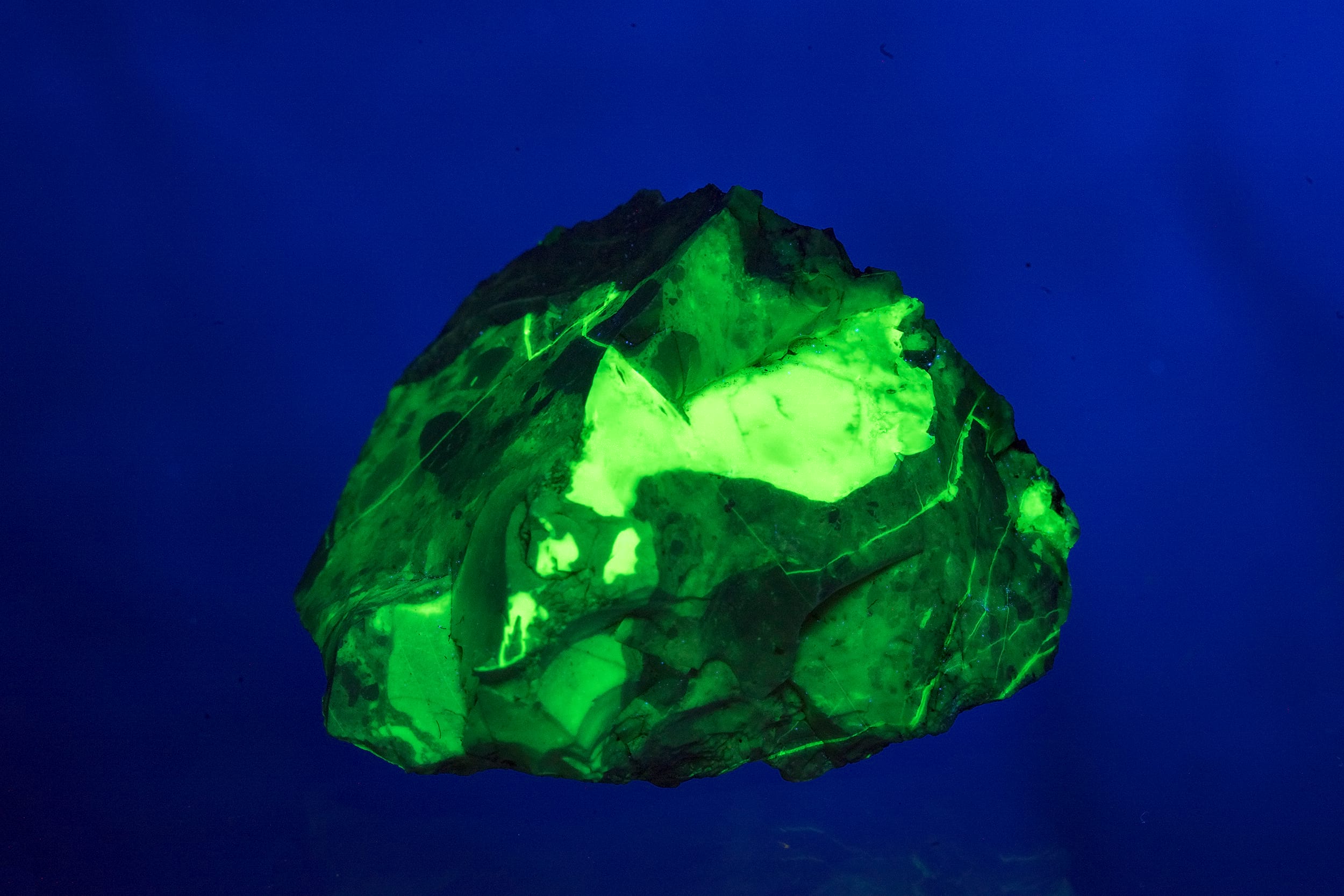
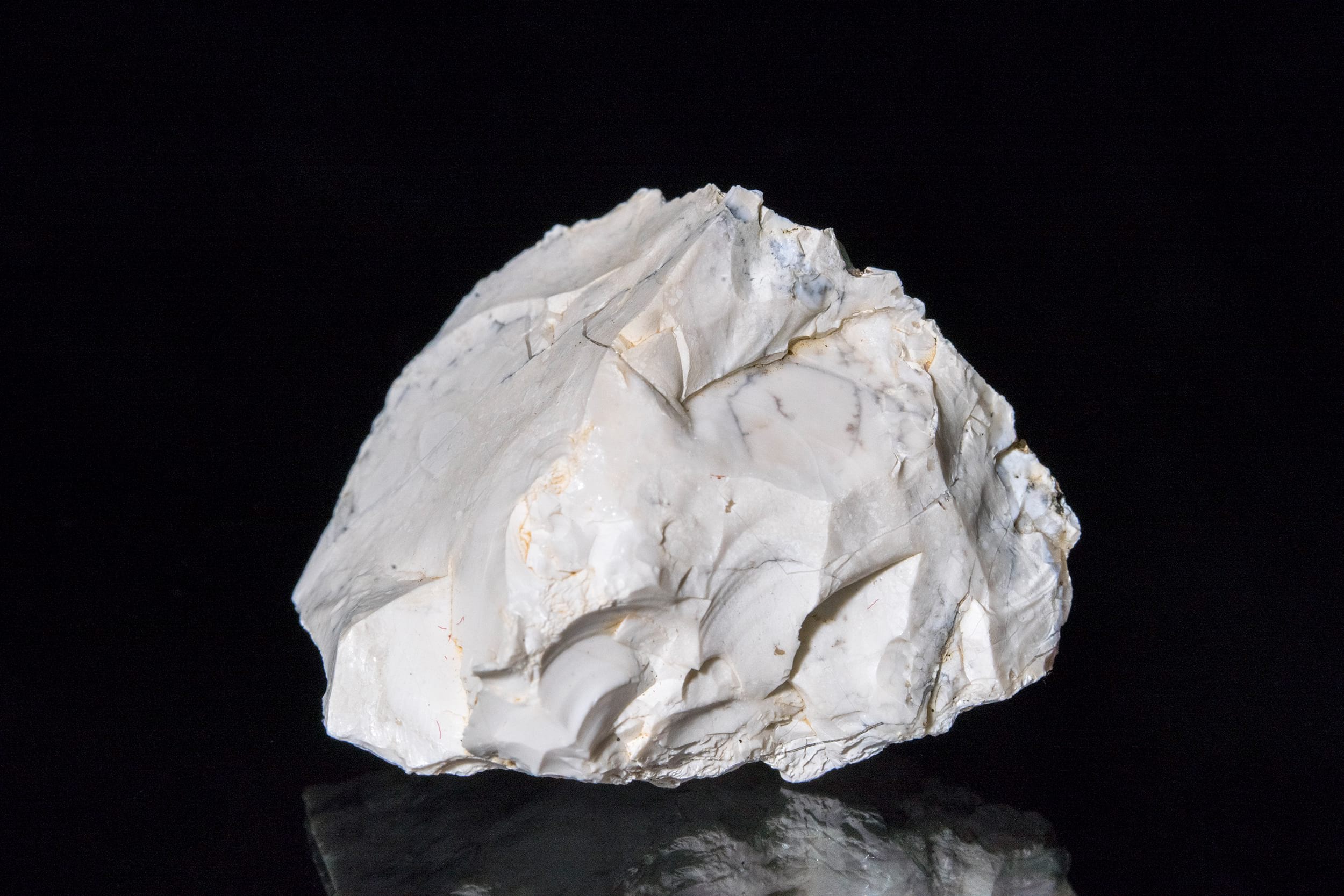
Day 1
So while we were up late last night, coming home around midnight from Atolia, we weren't technically late. As an old friend would describe it, "You were late for being early!" We got there around 30 minutes before they were supposedly starting. However, look at this lineup of cars that got there way before us. Looks like most people got there at least an hour before us. Some possibly stayed overnight! That's quite a long time to wait just to have maybe a 10 or 20 minute head start!
While we were waiting we kept hearing a bird cannon. It made an incredibly loud noise to scare off any curious avian that might enter the brine pools for whatever reason. Someone's job is to look for birds and to make sure the cannons are armed. That's quite ecologically responsible!
Finally it was our turn to get to the piles and look forward to some beautiful crystals. Boy was it packed though! The only downfall of being "late".
Some ground photos before we get to the 360s. Note to aspiring rockhounds: Tools like the Dewalt rotary hammer I show are not allowed on public land. However, this collecting site is on private property and I checked their rules for anything barring power tools - which there weren't. In addition, there were several officials on the hills watching over everyone. None of them batted an eye with my usage. Be sure to check your local laws!

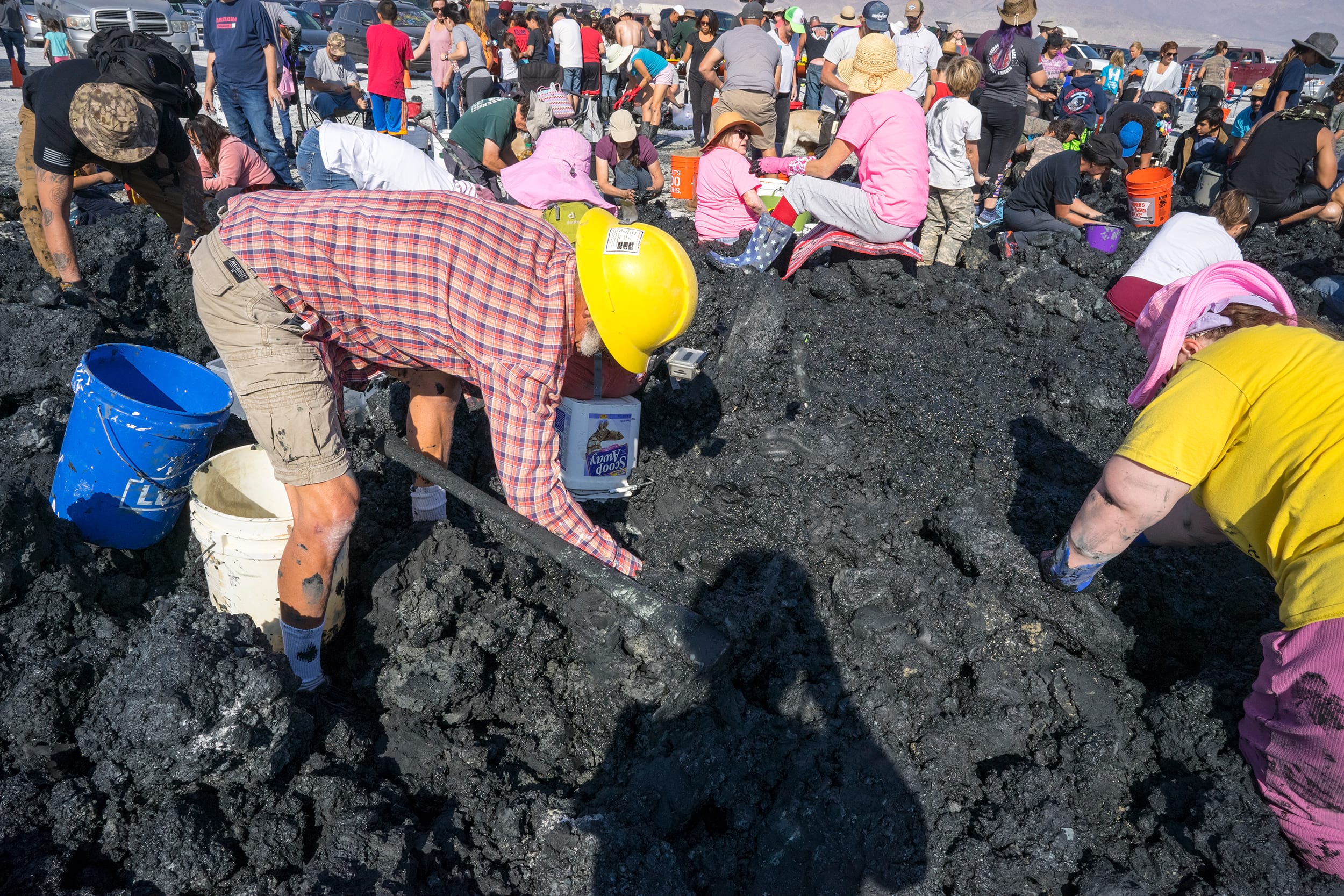
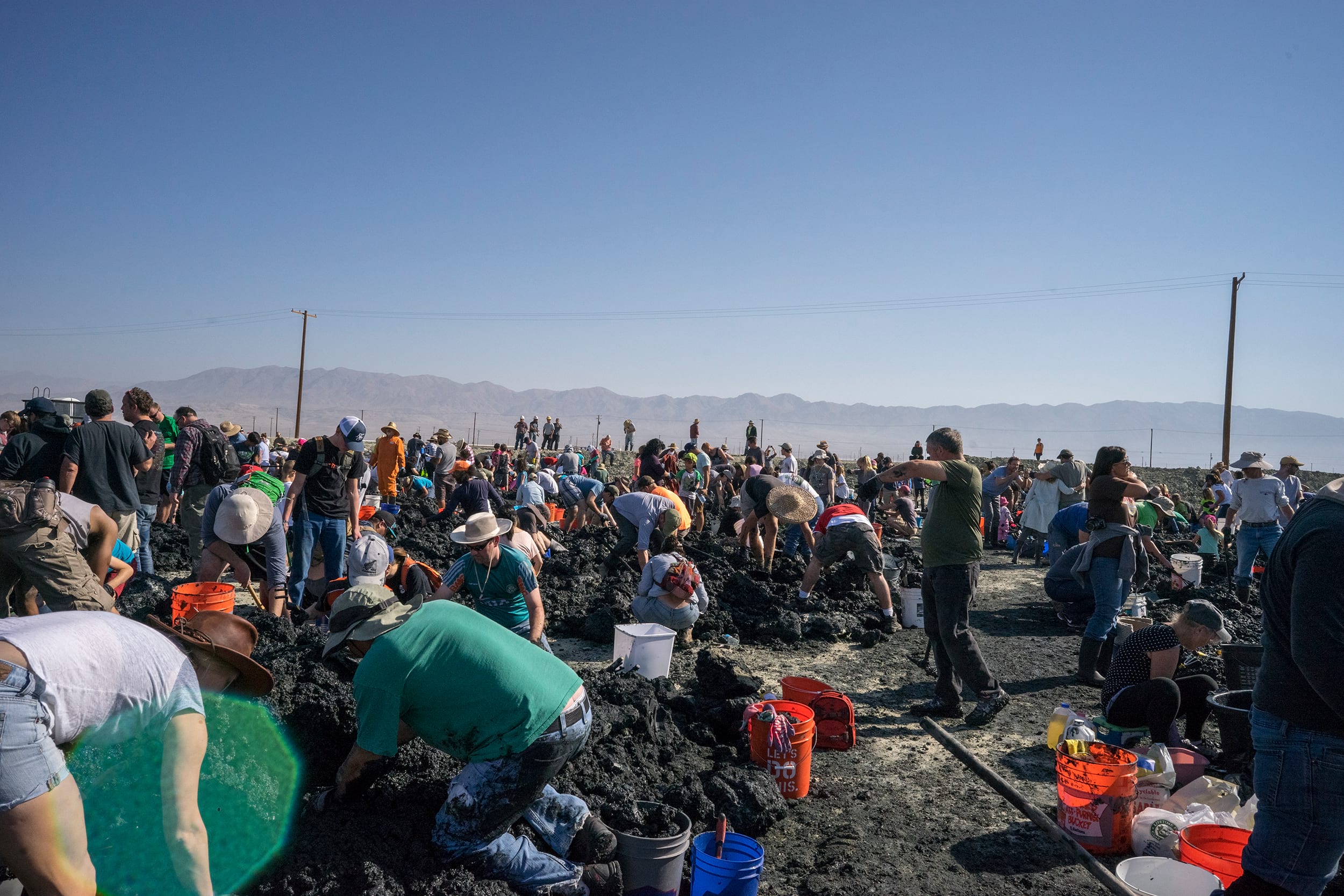
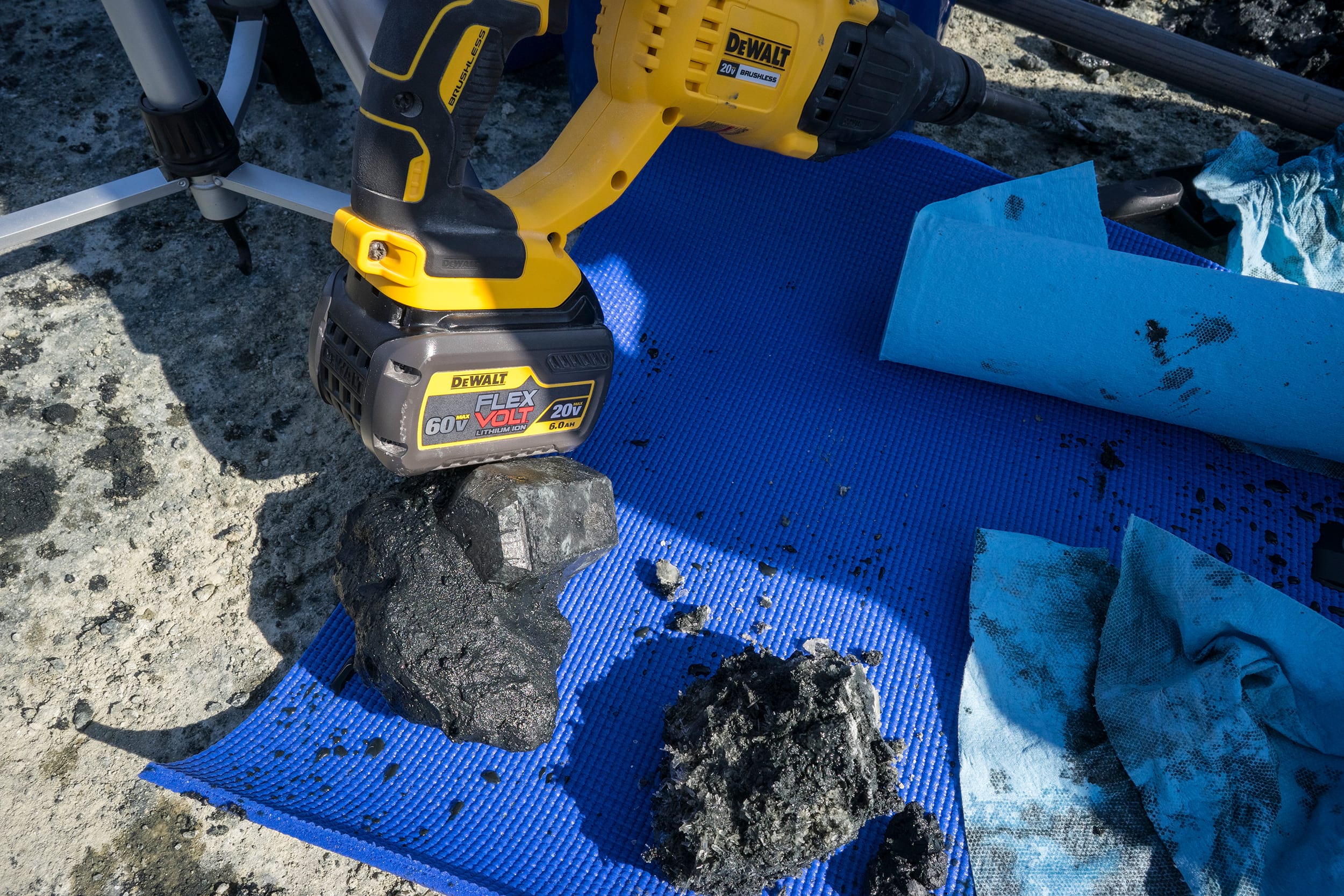
One of the more interesting characters I met here was the person in the orange jumpsuit posing with a beautiful hanksite he had found. He's a boyscout leader named Dave that was taking his troop to the Gem-O-Rama so they could experience something new. That's quite an amazing (and muddy!) experience to have at that age. Hope they had fun!
And here's my haul from the mud piles. The first specimen has a lot of lint on it. Because hanksite is an evaporite and will get damaged over time by humidity I covered it in acrylic. However, I left it inside so all the lint that was flowing around landed on the specimen and is now encased in that acrylic layer. The halite in the fourth photo originally had a pink fluorescence that I found interesting. I'm guessing this was originally the halobacterium because this has now faded likely due to some combination of shining UV wavelengths, some of which were designed to destroy bacteria at the cellular level and direct sunlight exposure while the acrylic I covered it with was drying.
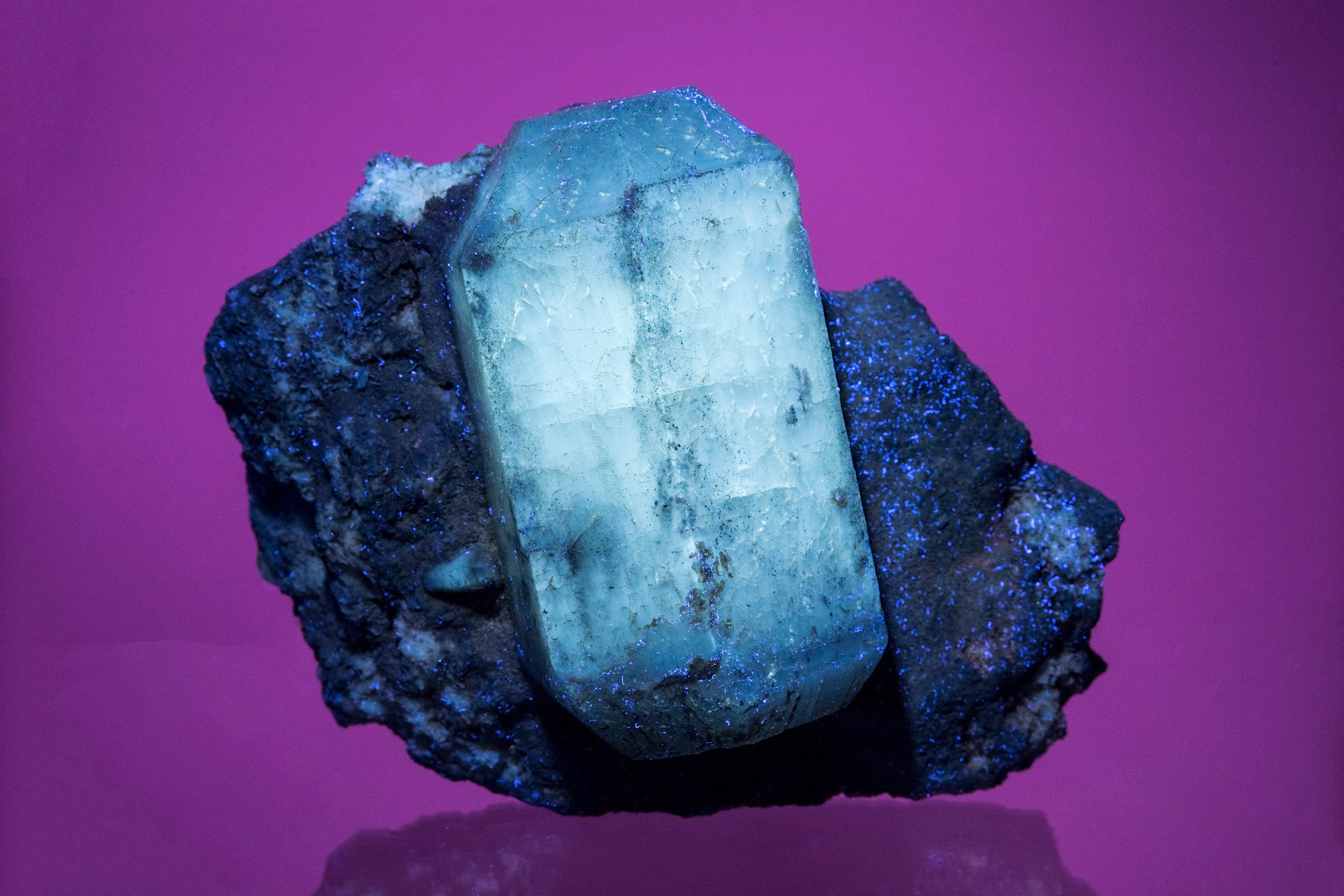
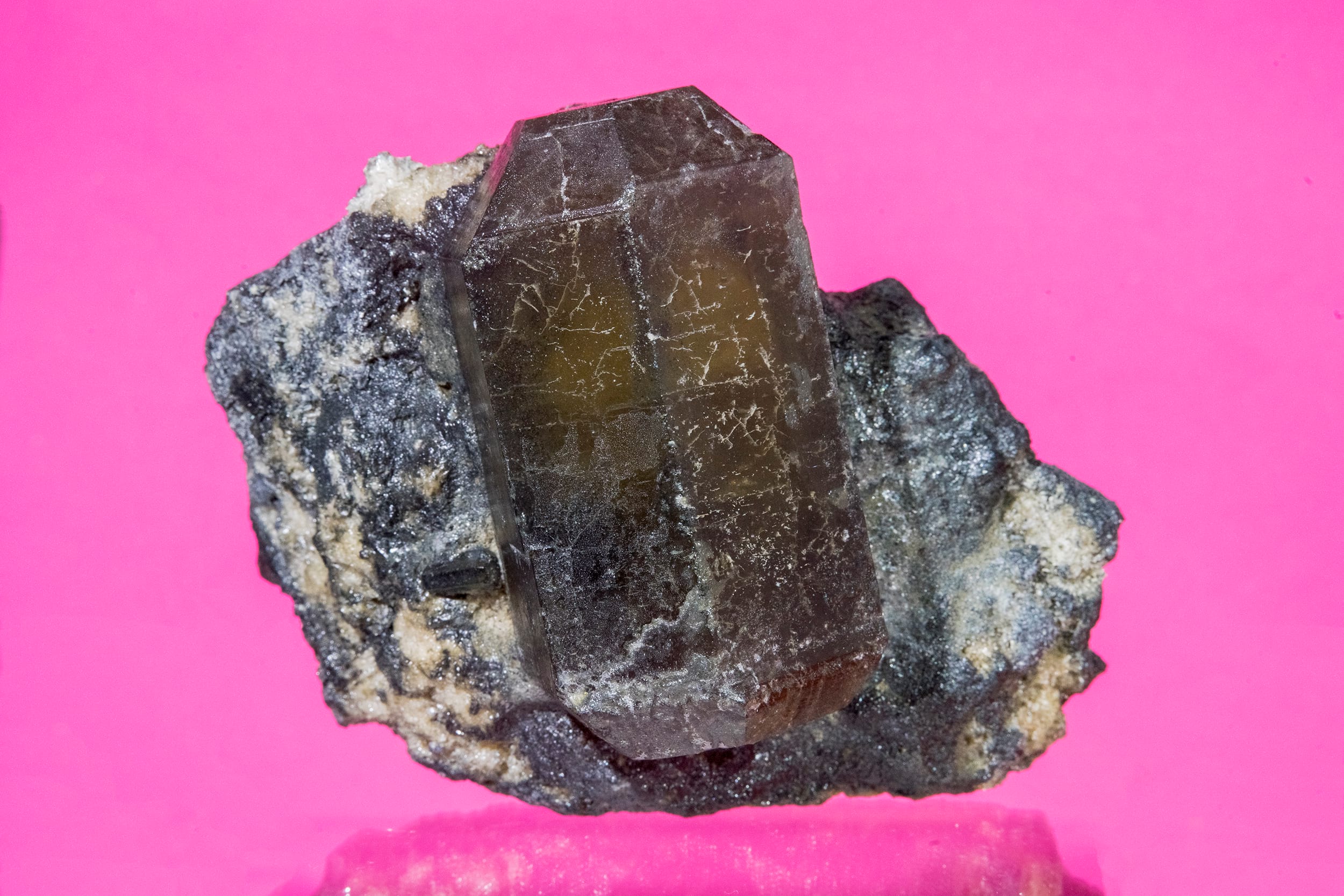
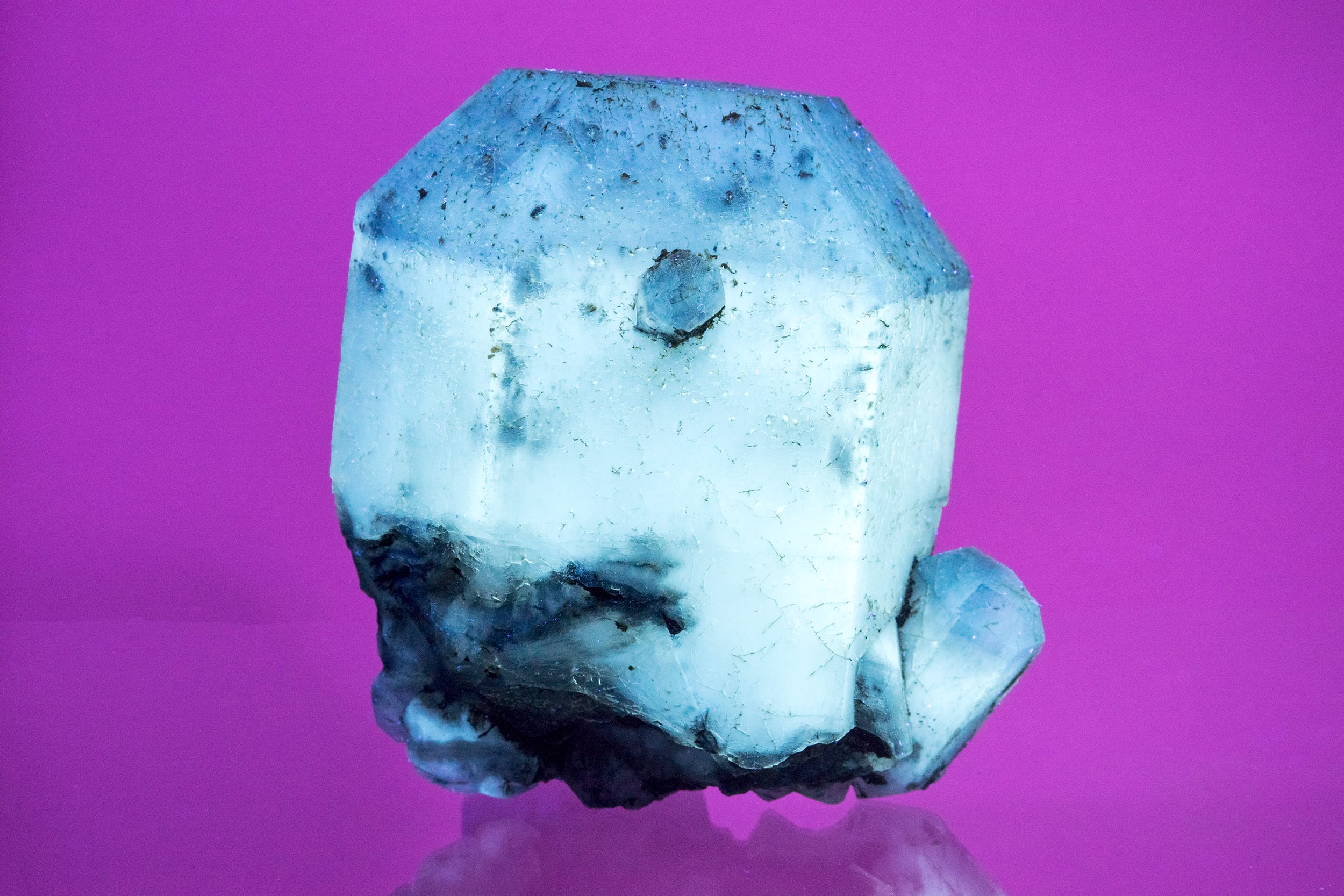
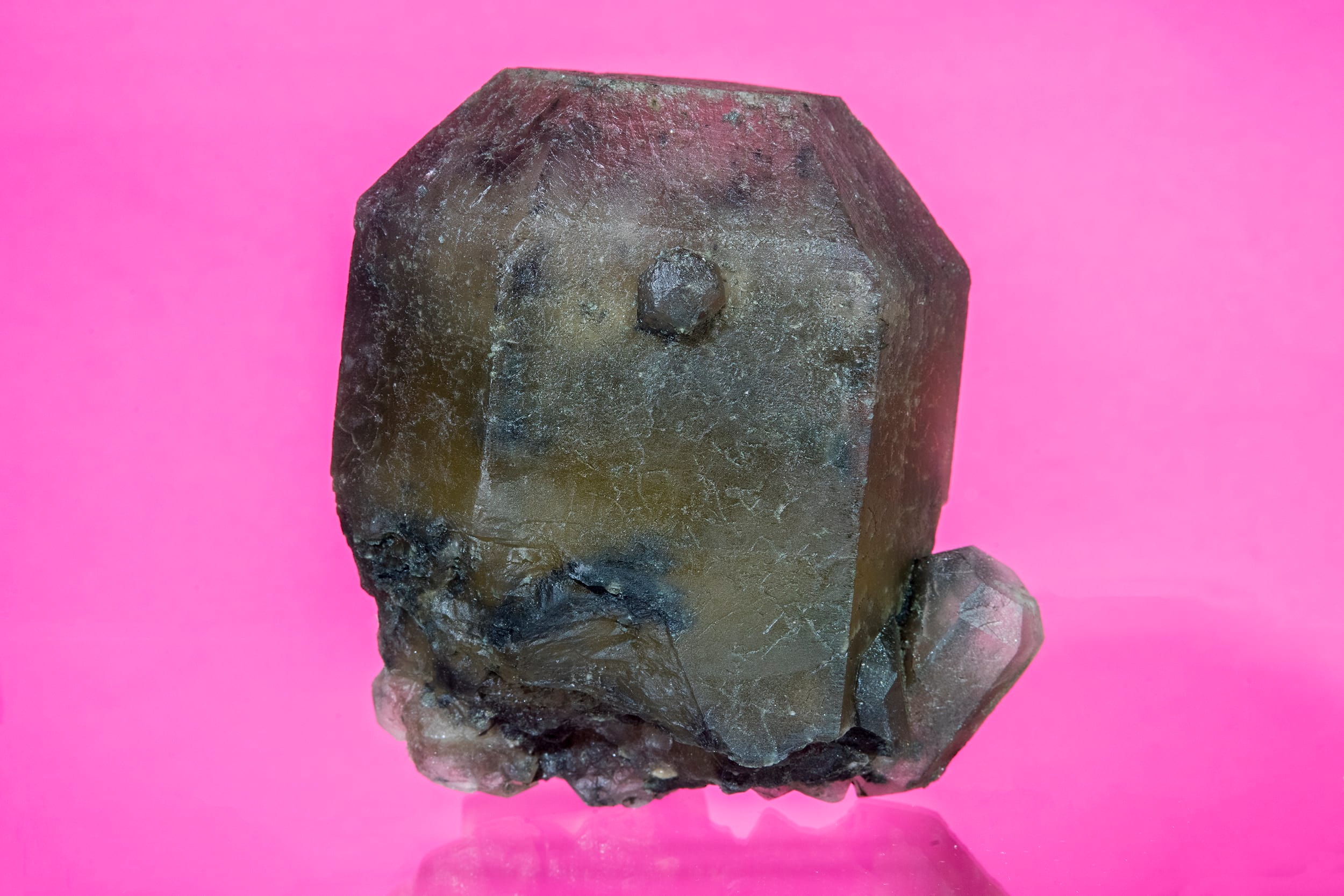
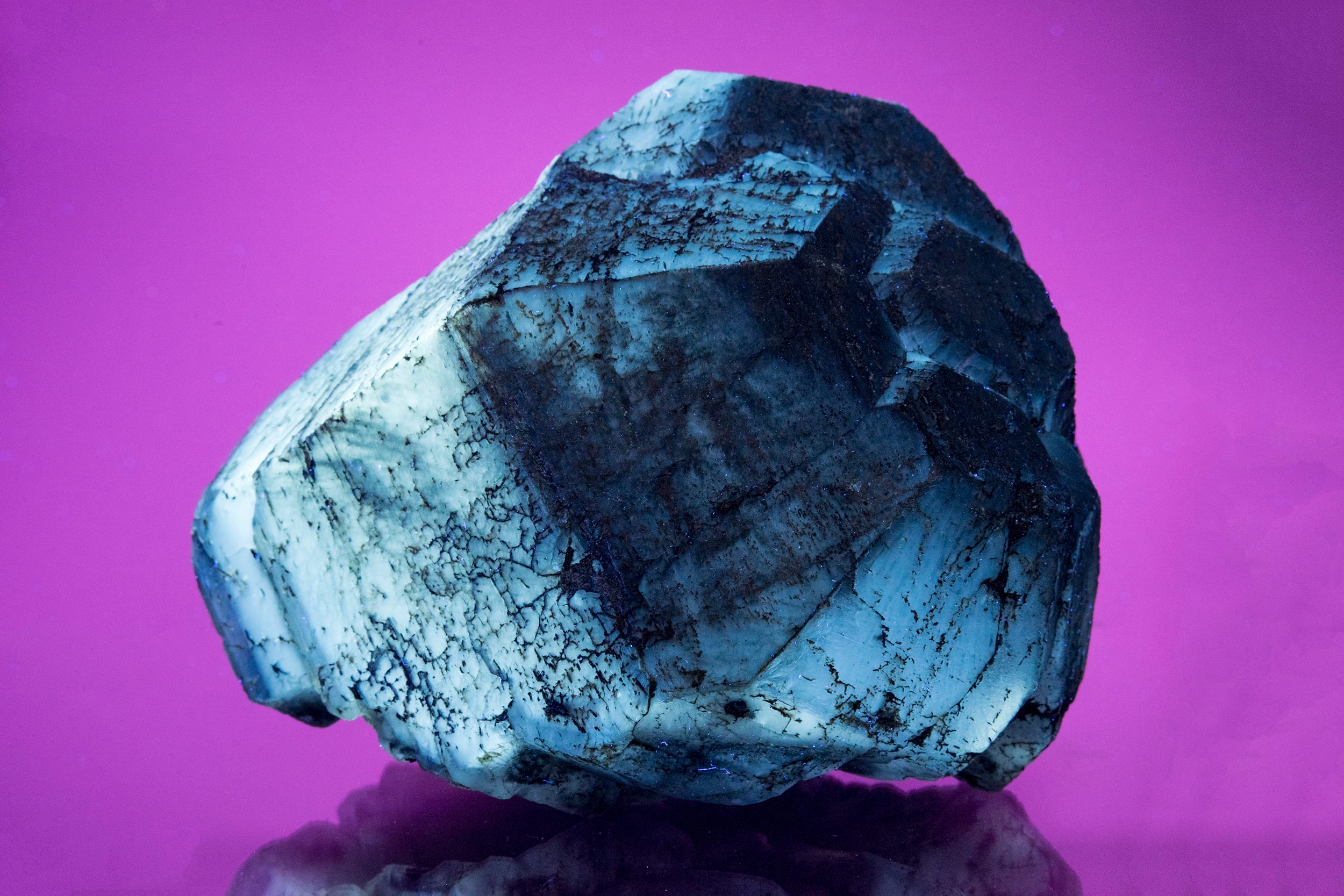
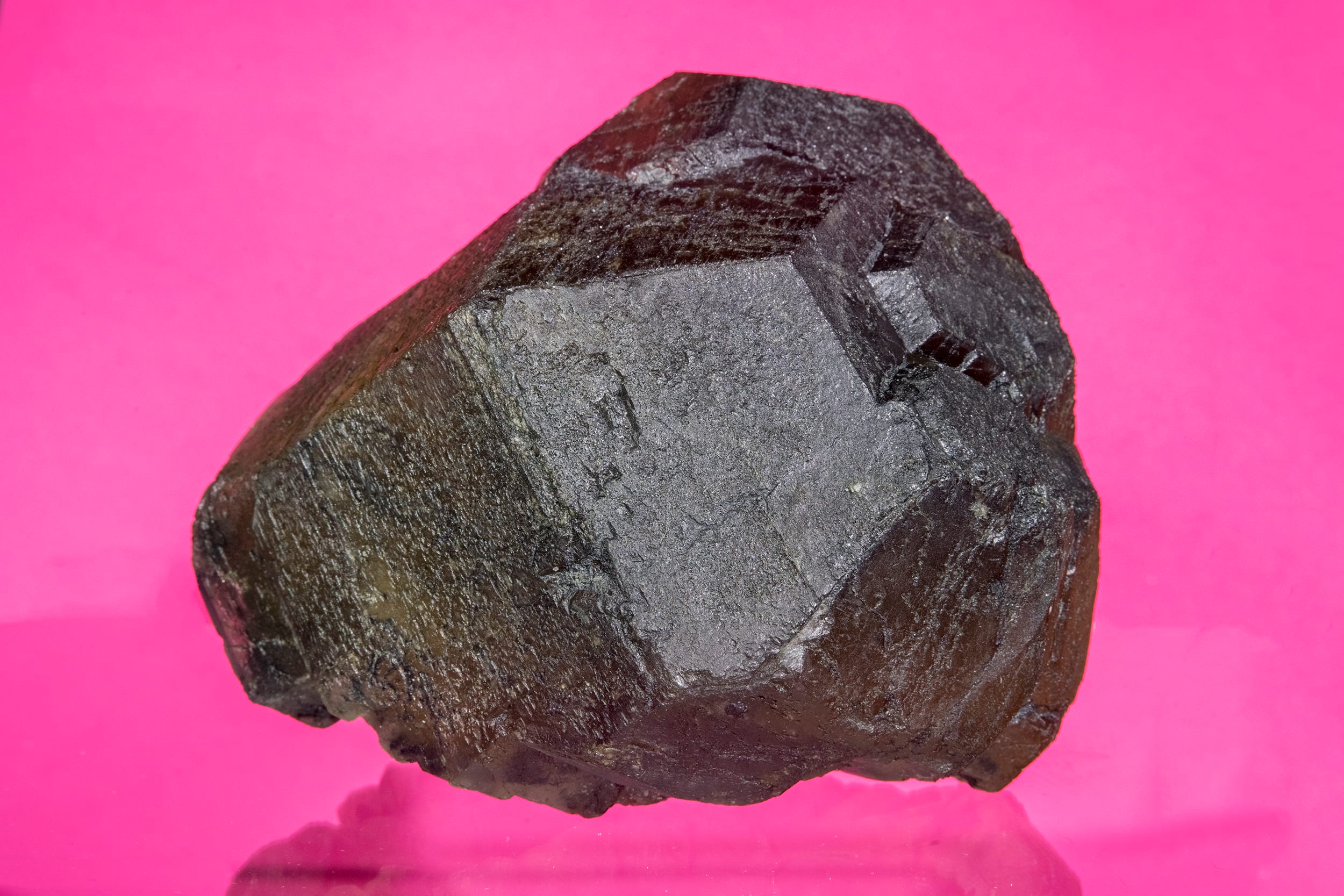
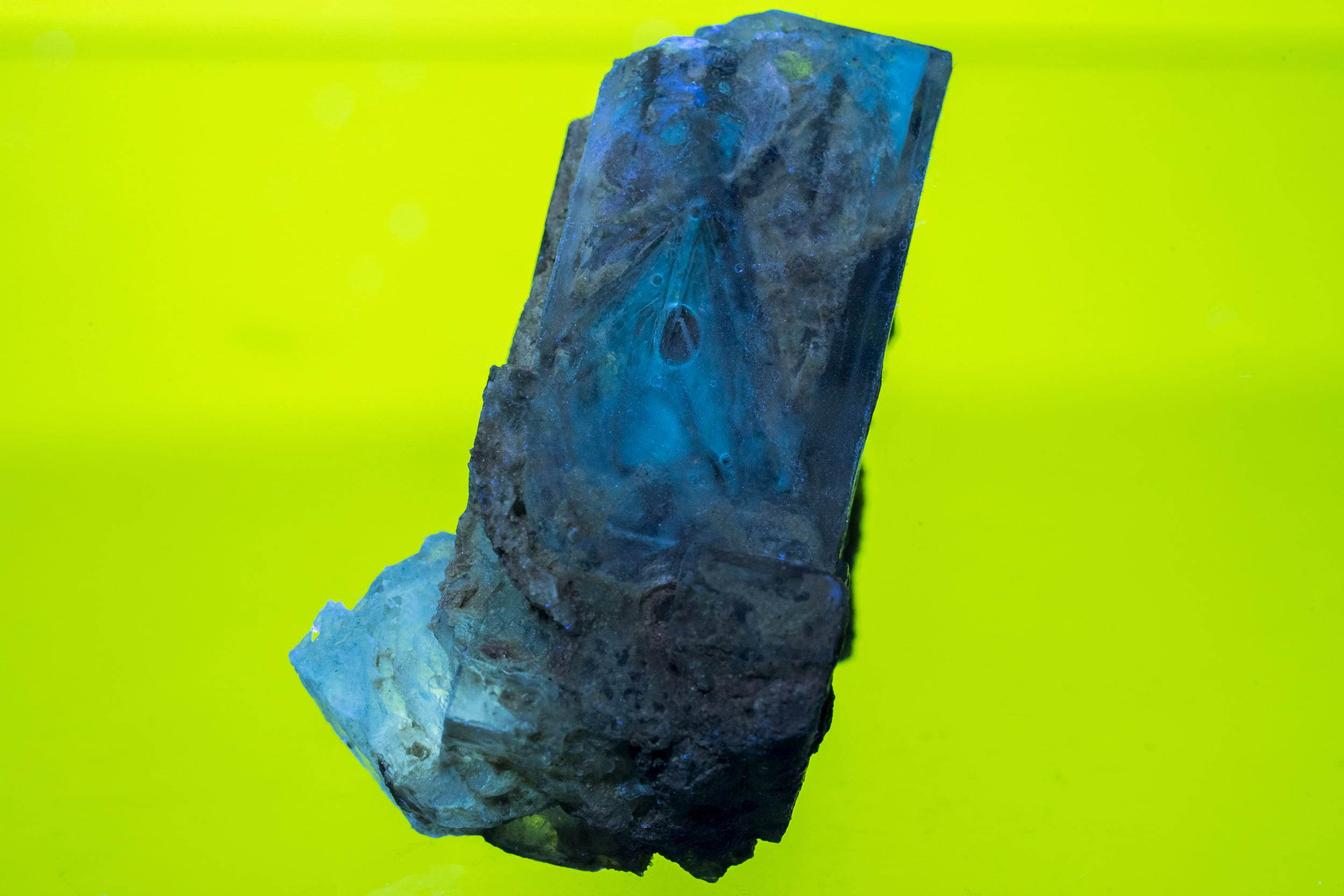
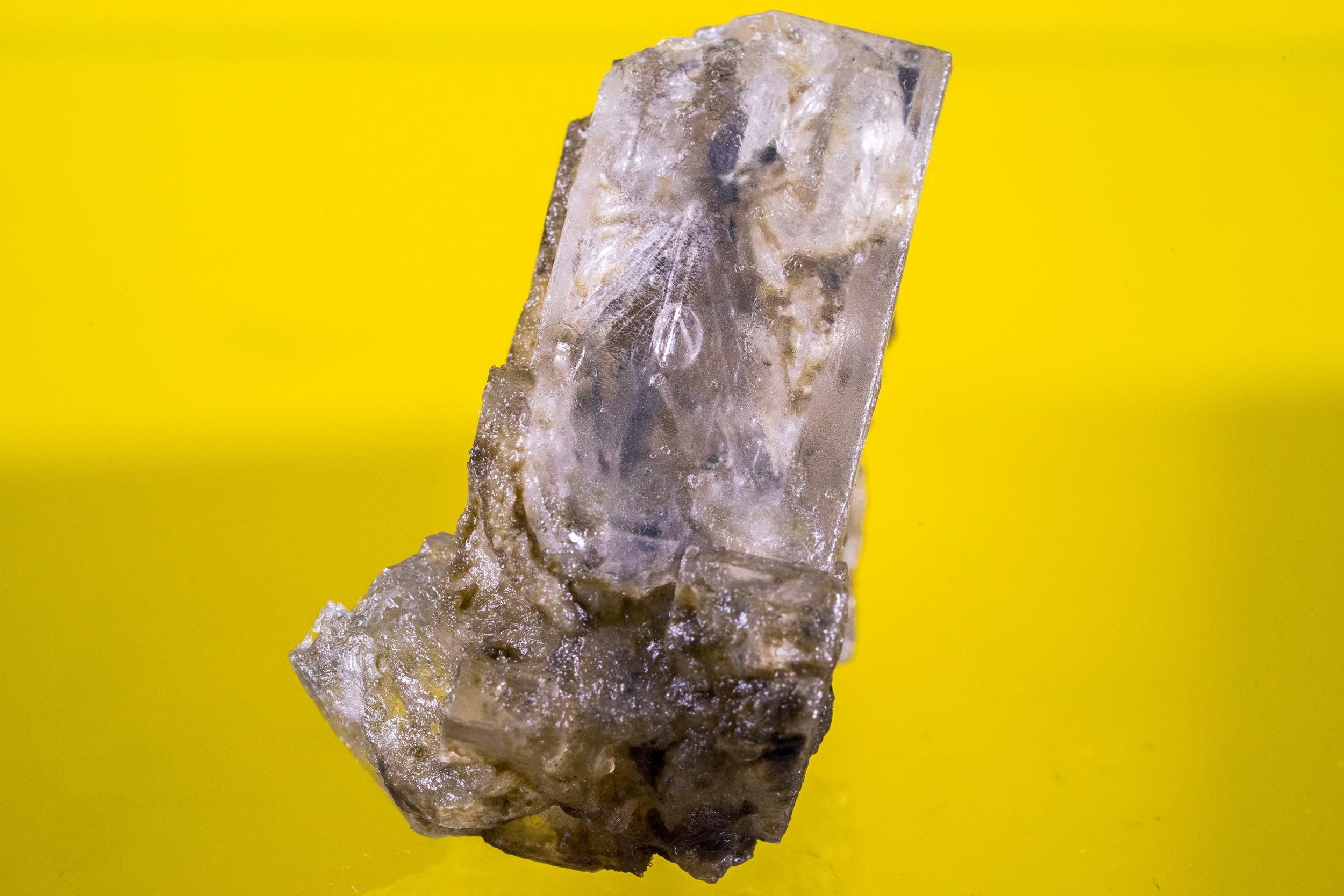
After this there was a bit of a gap before the next event so that people could get lunch and whatever else they needed. While some people took this opportunity to clean the specimens they just found I took the opportunity to explore. They had a miniature museum set up as well as a miniature show with maybe 15 or so dealers. There were wonderful minerals on display with this halite being one of my favorites on display. It had an interesting reddish pink fluorescence akin to Salton Sea or Amboy halite. However, this was mined from a different level to the mud pile minerals so I have no idea if this proves or disproves my guess that it was caused by the halobacterium. Note that this specimen is actually white. Any pink to red spots were from my LW UV source.
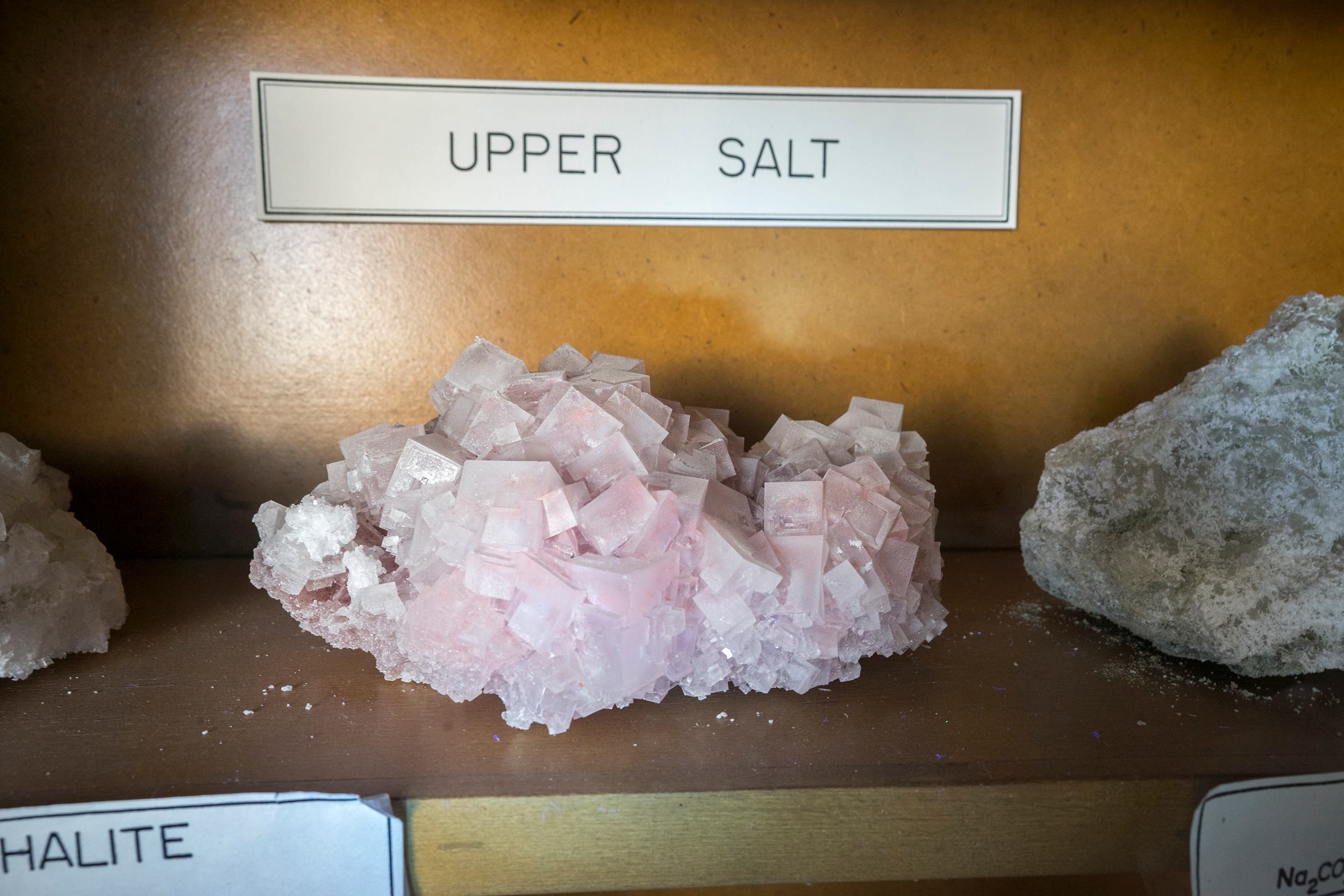

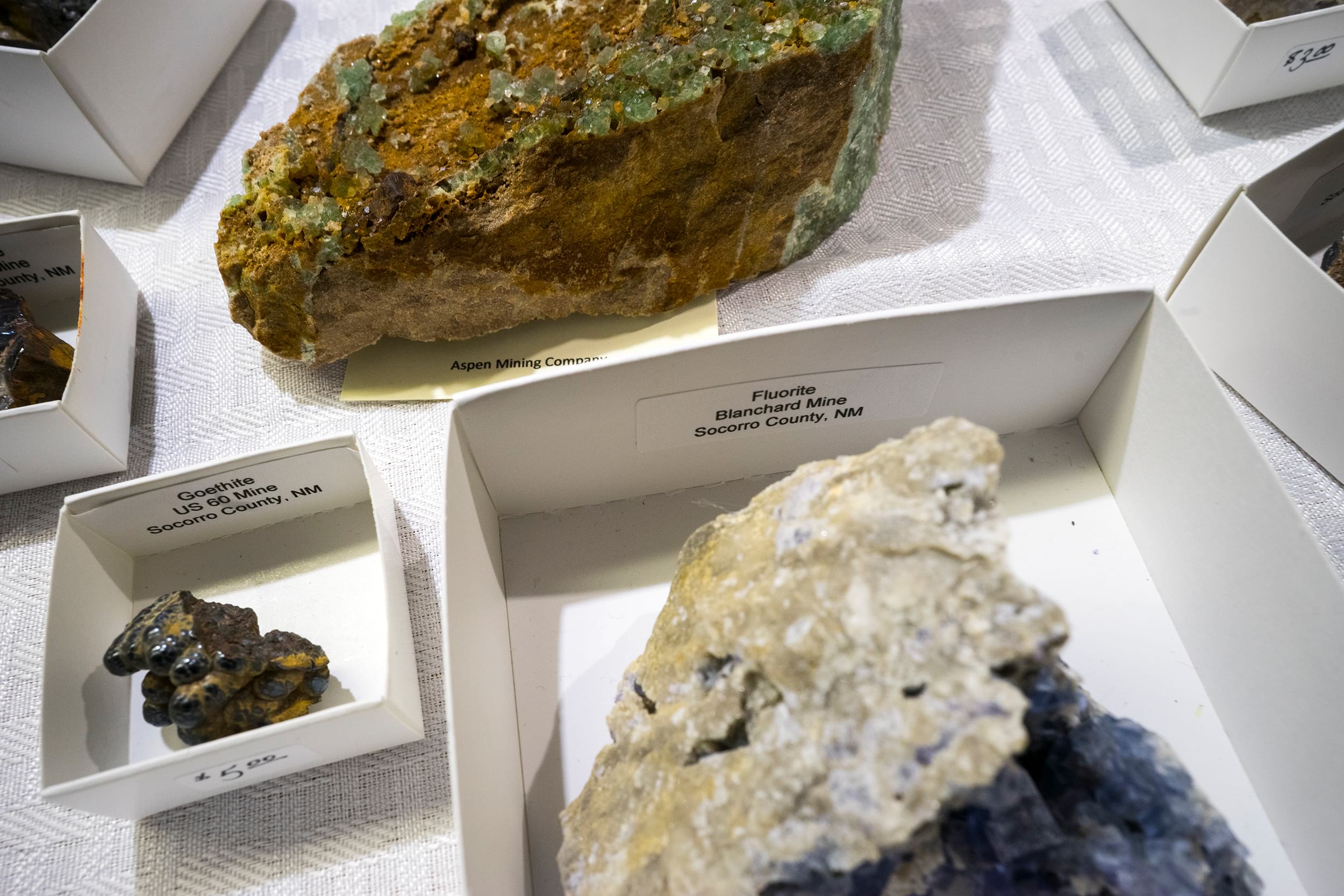

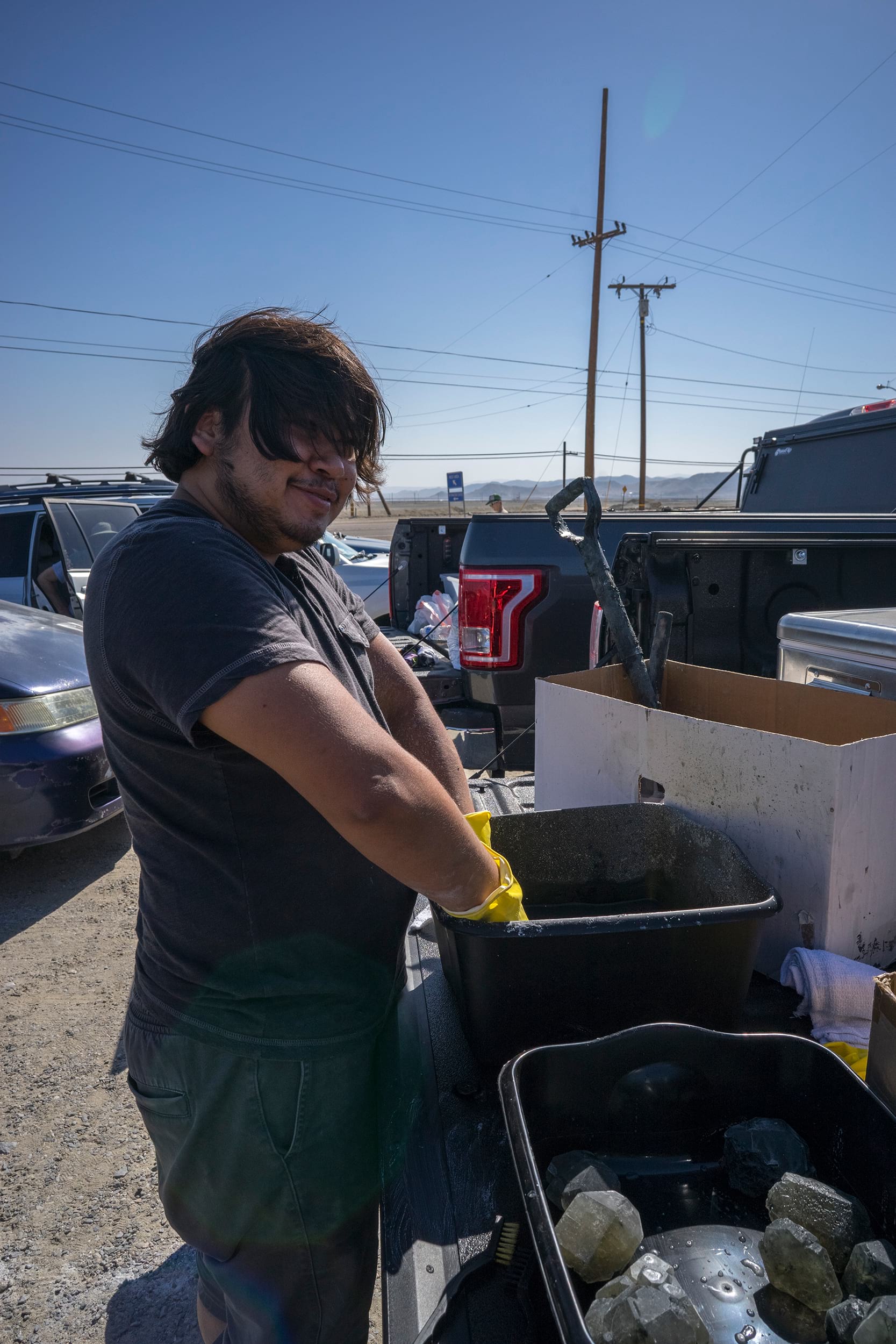


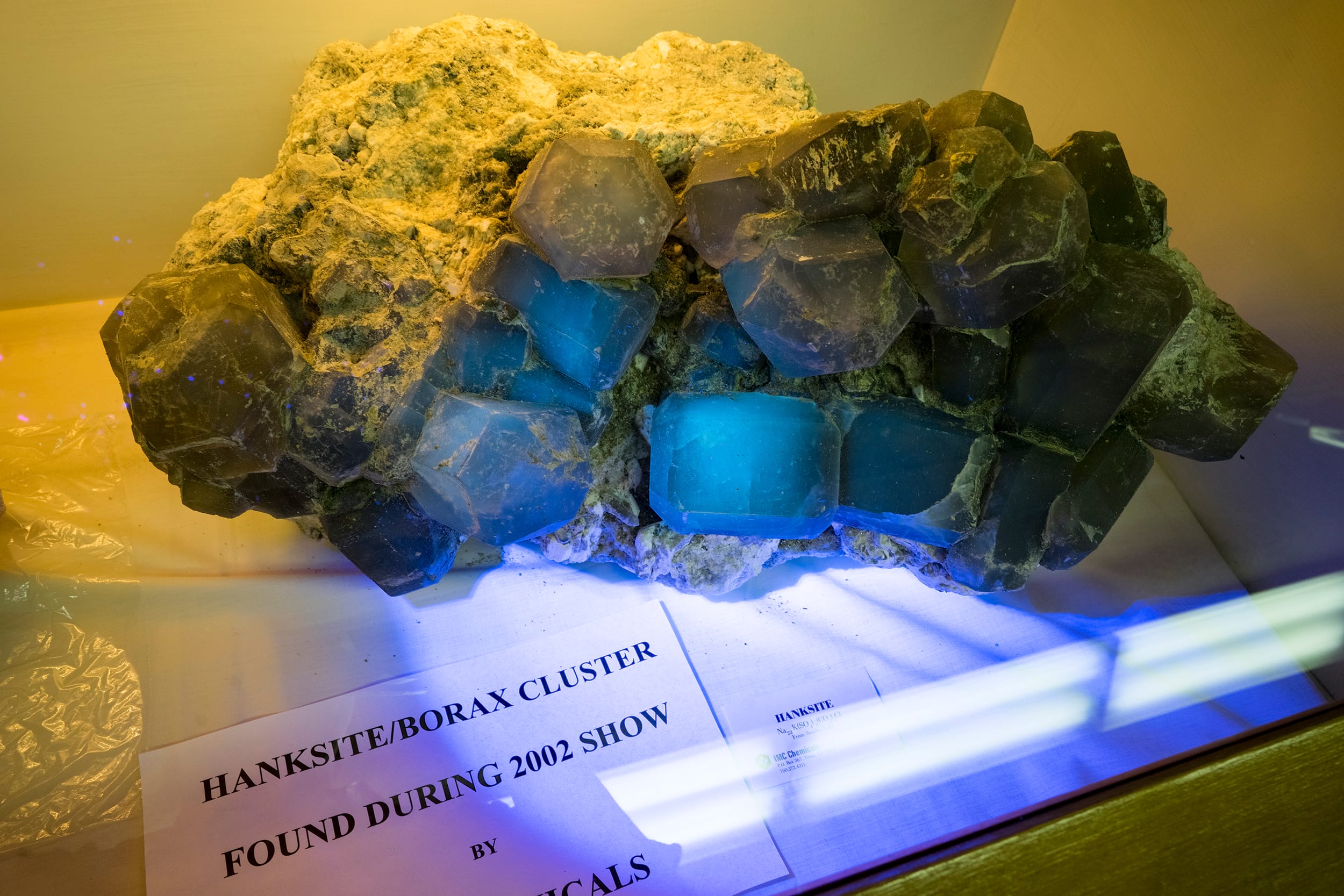
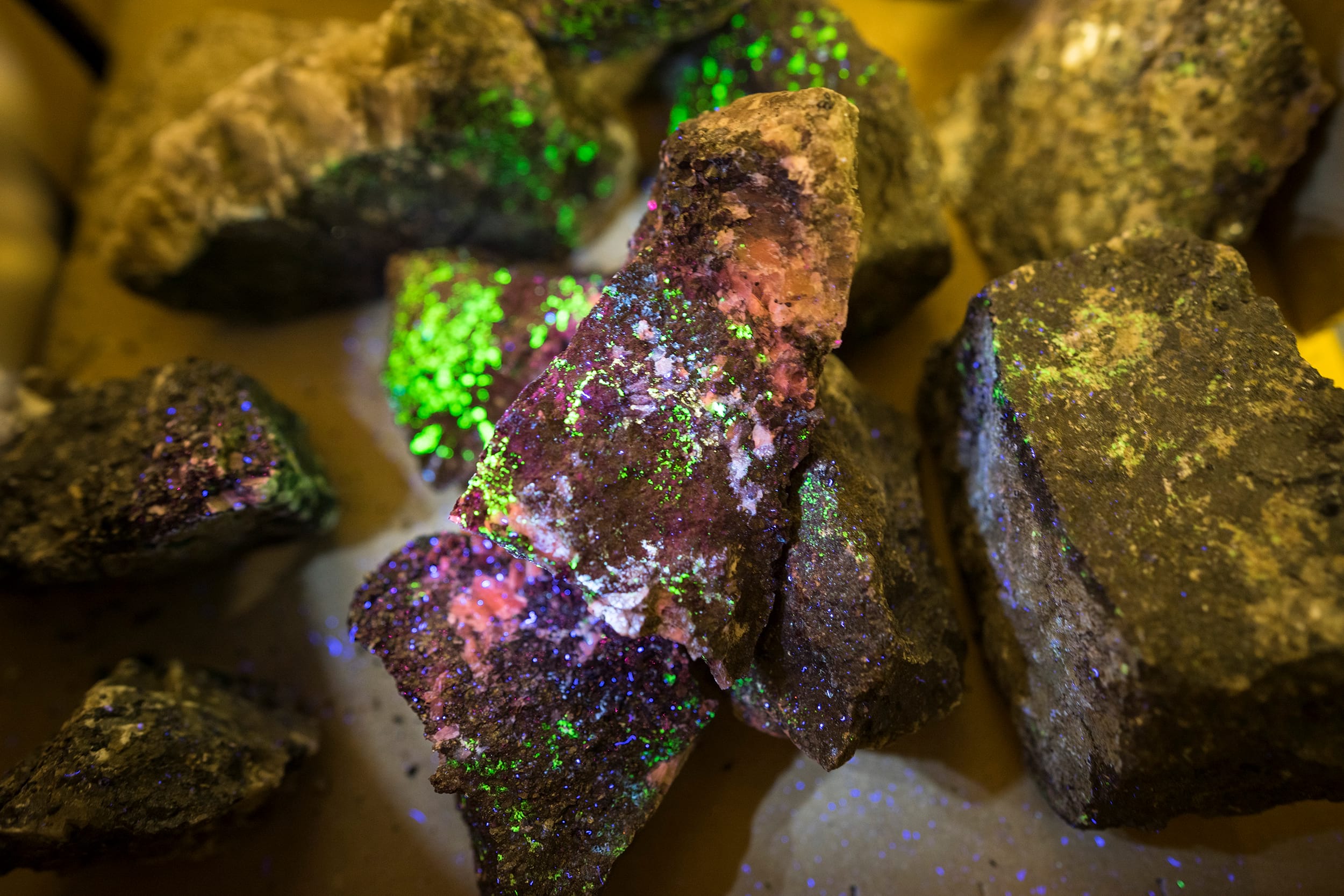
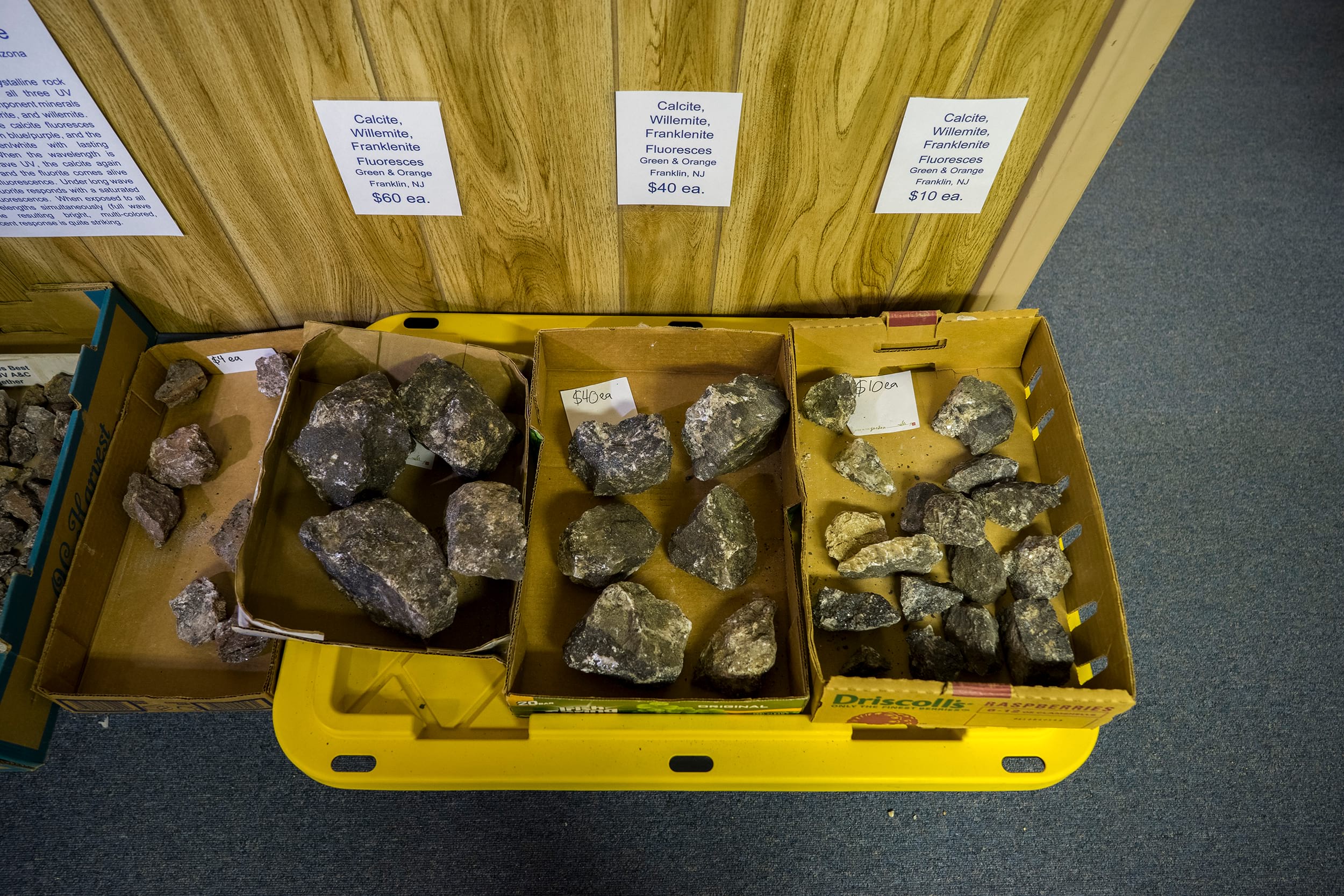
Once we had our bellies full (just a quick sandwich from their general store. Those delicious looking breakfast burritos sold out fast!) it was time to go to the blow hole. What a wonderful change of pace. After being incredibly muddy this was a place where you simply picked the minerals up off the floor. My tip is to bring plastic tools to this event. The crystals would get dinged otherwise.
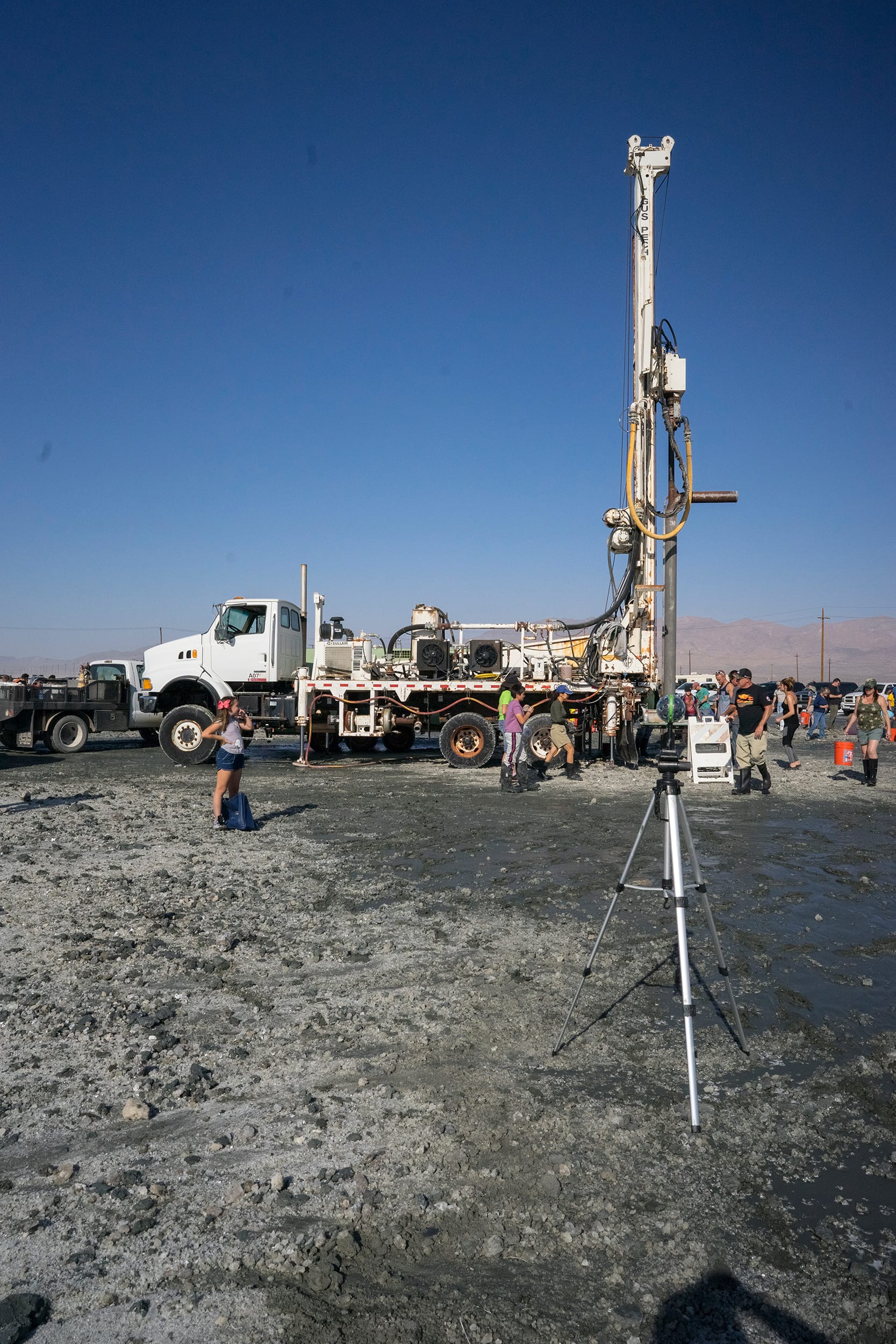
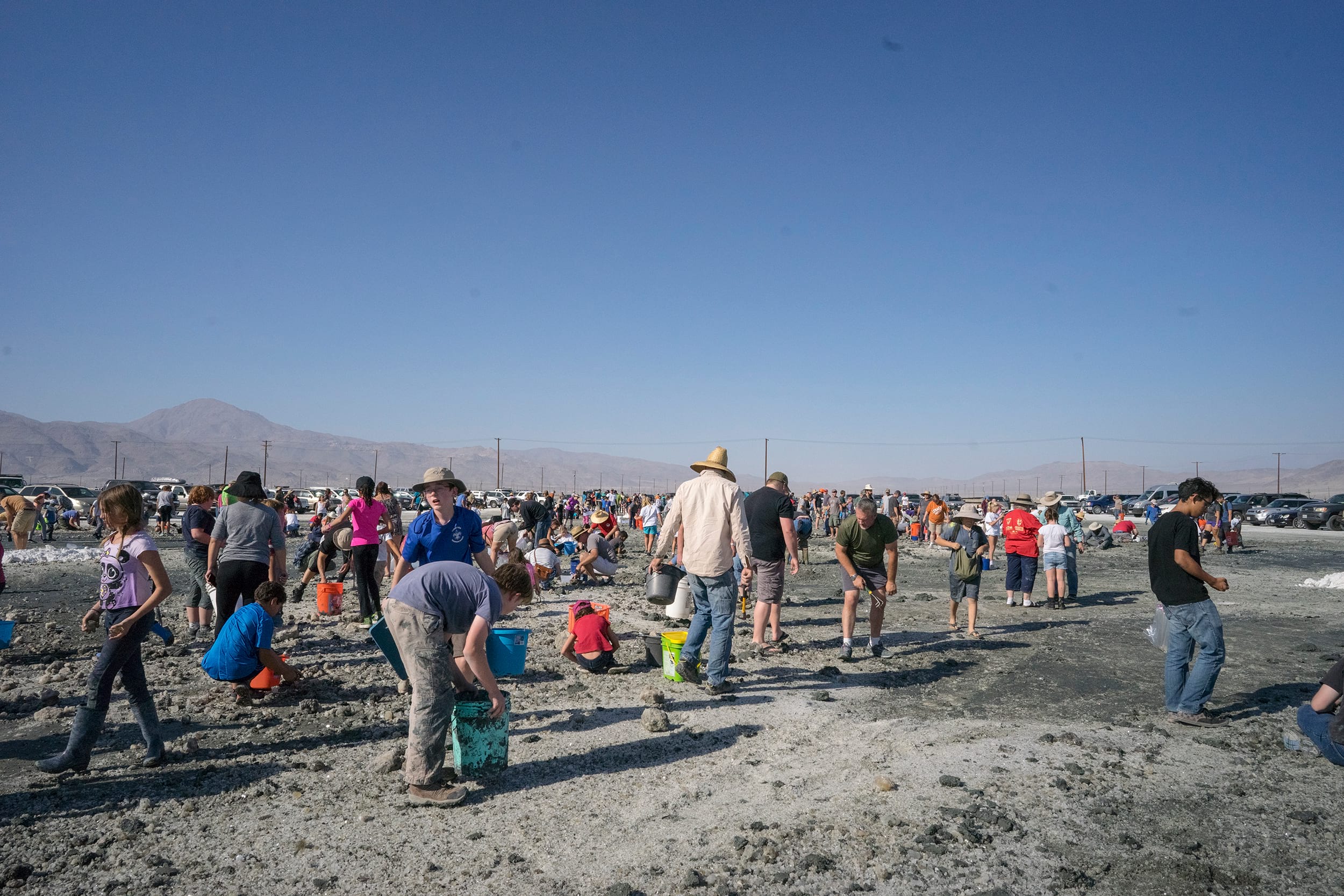
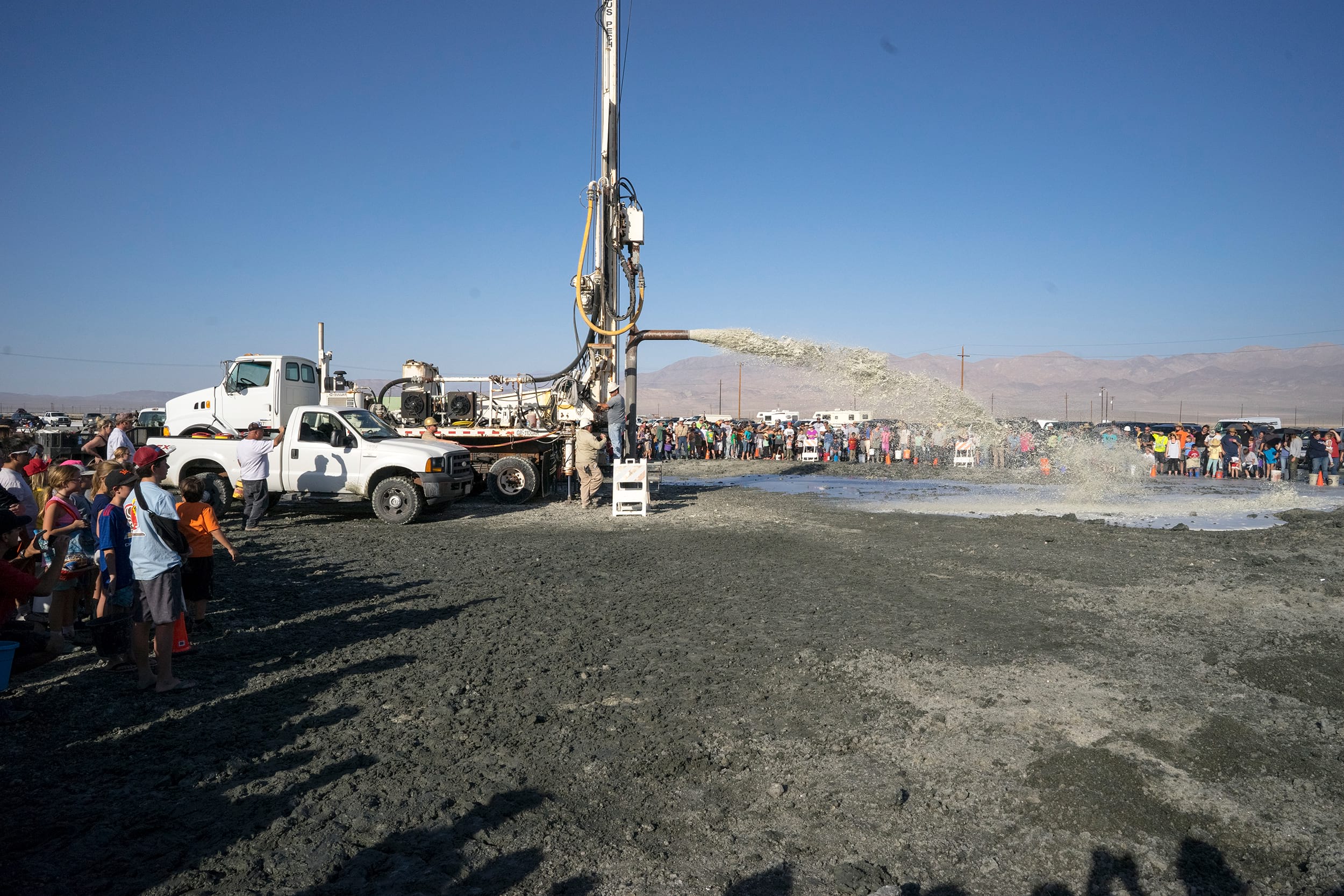
The first 360 is me sitting on the bed of salt that became our collecting area. The scale of the Searles Valley Mineral company is just mindblowing and even my 360s don't do it justice! Add a drone to the list of things I want. The next is me showing off a doubly terminated hanksite crystal while being stared at by the person next to me. Trust me when I say this happened a LOT! Everyone wanted to know what my 360 camera was.
And here are my finds from the blow hole section. My favorite piece is by far the twinned sulfohalite though. The perfect terminations as well as the twinning make it quite aesthetic to me. Plus, it's noticeably the brightest fluorescent mineral out of everything I collected.
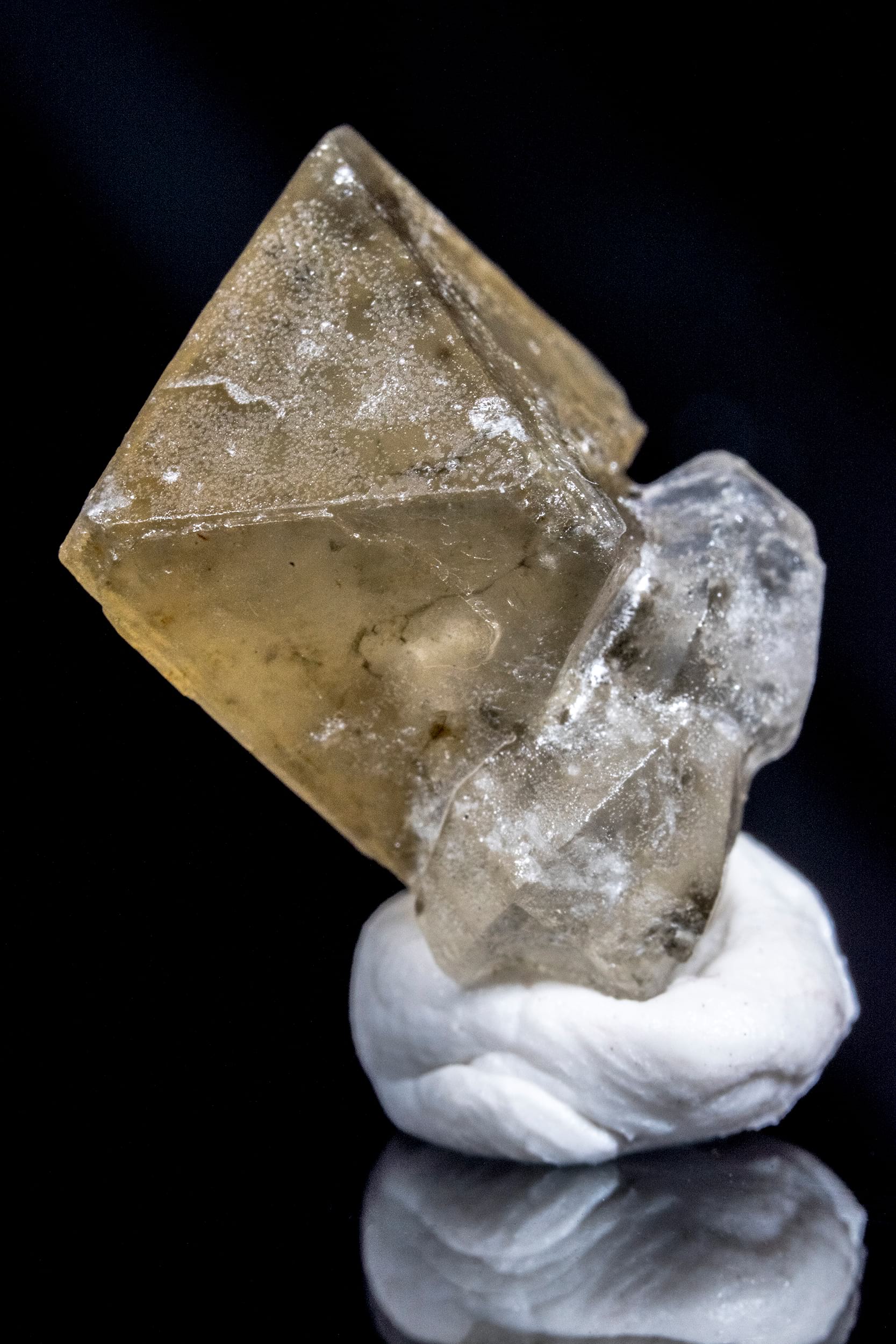
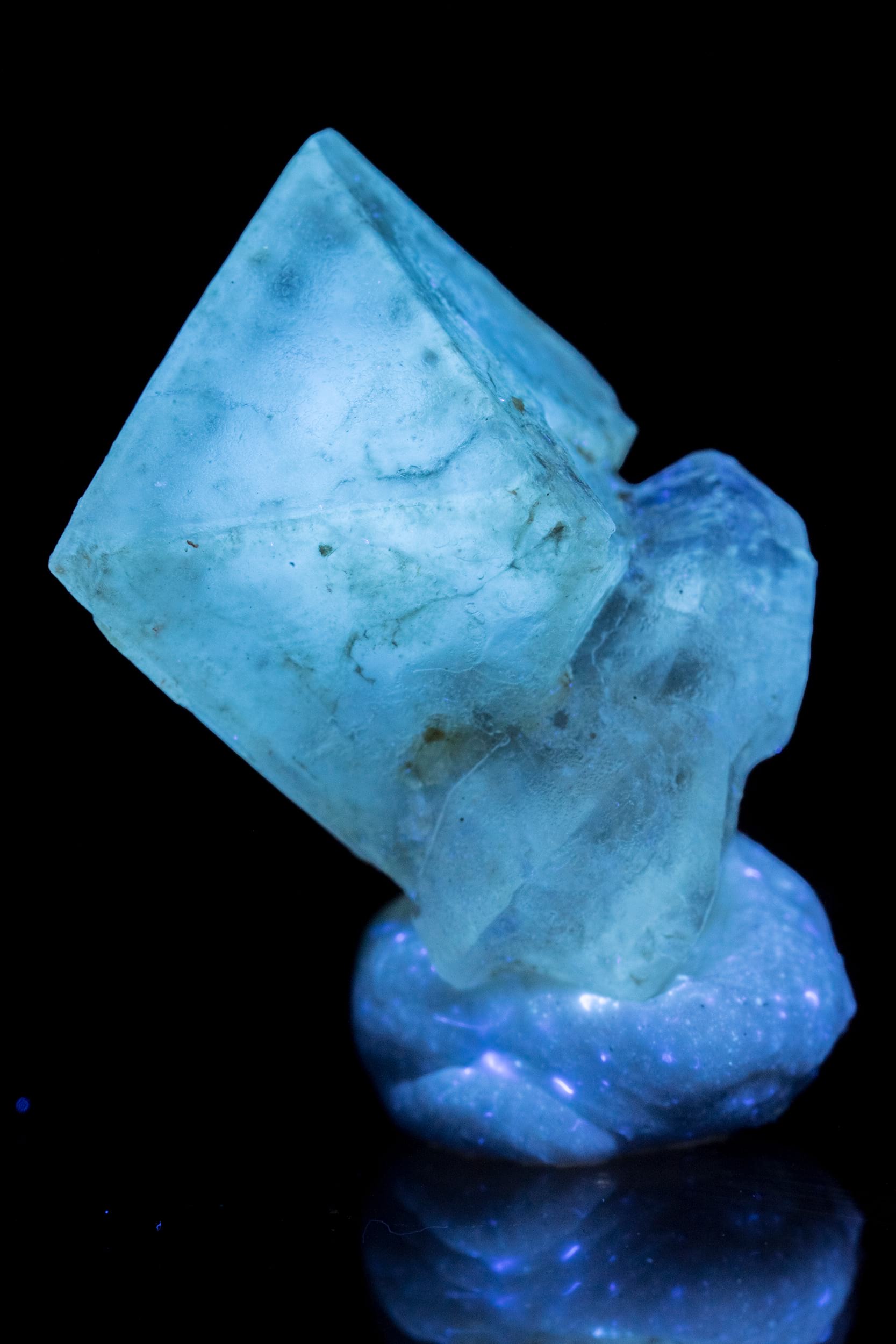
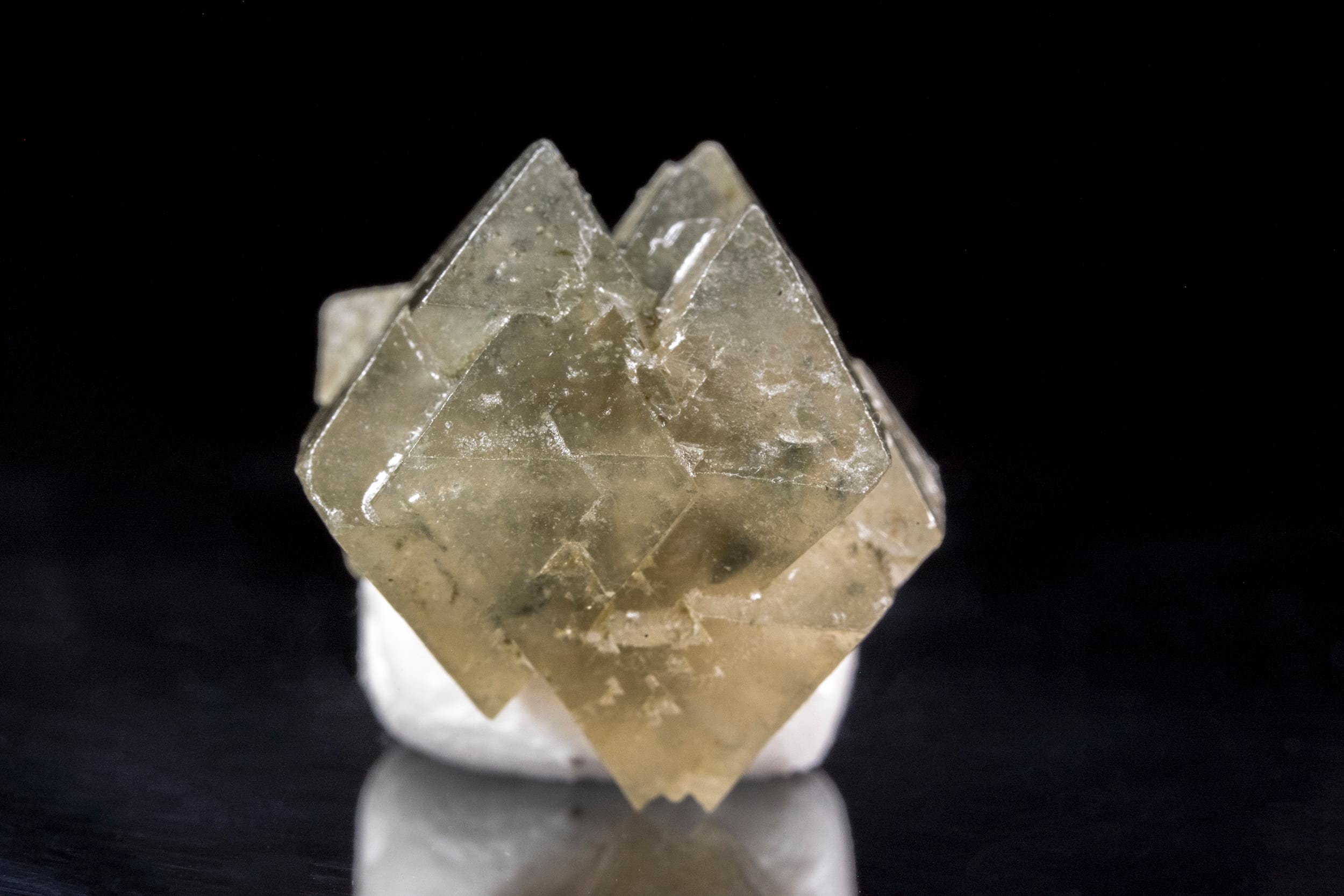
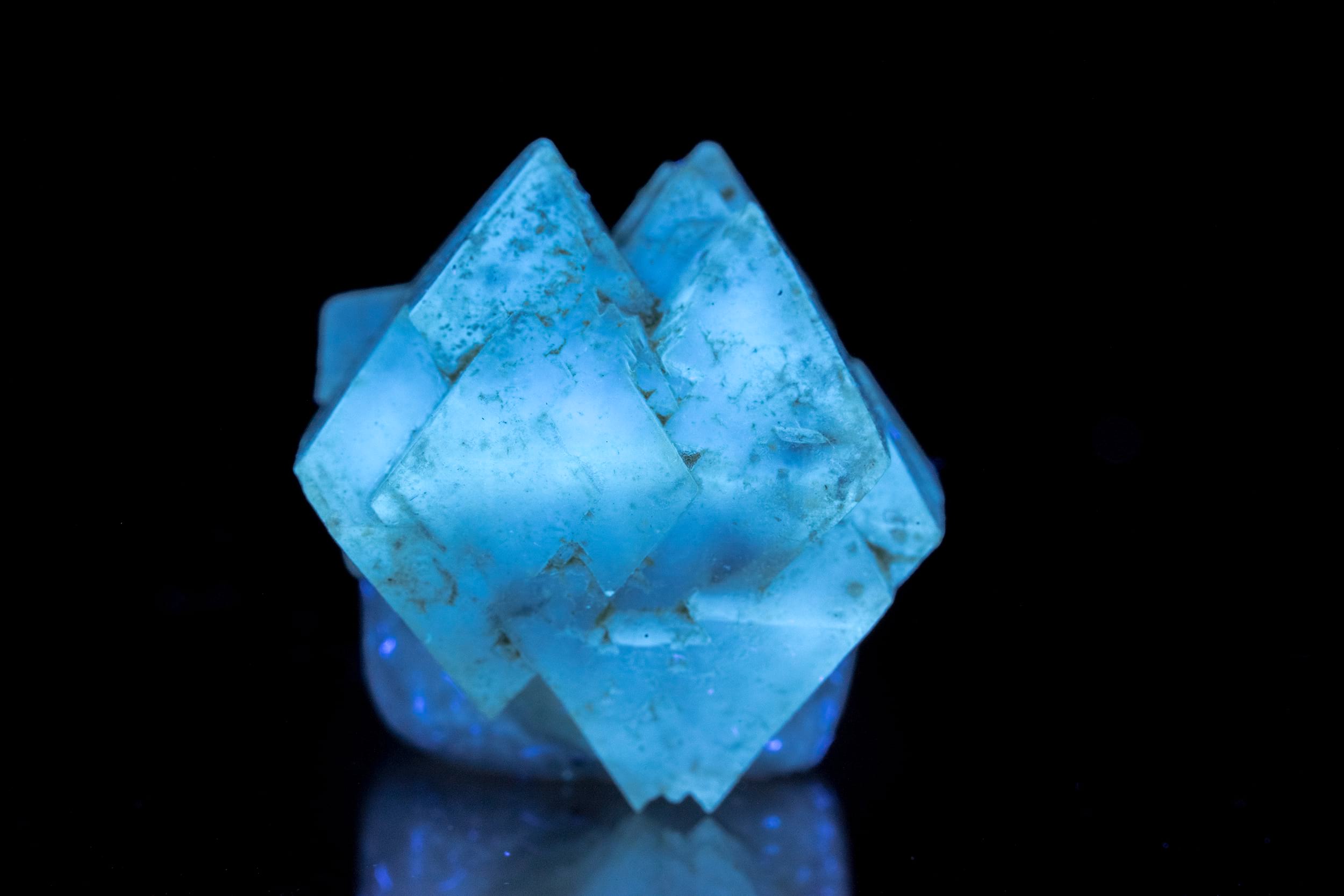
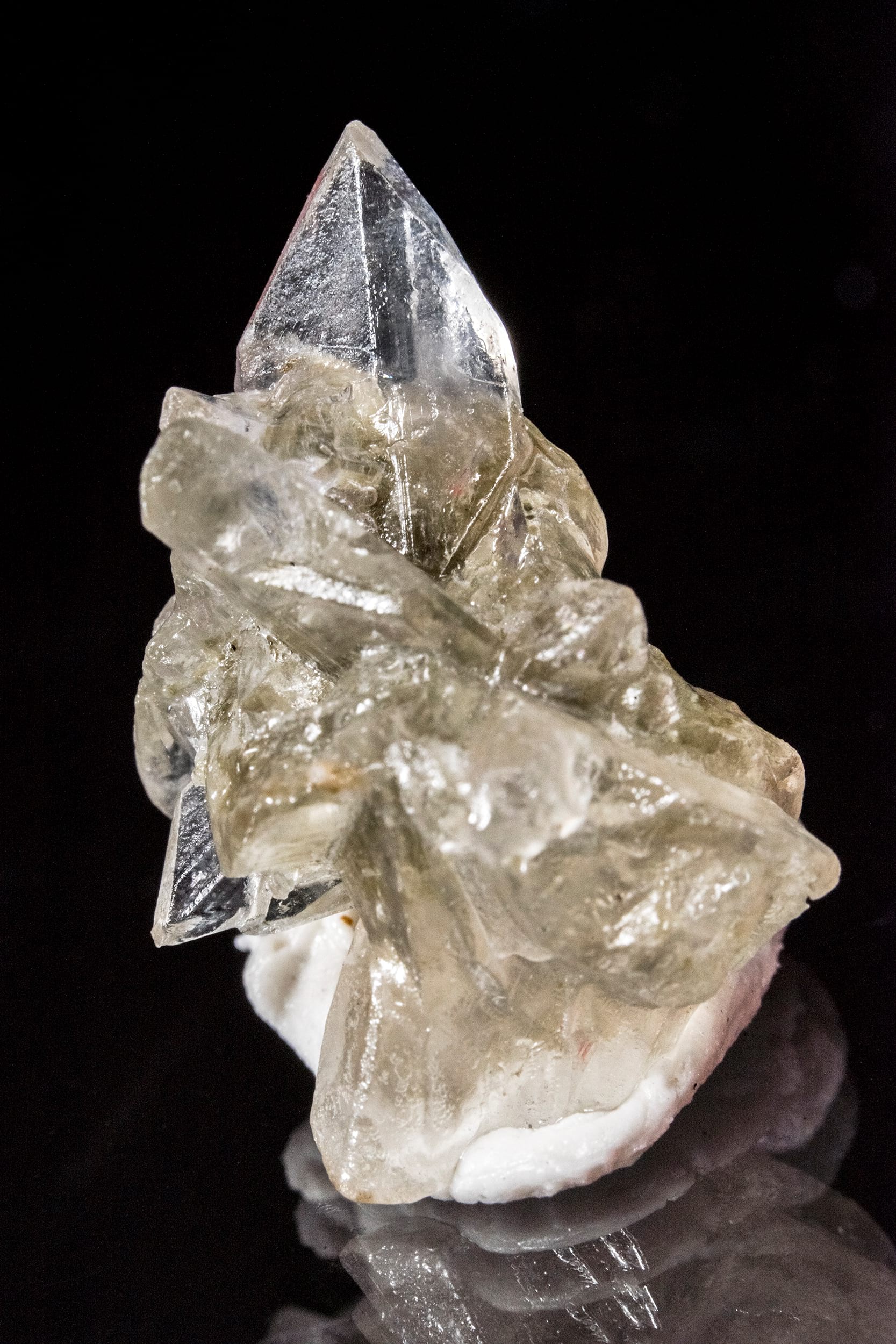
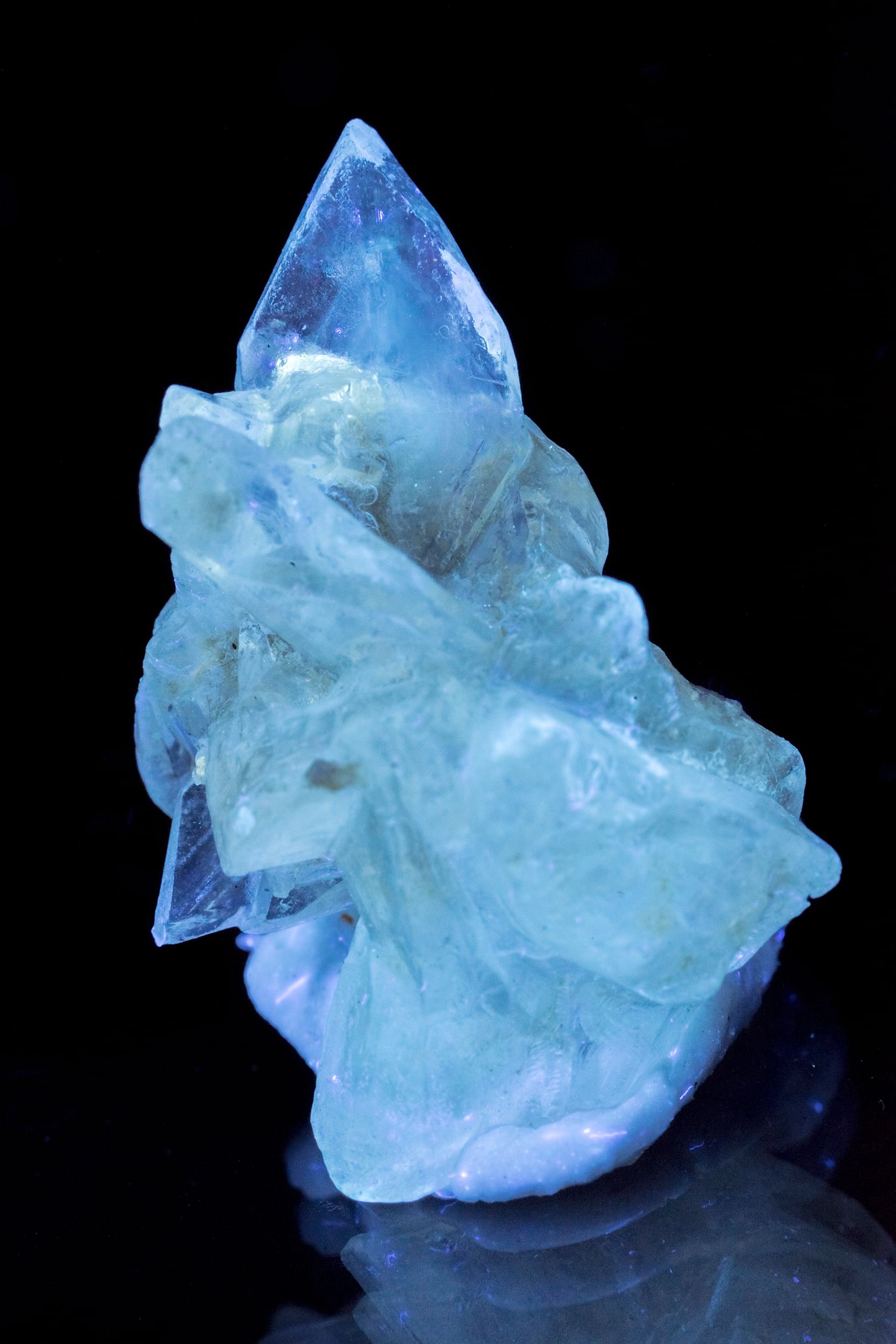
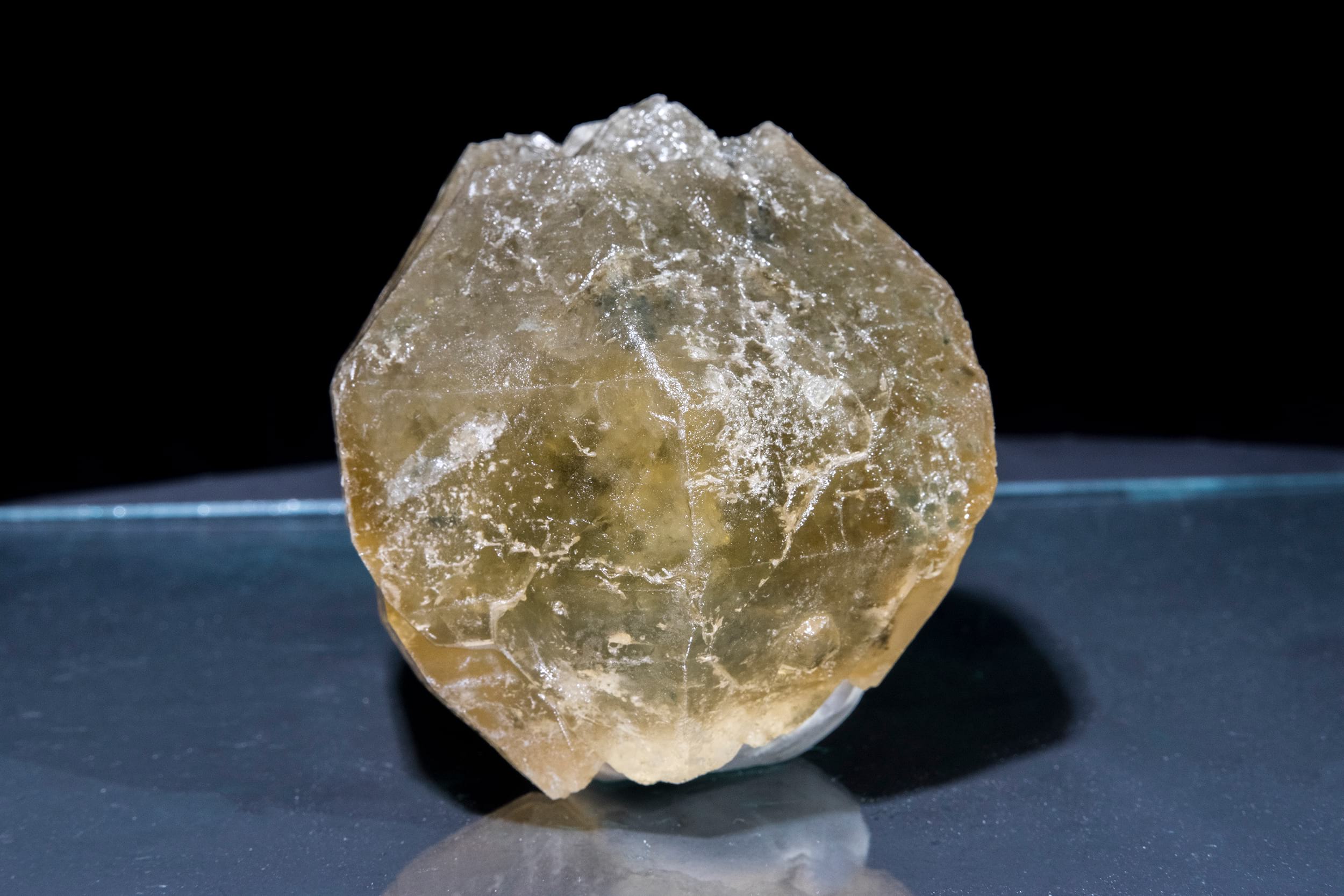
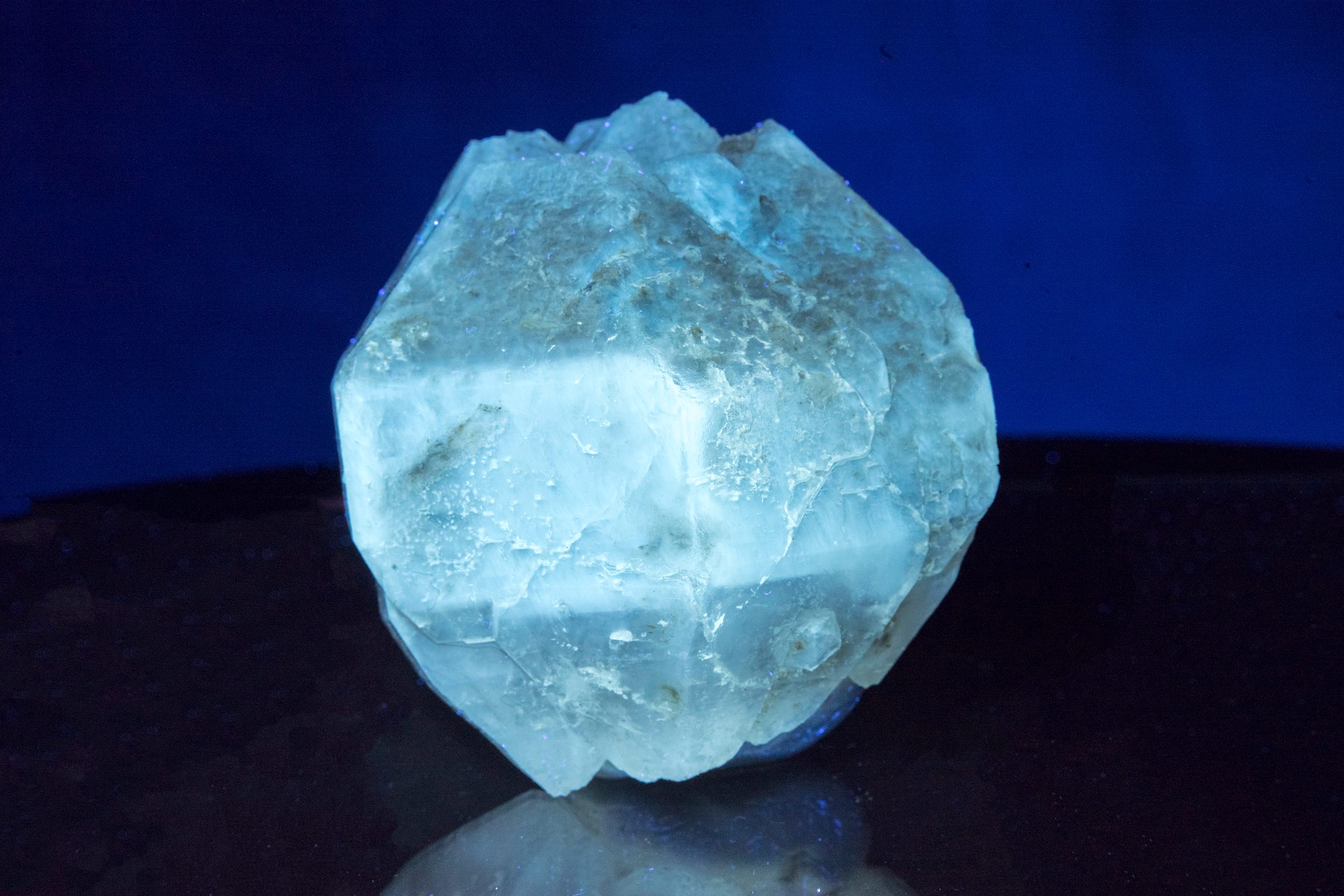
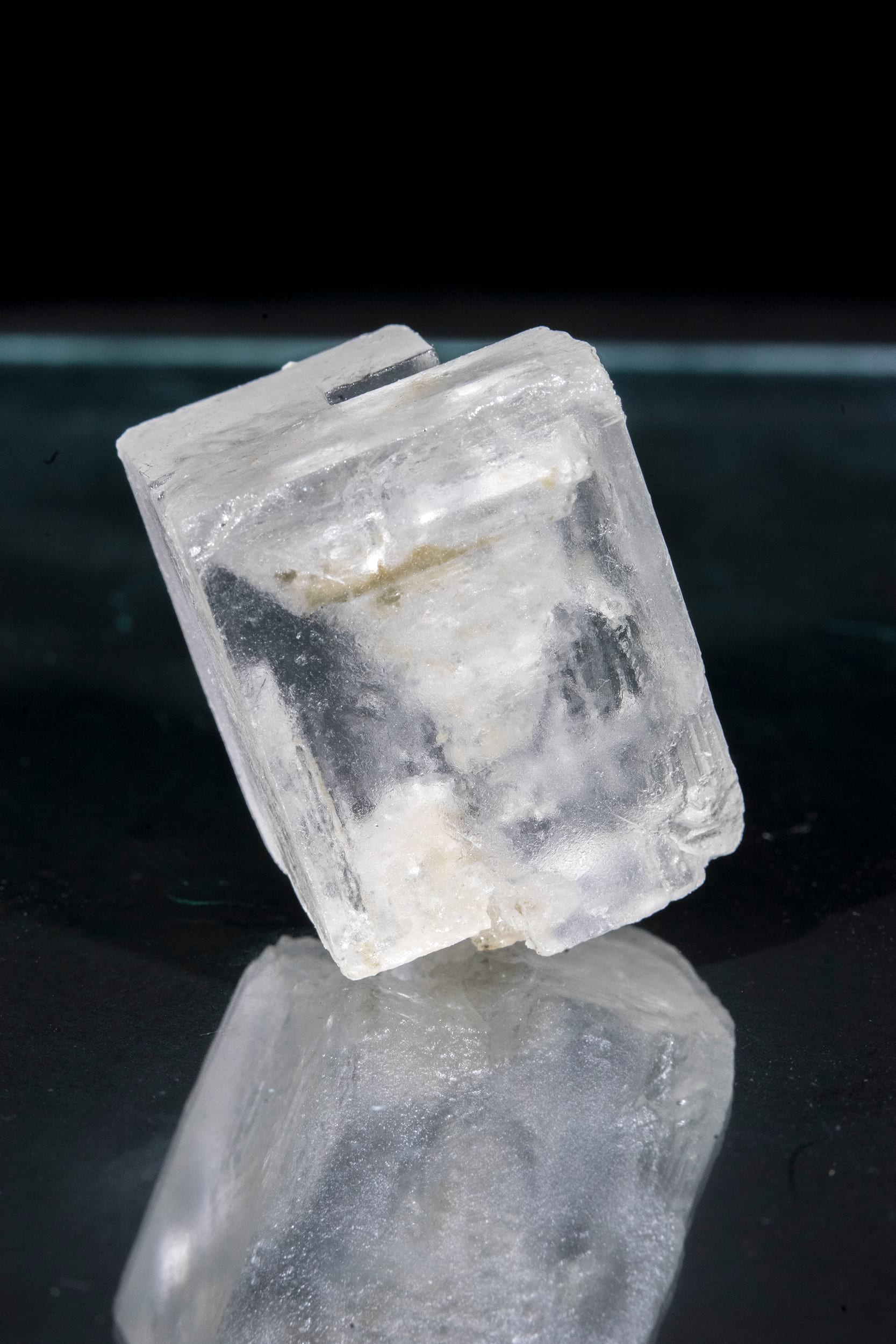
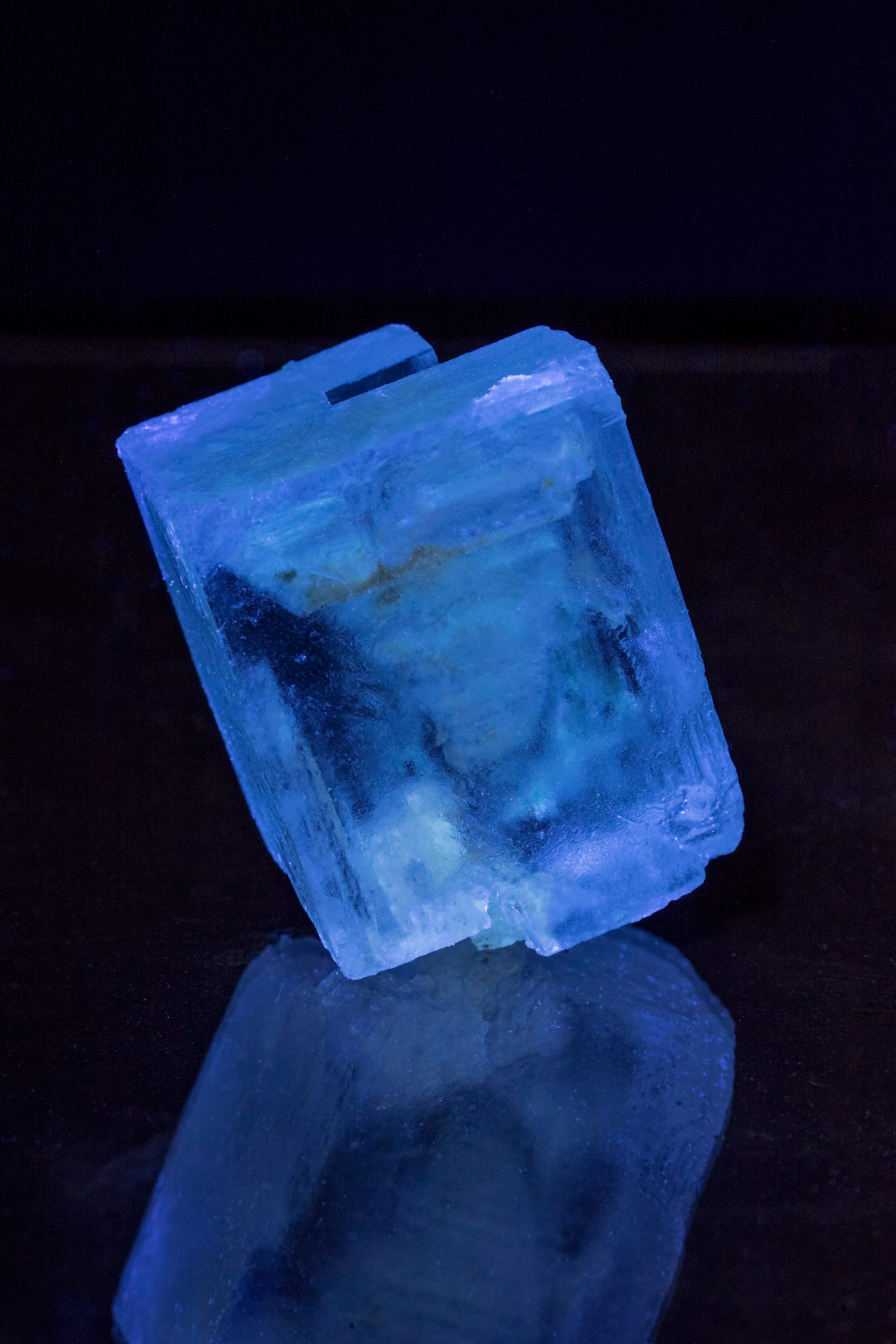
Oops! I took vertical video with my camera. It shows the phosphorescence nicely though.
While that was it for the Searles Lake events of the day it certainly wasn't the end of the day for us. After all, we're fluorescent mineral collectors and we thrive at night! The adventure would just be beginning for us. The first stop was the Grimes & Sexton Quarry. https://mrdata.usgs.gov/mrds/show.php?labno=10236095. According to the MRDS it was primarily a lead quarry with some other metals (copper, gold, silver). However, just look at the sheer scale of it! This was the one time I forgot to take a 360. Oops! This picture only depicts about 1/3 of the quarry too! What a lead deposit this must have been.
Not that we cared for the lead minerals. We were there solely for fluorescents! There was plenty to choose from but this was the piece that I took home.
http://www.raymond-wu.com/all/2017/11/4/calcite-chert-travertine
After this is where the night came short though. Dave's other place that he wanted to explore ended up being a bust. It doesn't seem to have been registered with the USGS so I don't know what the name of the mine is. It was just a small tungsten occurrence and I had already been spoiled by Atolia! Of note is that there were still huge piles of tungsten ore that should have been crushed. Nothing spectacular like the solid scheelite chunks of Atolia but large 100+ lb boulders with significant scheelite specks. The crusher stockpile that was left there still had a large amount of scheelite in it as well. It was almost as if the place was abandoned for whatever reason.
The next day is where Dave and I parted ways. He had to prepare for some job responsiblities on Monday. My thinking was "I'm already here. Might as well go through with the full experience. I knew full well that the pink halite was not a good fluorescent specimen as I had seen plenty at shows and even purchased a piece when I was first starting out. Needless to say I didn't intend on bringing any home. I said to myself that I'd only bring home a piece if I found a small plate with exceptionally large crystals. Another tip is to not use the pry bars that they supply. I tried it out for about 20 minutes before I just moved straight to the rotary hammer I had brought. Much quicker and I could flip over larger amounts of pressure ridges (bumps on the surface of the salt bed where crystals form) in record time.
So what did I end up with? Not quite the large 3-4"+ crystals I had hoped for but a halite that was twinned side by side totaling about 2.5". It wasn't even worth my time to set up a proper photoshoot but I wanted to highlight the difference between the two pieces in the photo. The one on the top is a piece that I had bought when I first started out 3 years ago. It has long dried out and is closer to an orange color than the original pink. However, it fluoresces brighter than the fresh piece I had gotten. Quite interesting!
While the events of that year's Gem-O-Rama had concluded I still hadn't had enough. I wanted to explore more since it was still so early in the day. I decided to visit some spots in Randsburg, the first of which was the Historic Owl Cafe. I have to say that places like this are where 360 cameras really shine. There's so much effort and interesting history covering such a small area I don't think anything other than a 360 could do it justice. The owners, a husband and wife duo, had quite an interesting story. Originally their store was situated in Los Angeles as a security store - the remnants of which can be seen in the 3rd 360. However, they wanted to get away from the hustle and bustle of the crowded city and so they moved to Randsburg. The husband already did occasional gold panning so why not settle on a place with so many fee digs and weekend gold mining areas. The amount of artifacts and curiosities they've accumulated is no short of amazing for the size of the place!
One of the other things that I enjoy doing when I go to remote places like this is look for antique shops. There are always interesting items that had been passed down through the generations. The place I found (and I don't remember the name unfortunately) had a wonderful trough of antiques. However, I decided that since I had found some uranium and depression glass in the remnants of a bonfire I impulse purchased some that was for sale at this antique shop. Unfortunately, while the shop owner didn't know that they had any uranium glass, I didn't get the killer deal I was expecting. Still, it beats having to risk purchases from eBay and the postal service damaging the fragile glass! Interestingly the candelabra is made by Fenton and has the patent no 3547569. Without looking it up I'm going to guess that it's a design patent!
